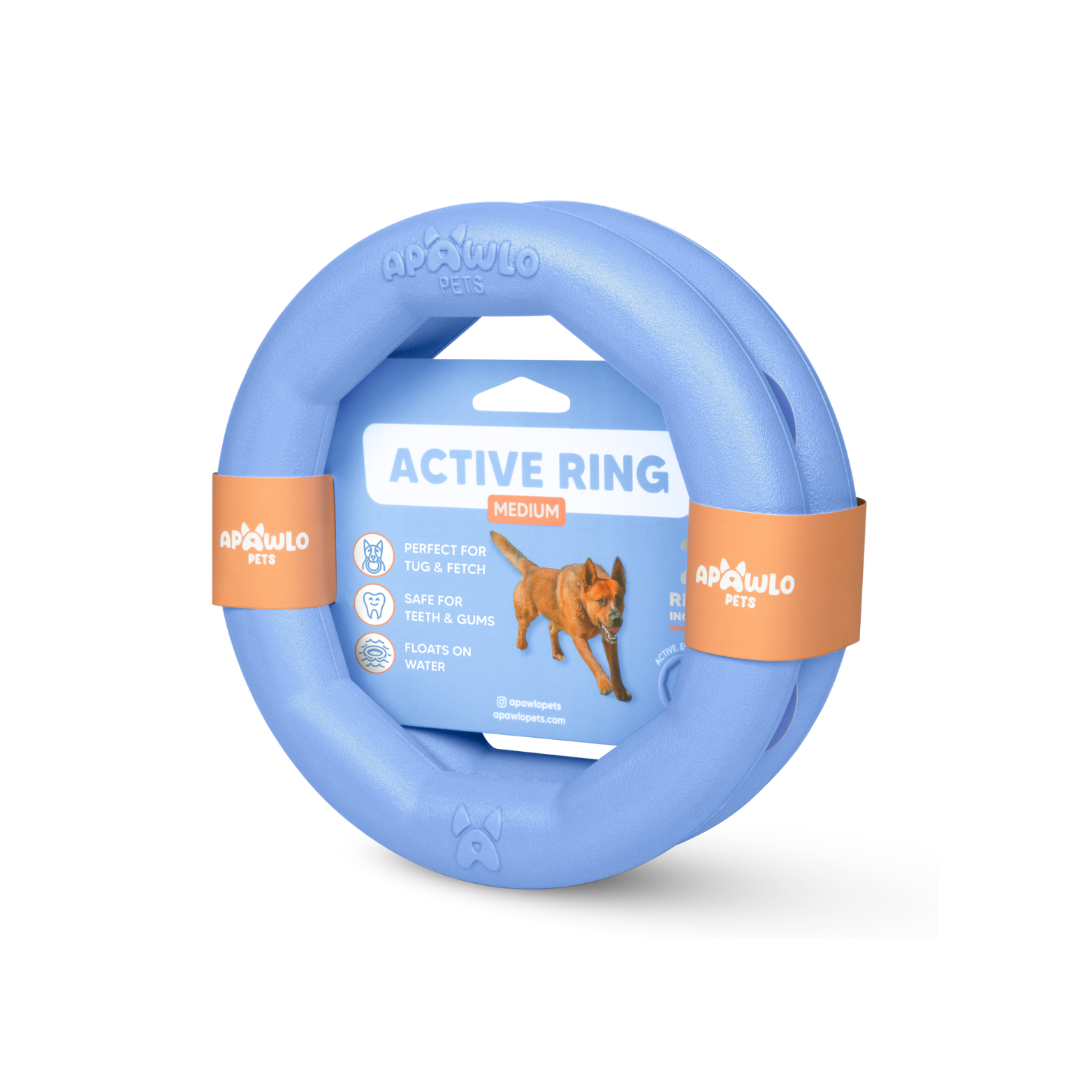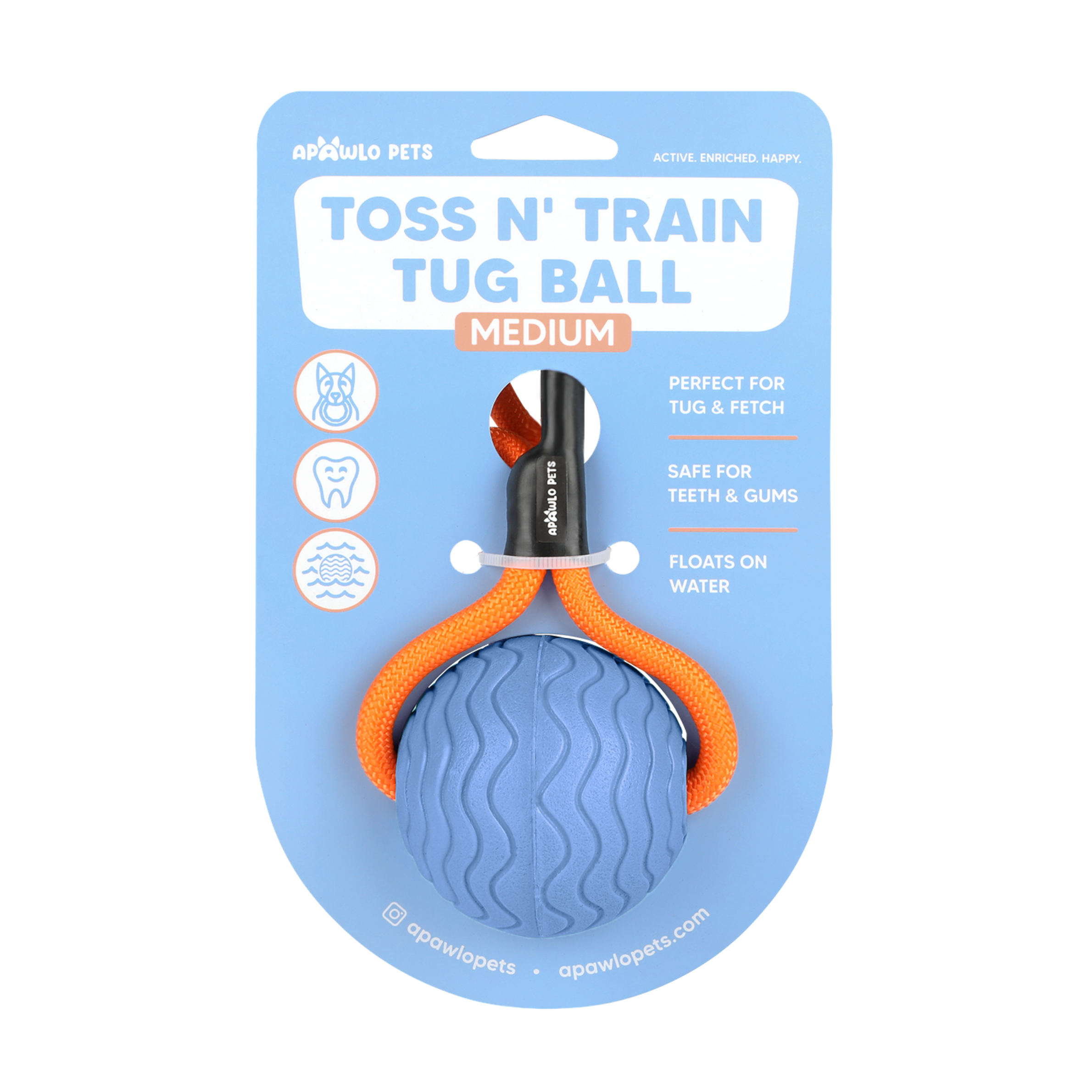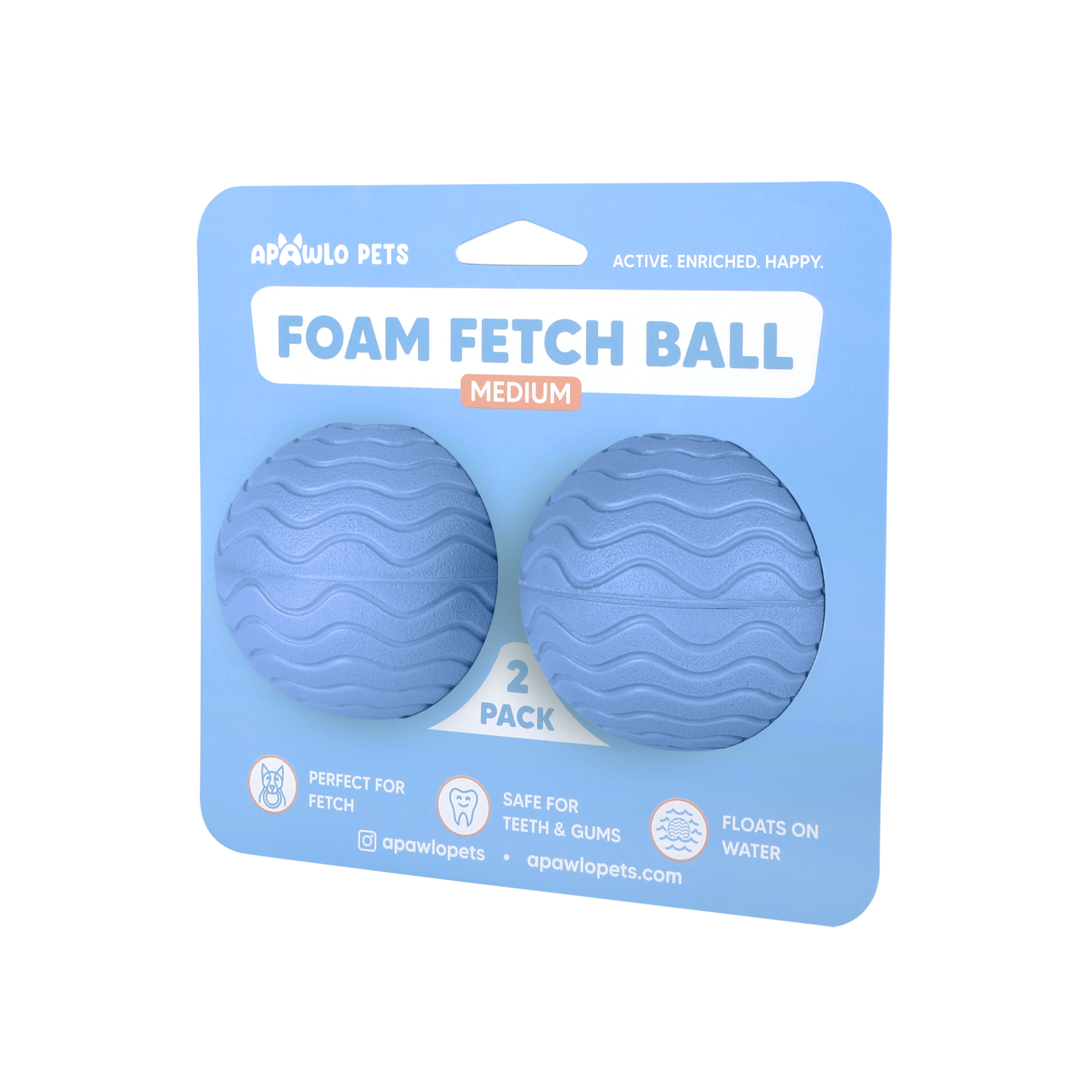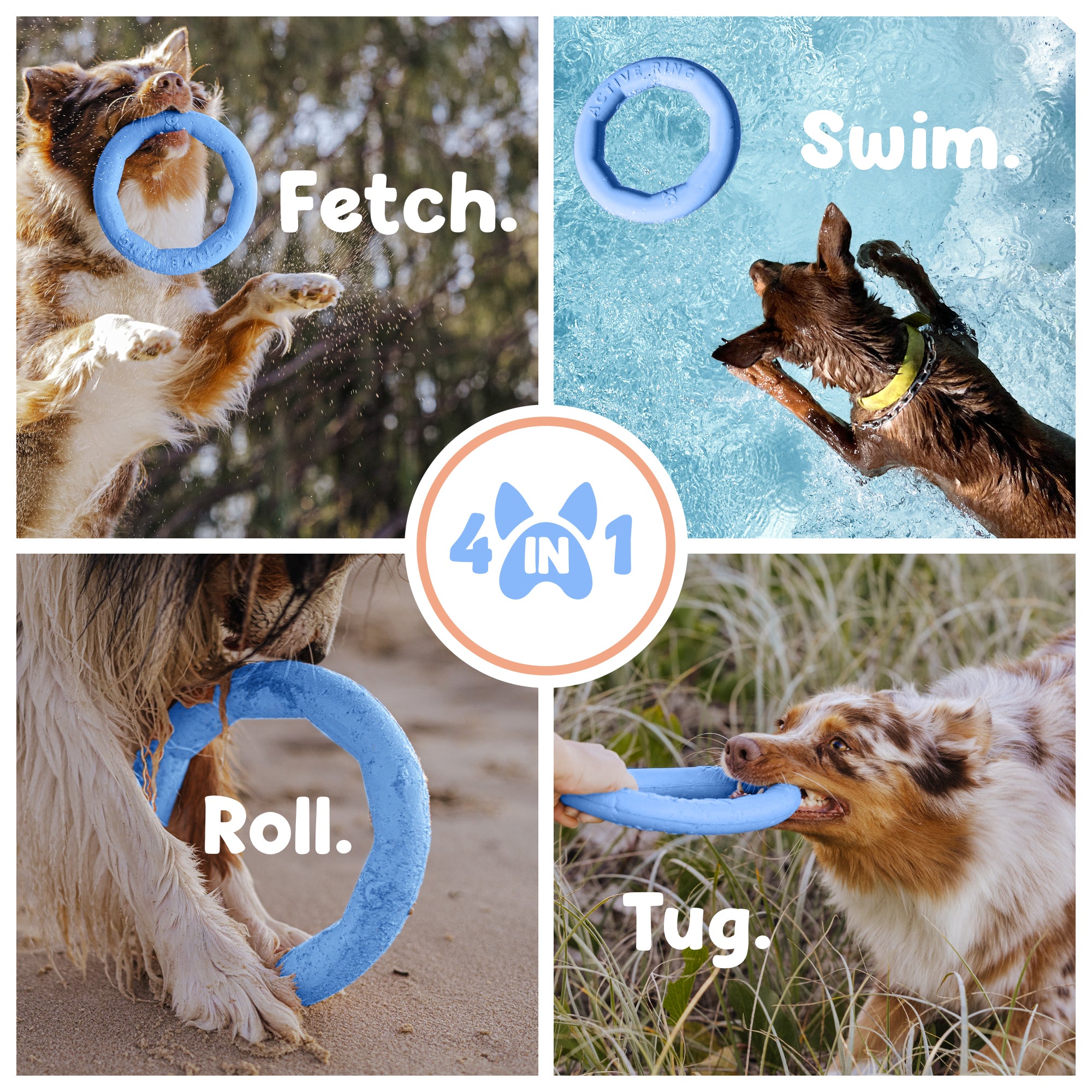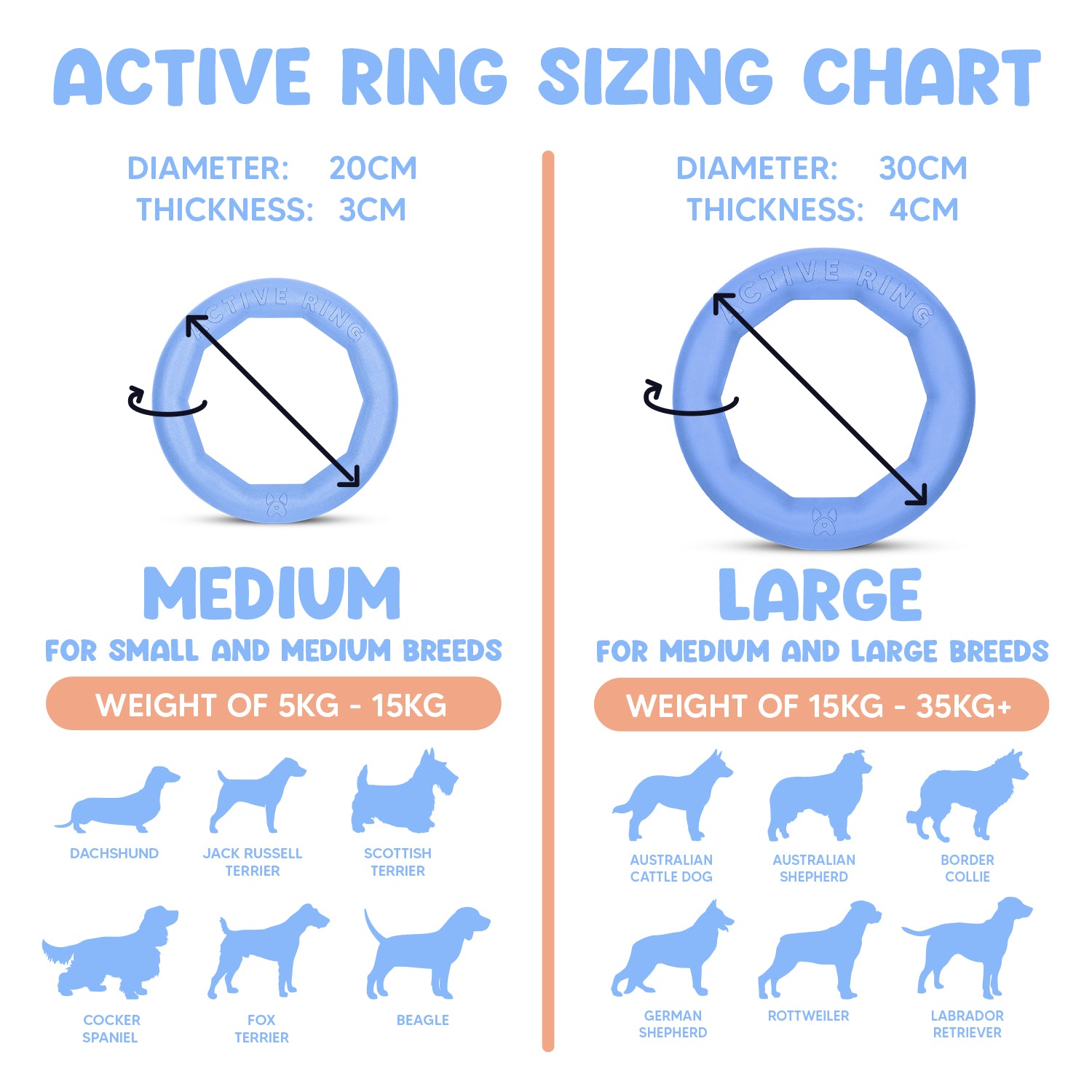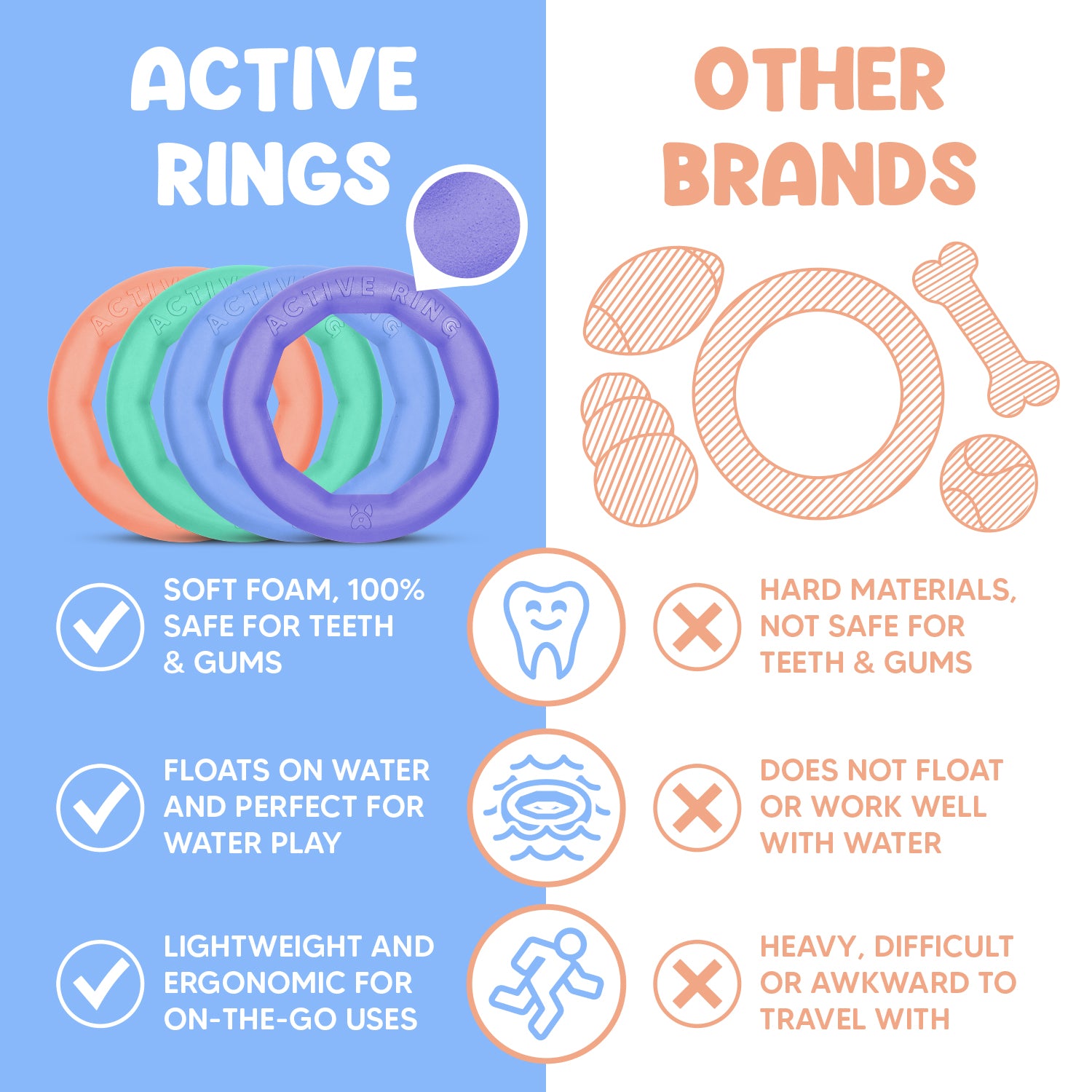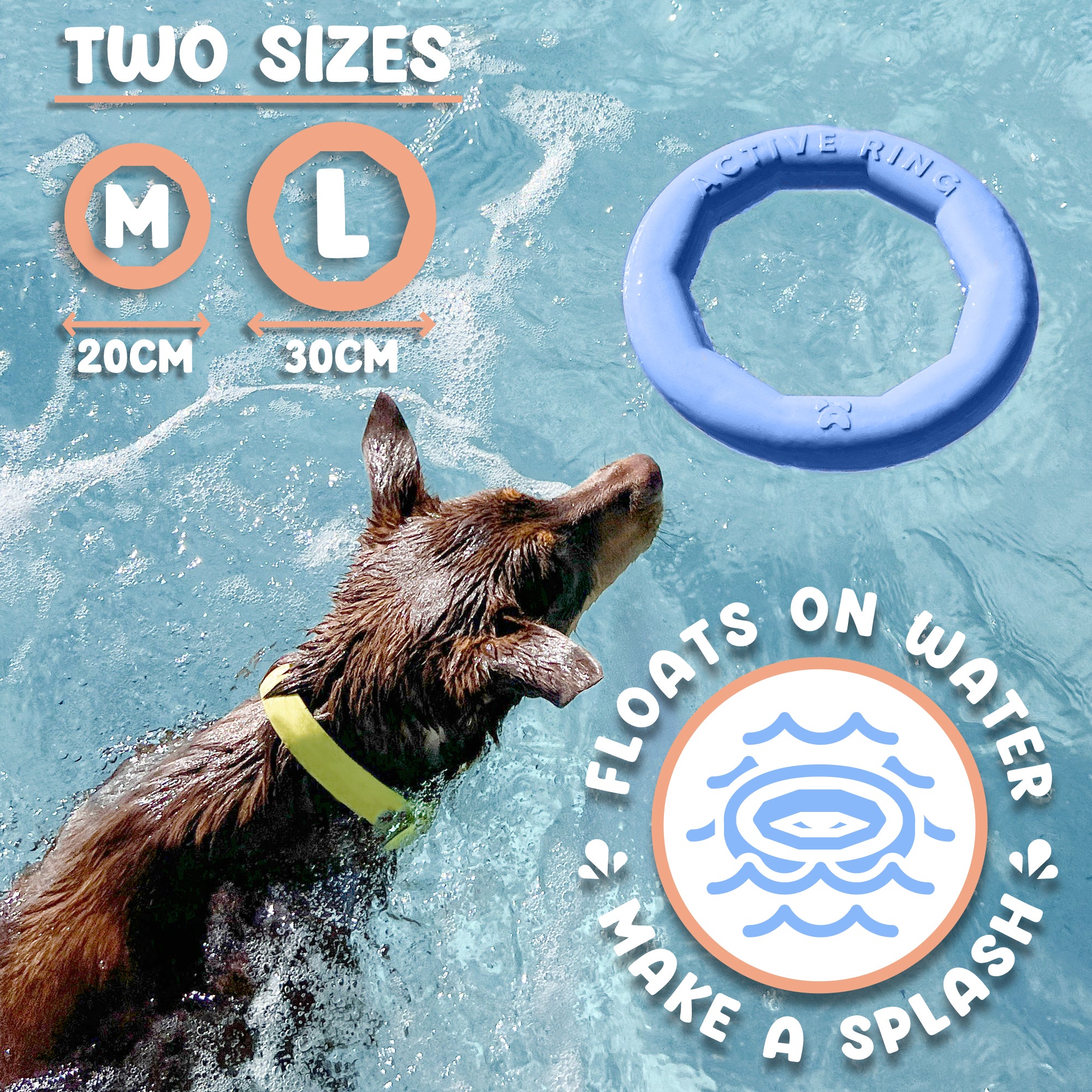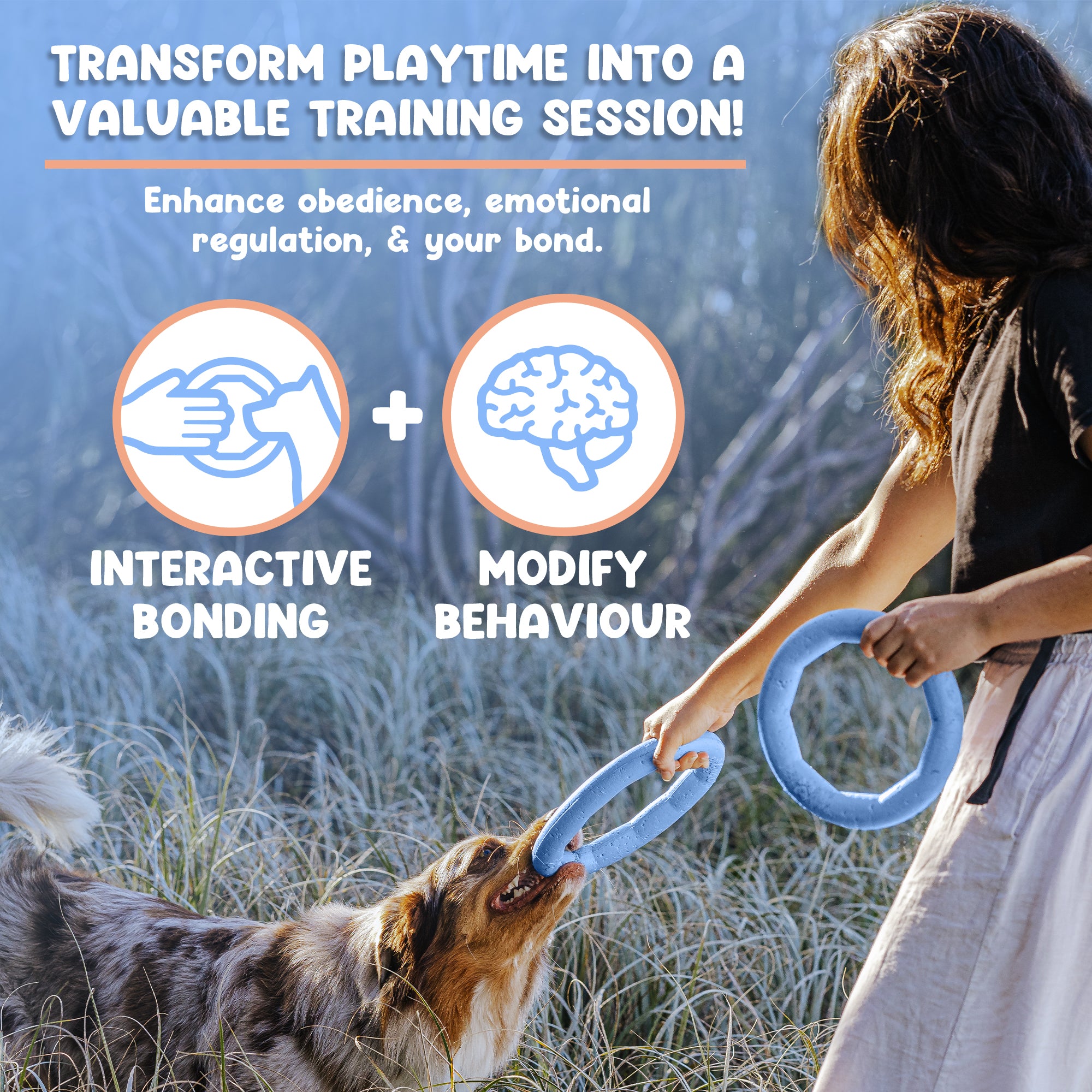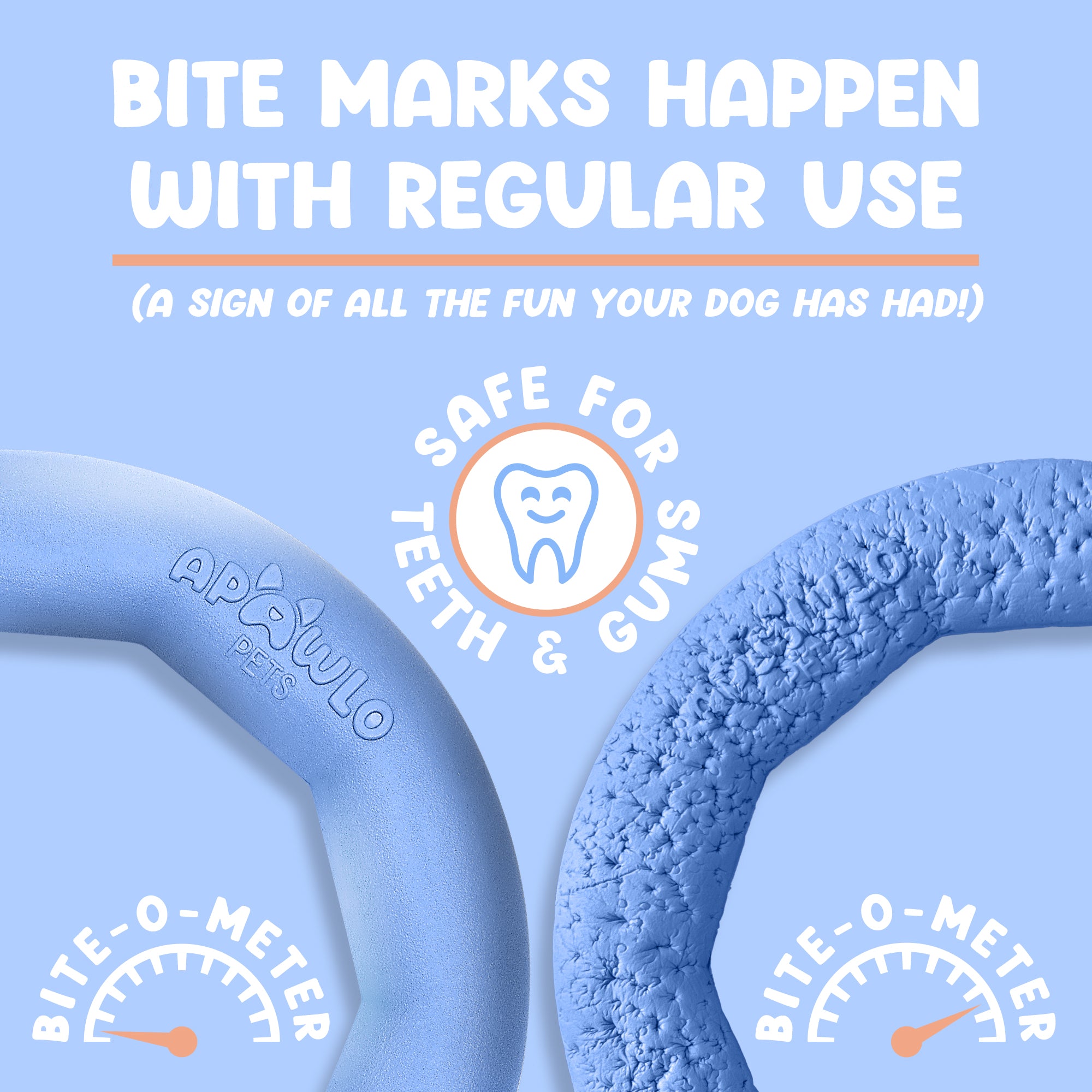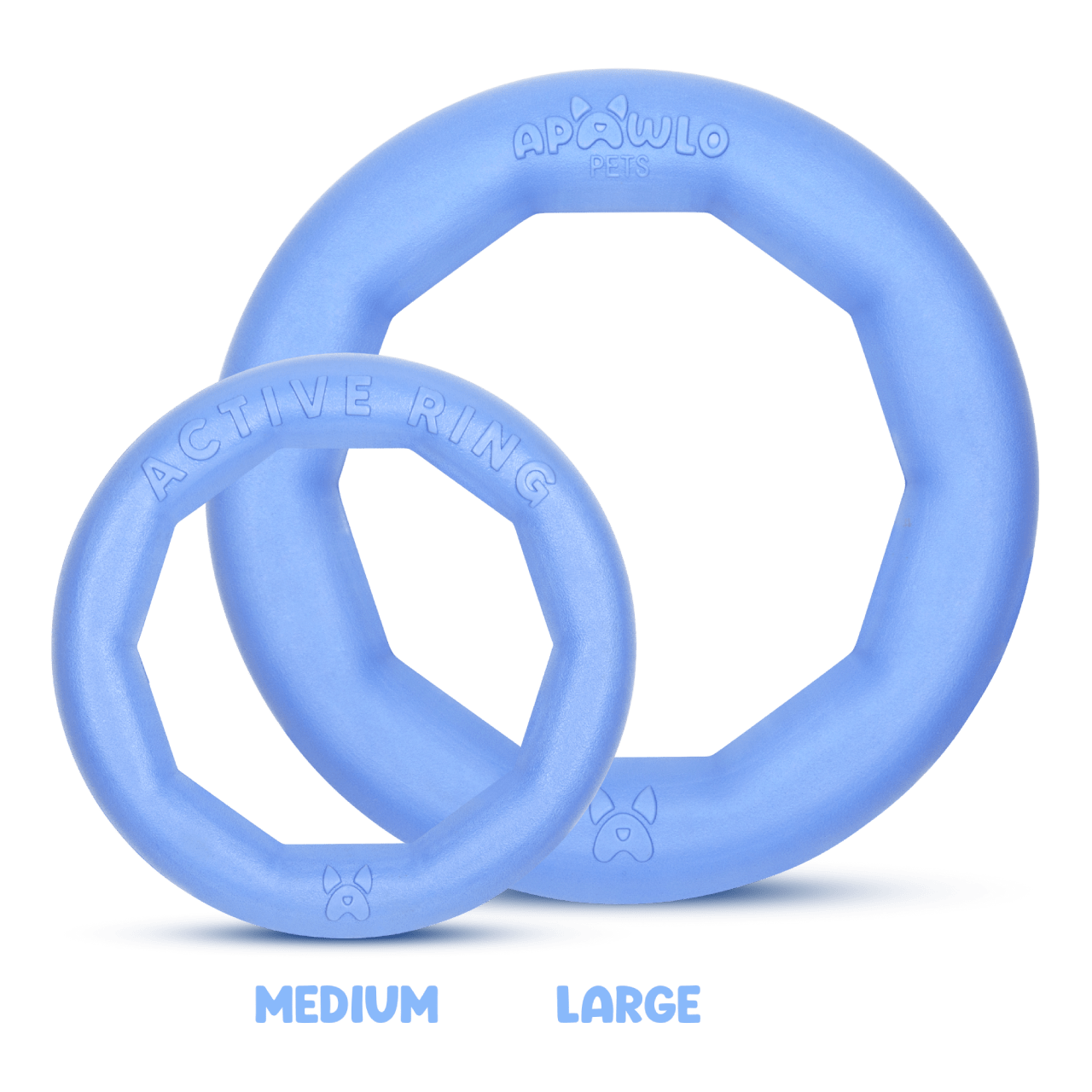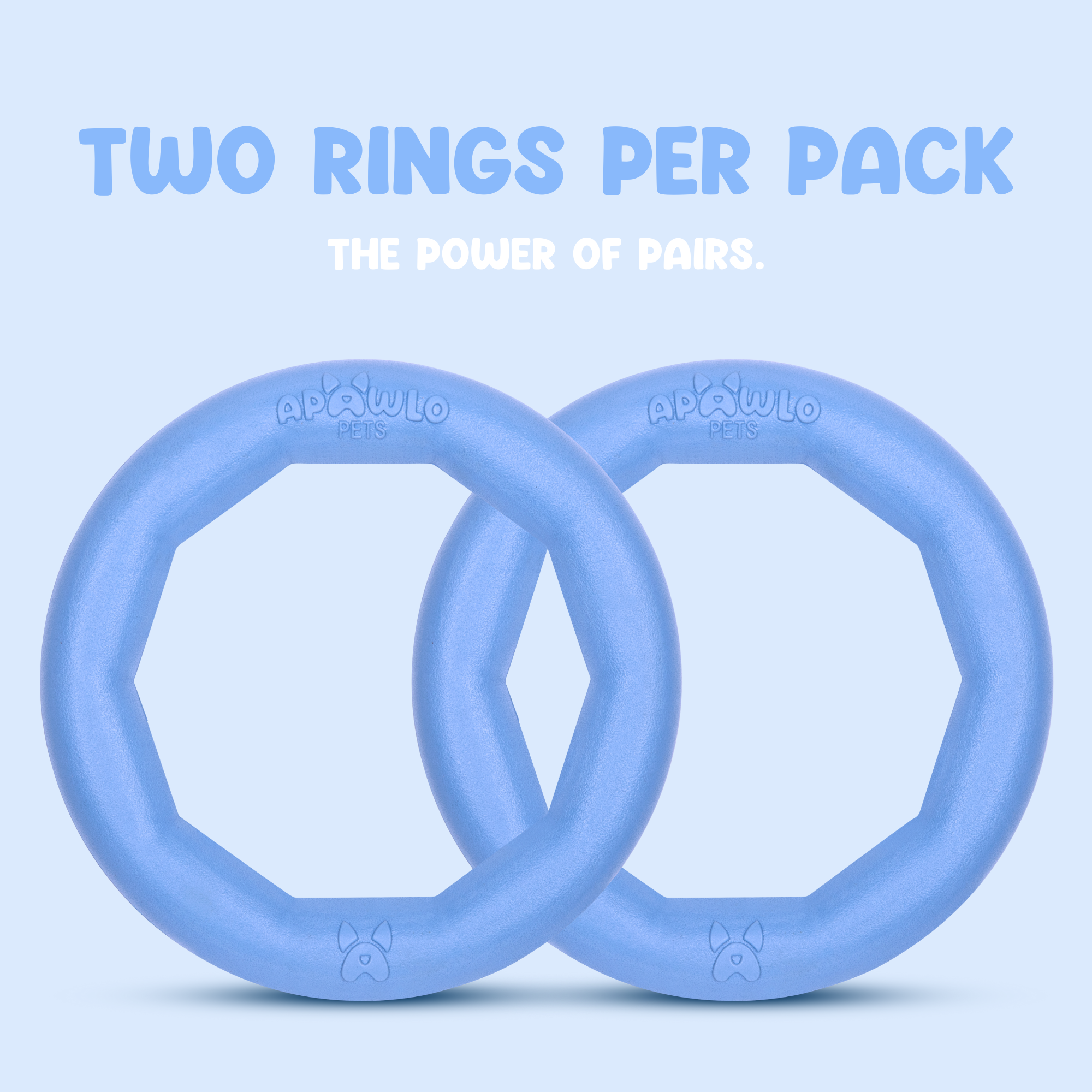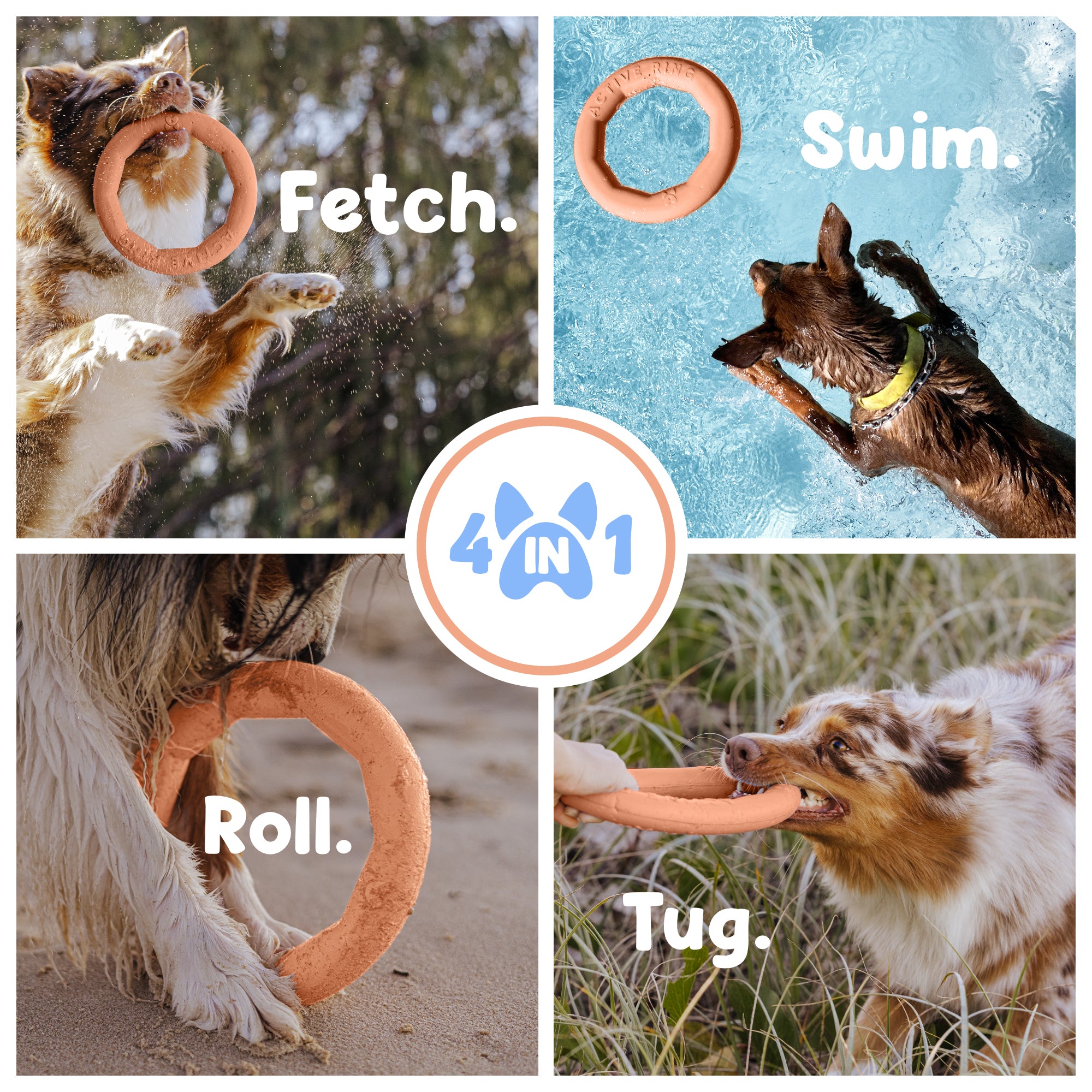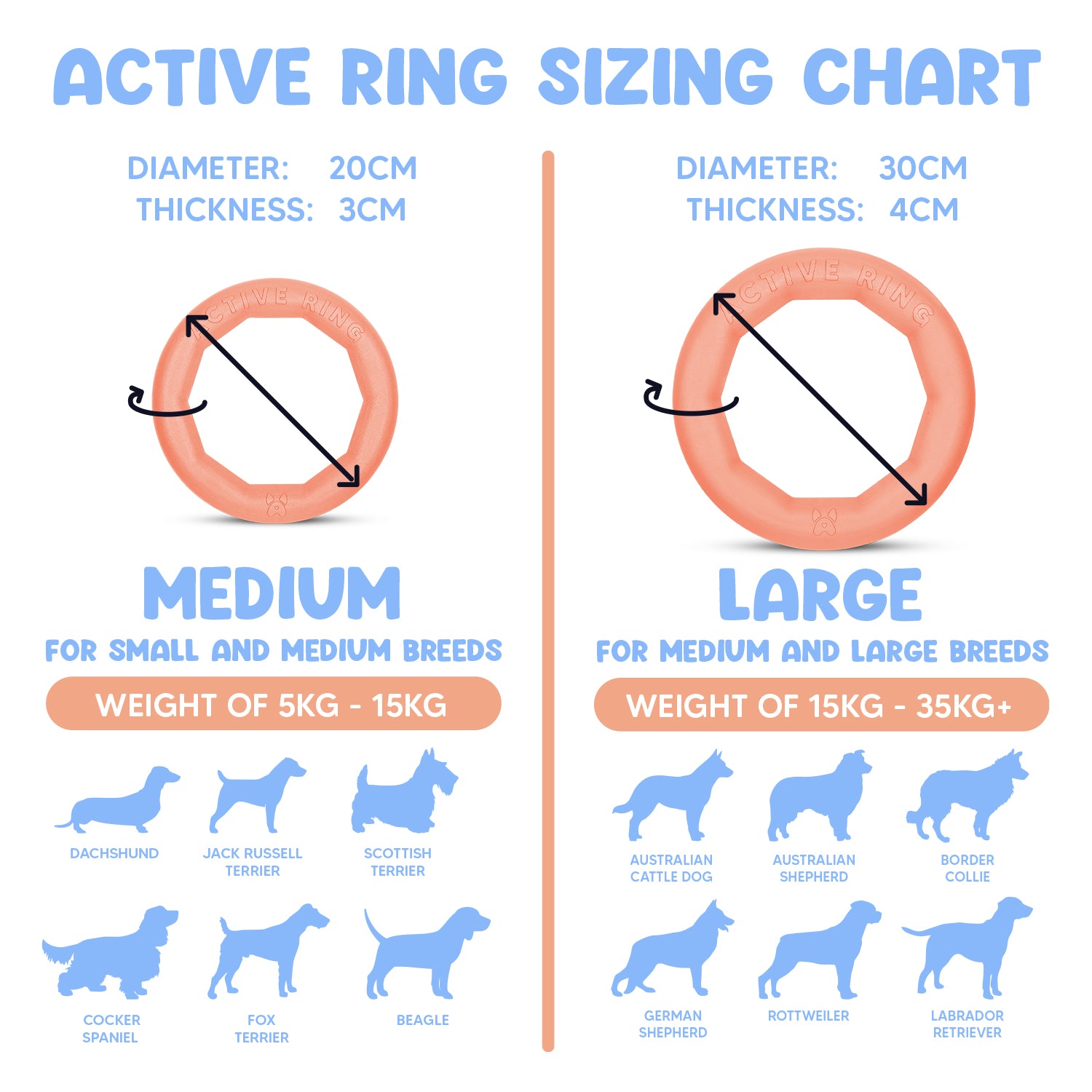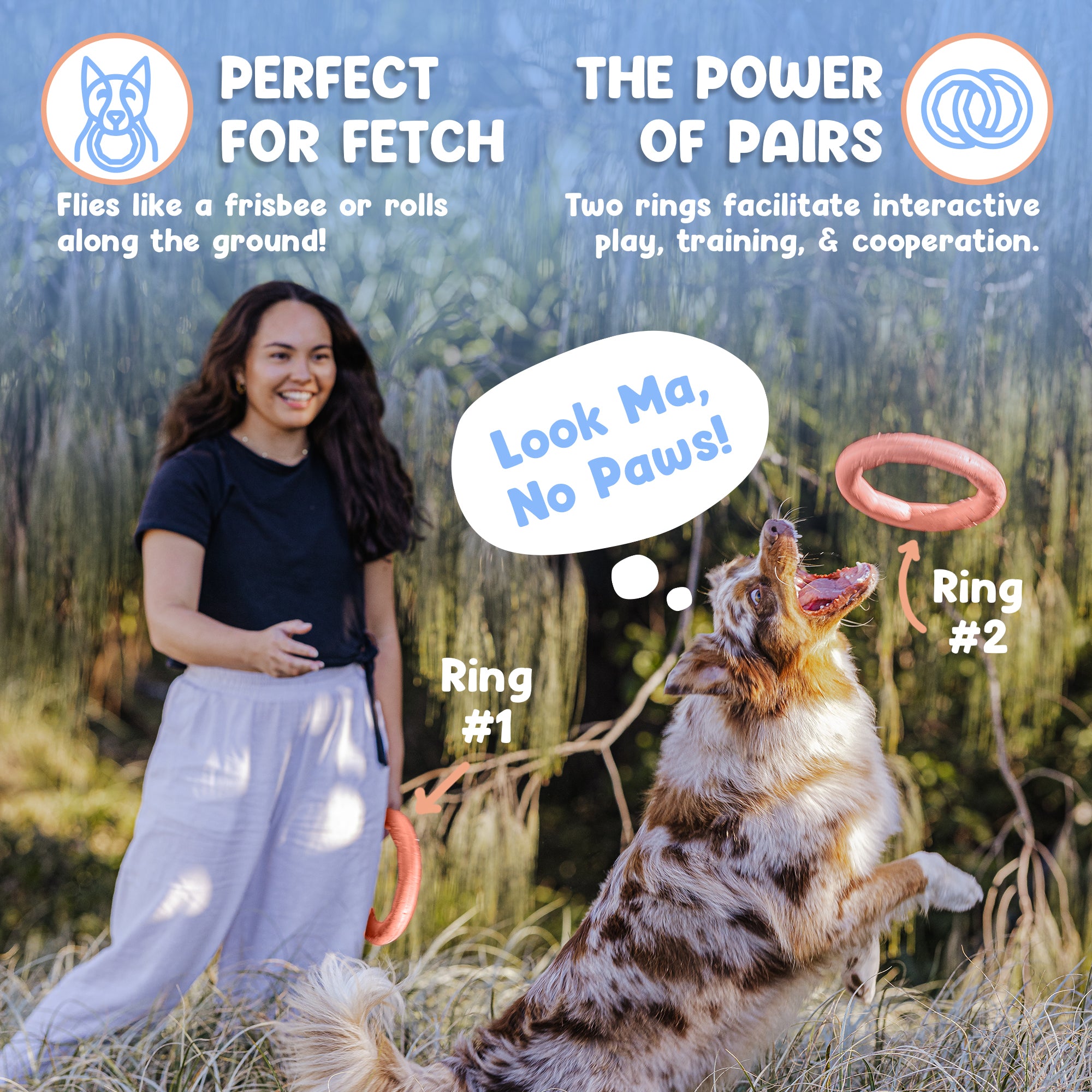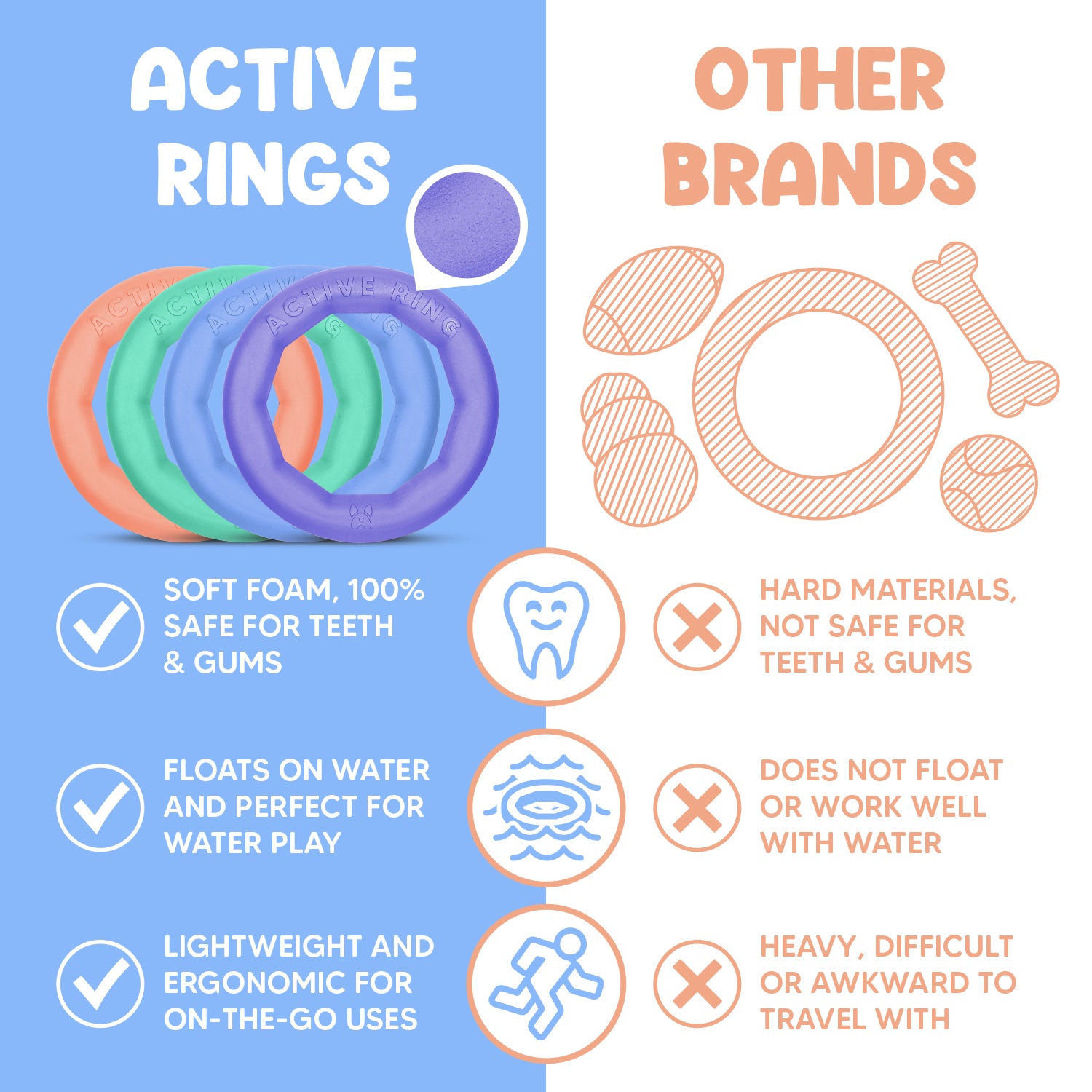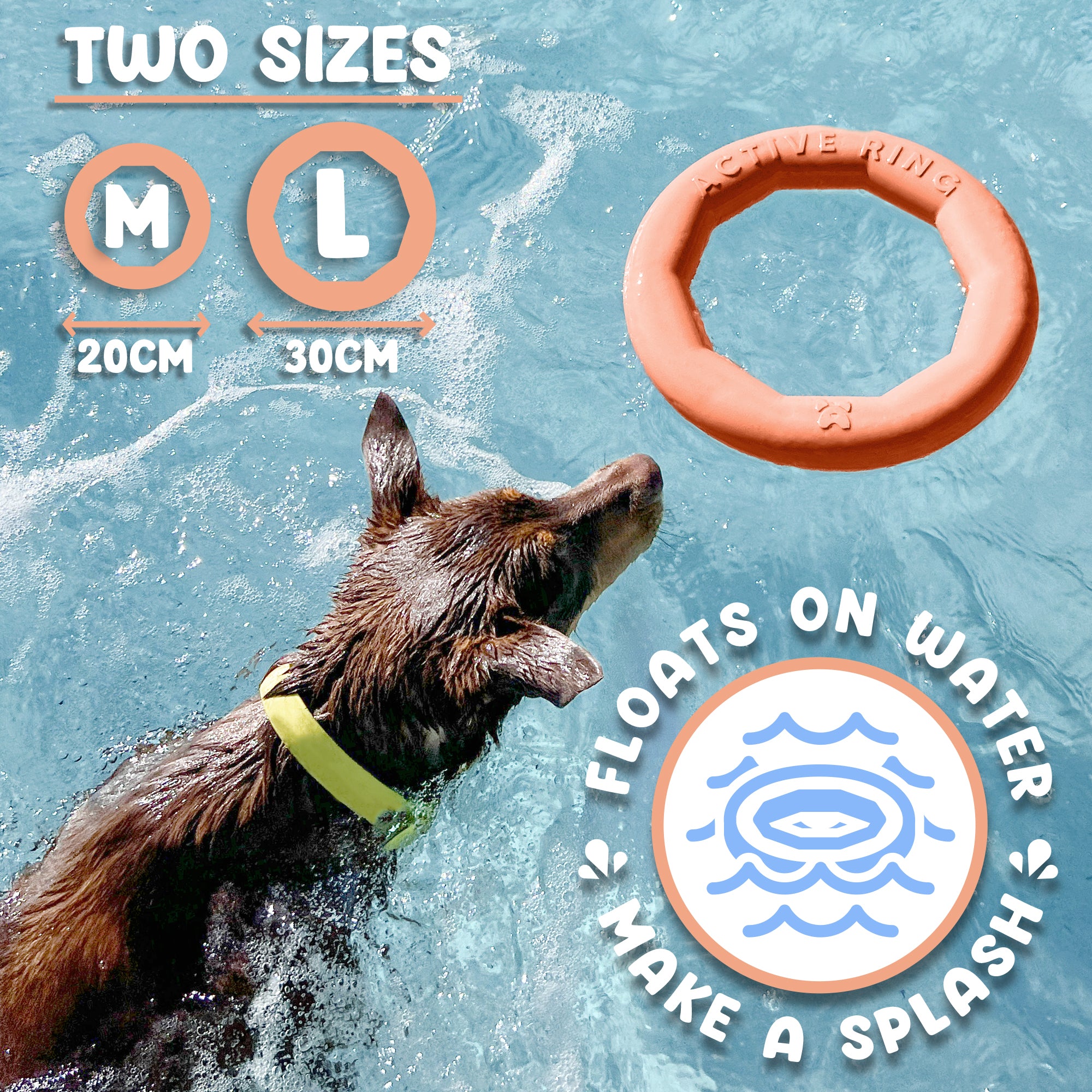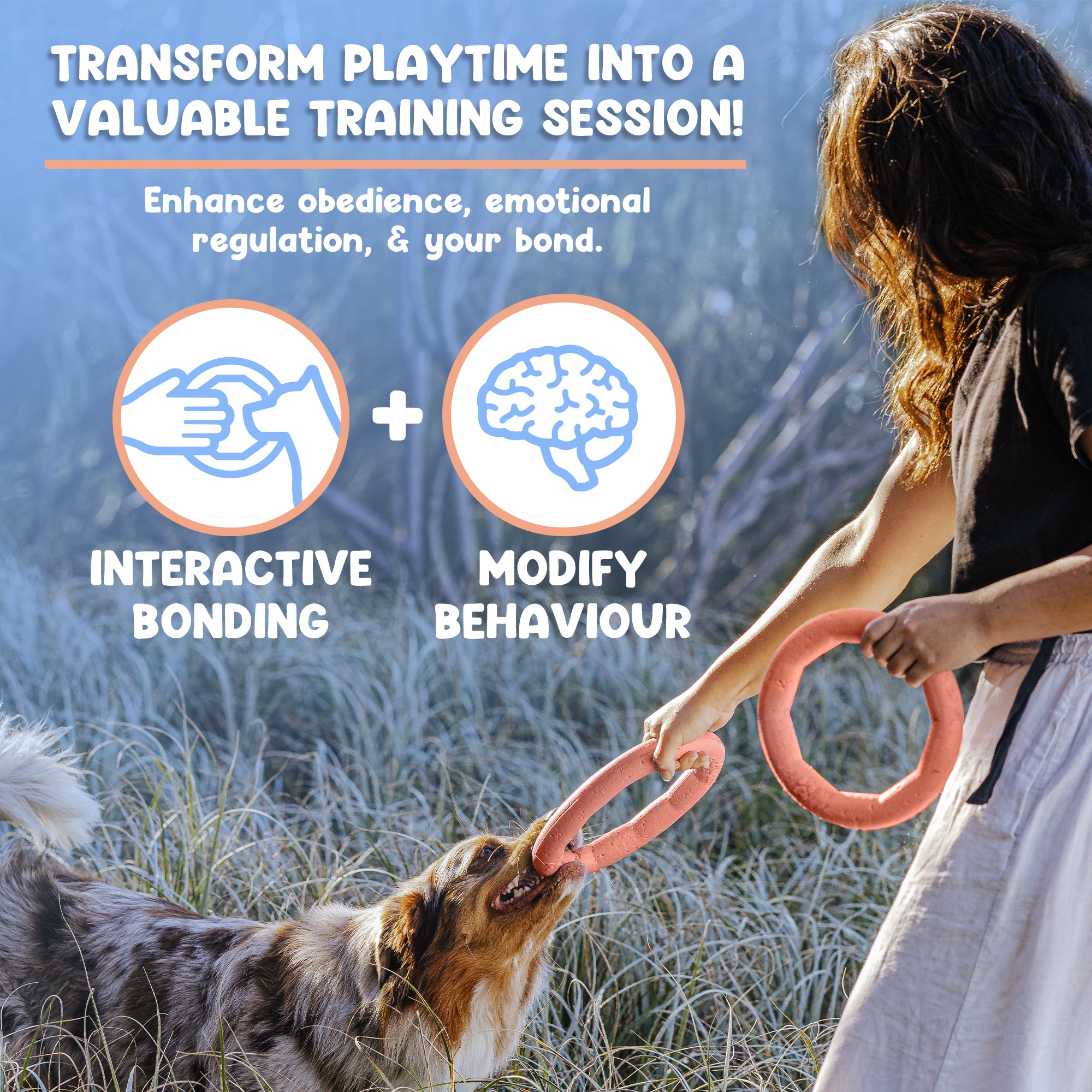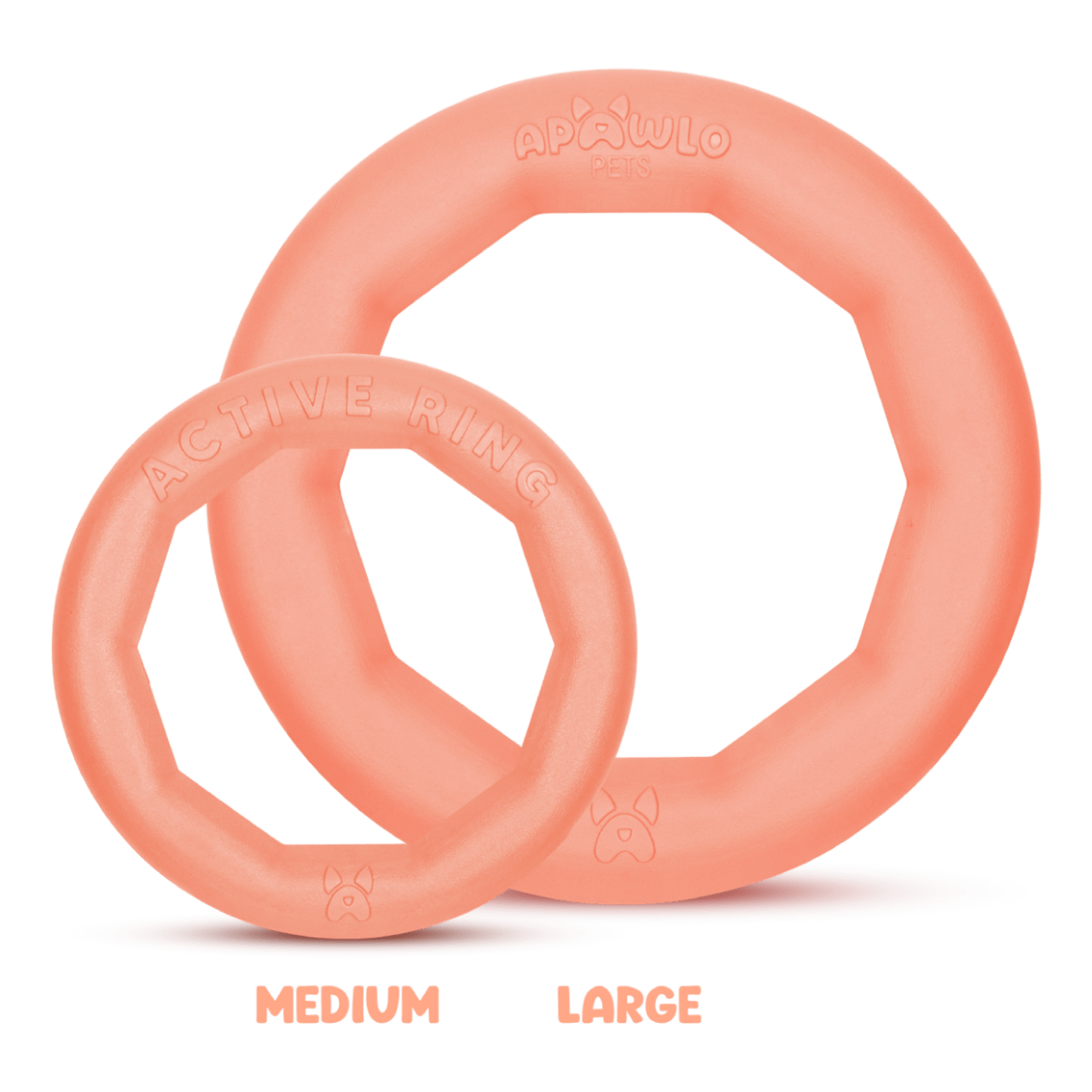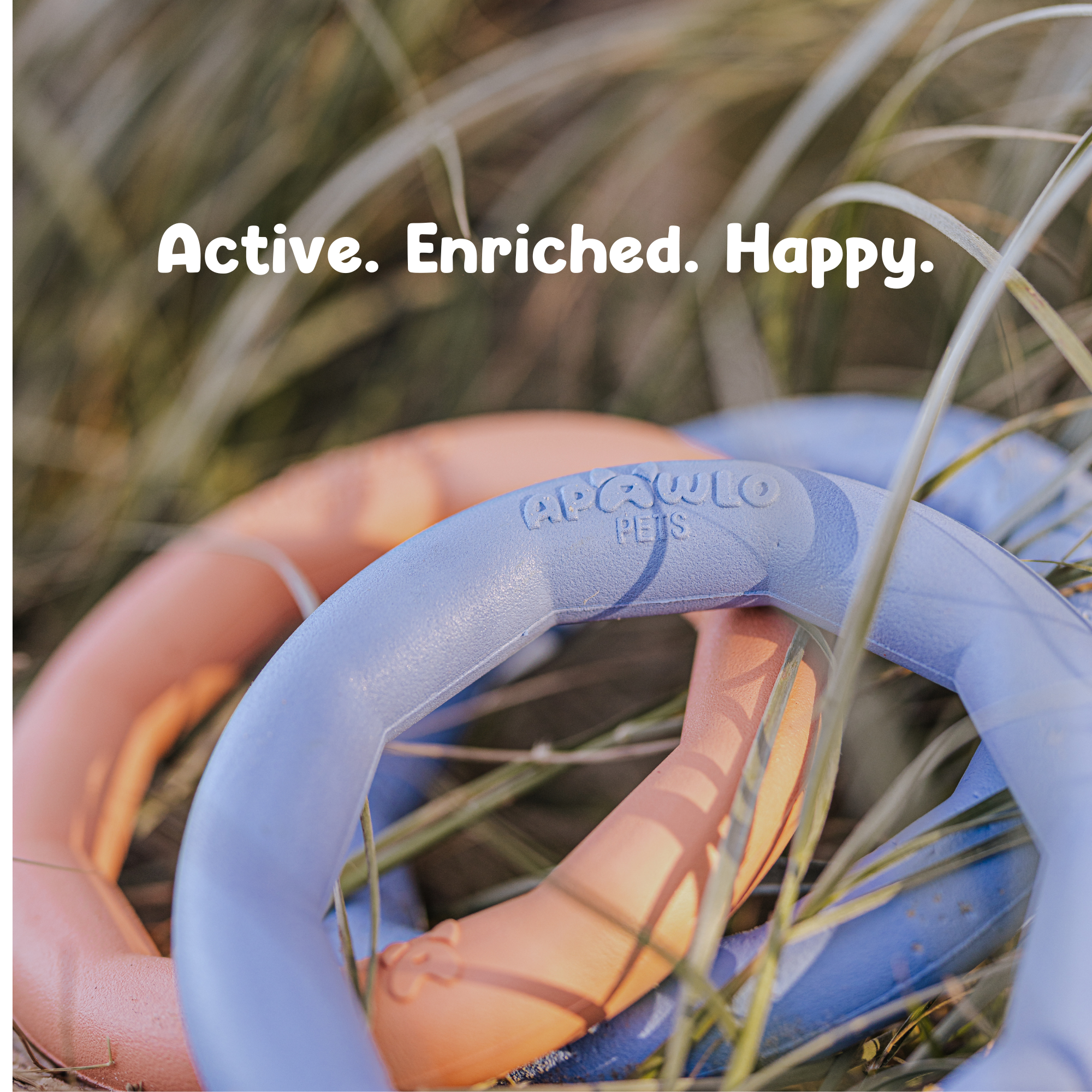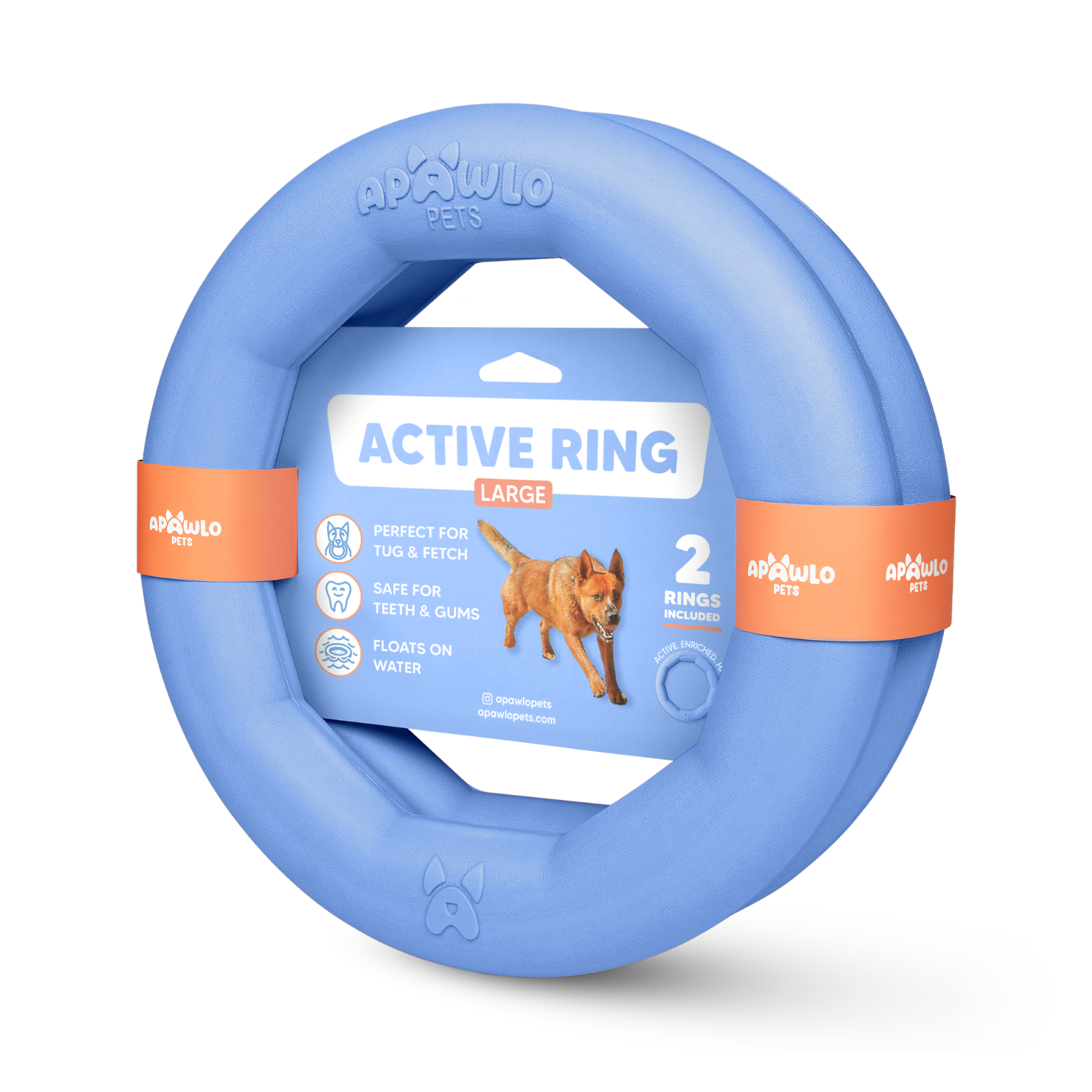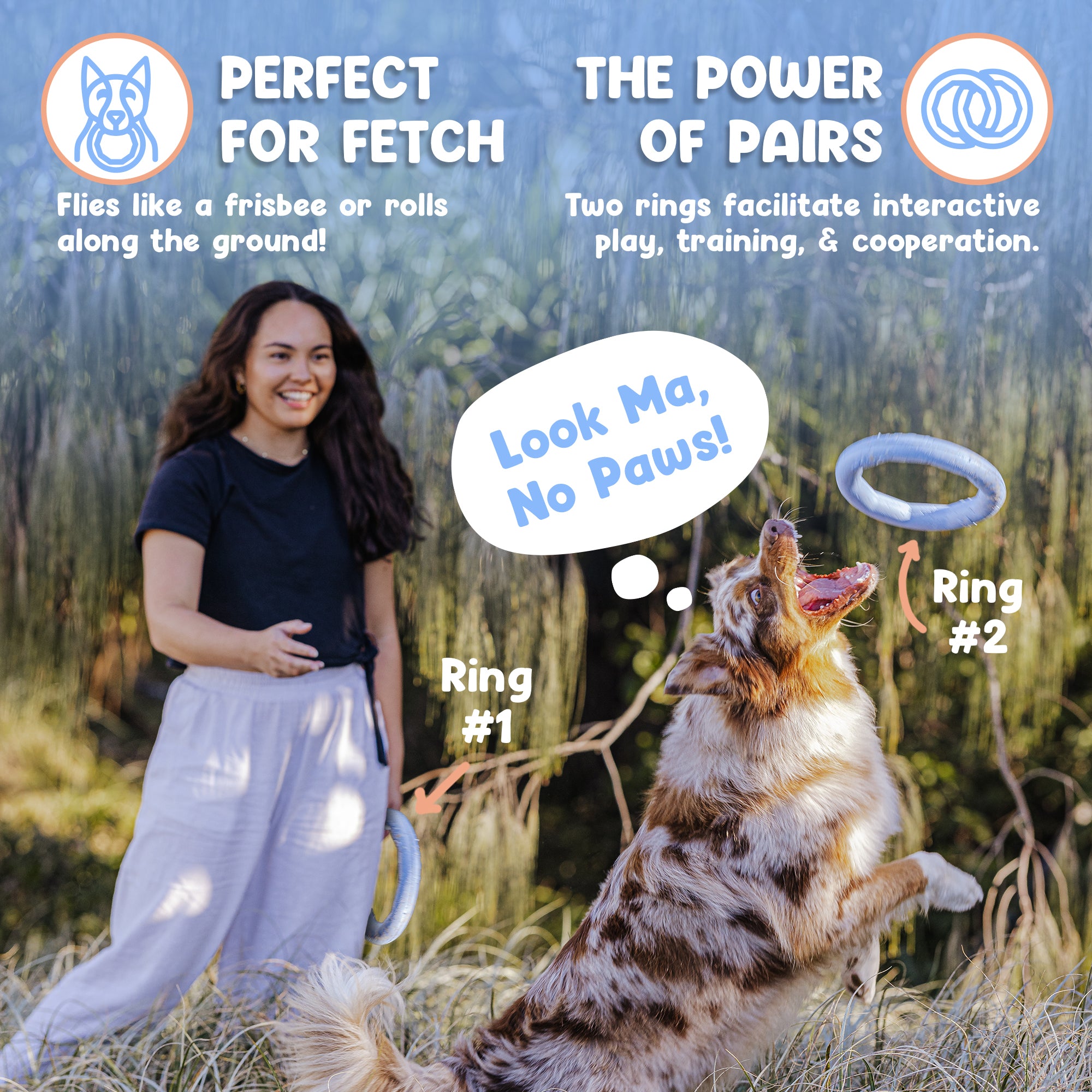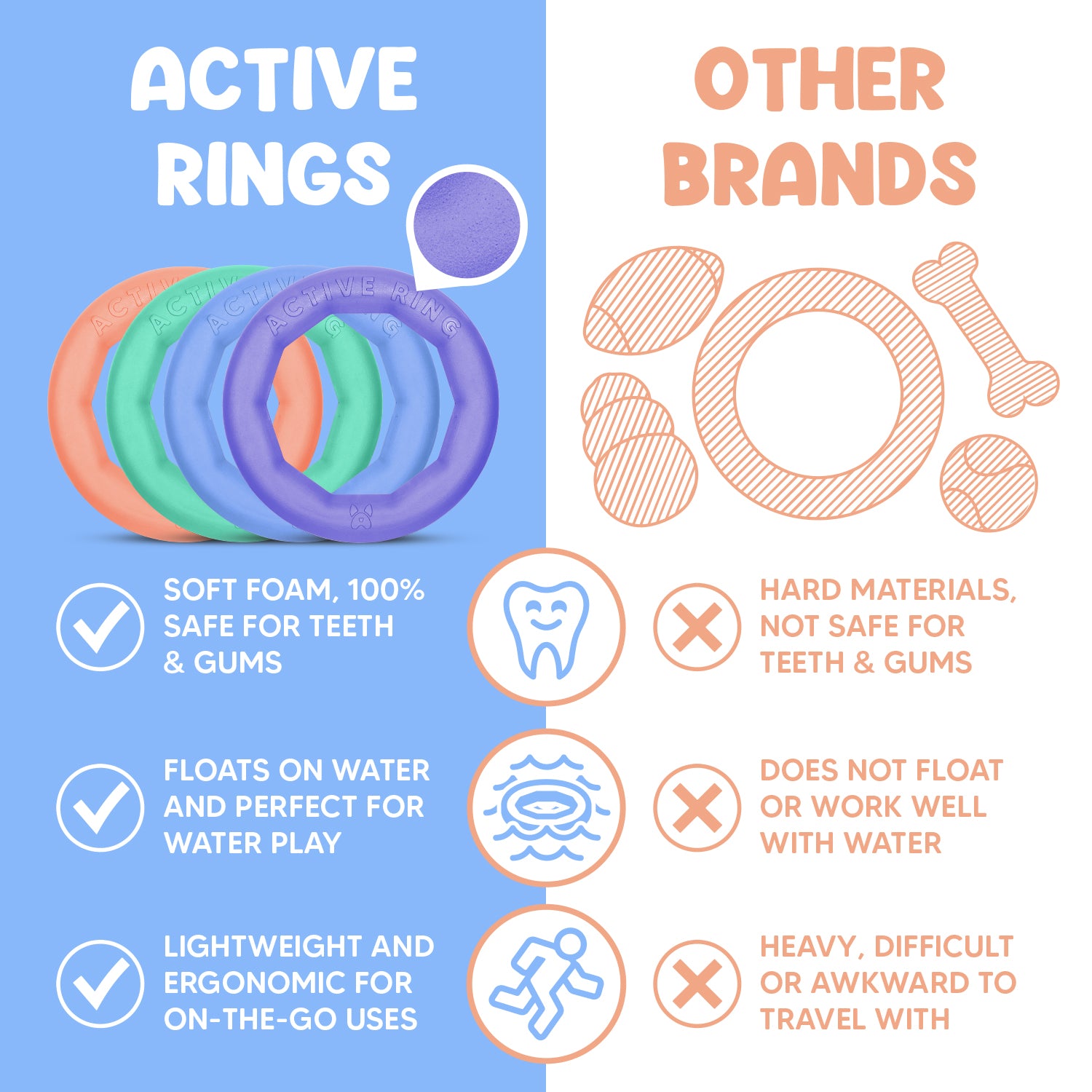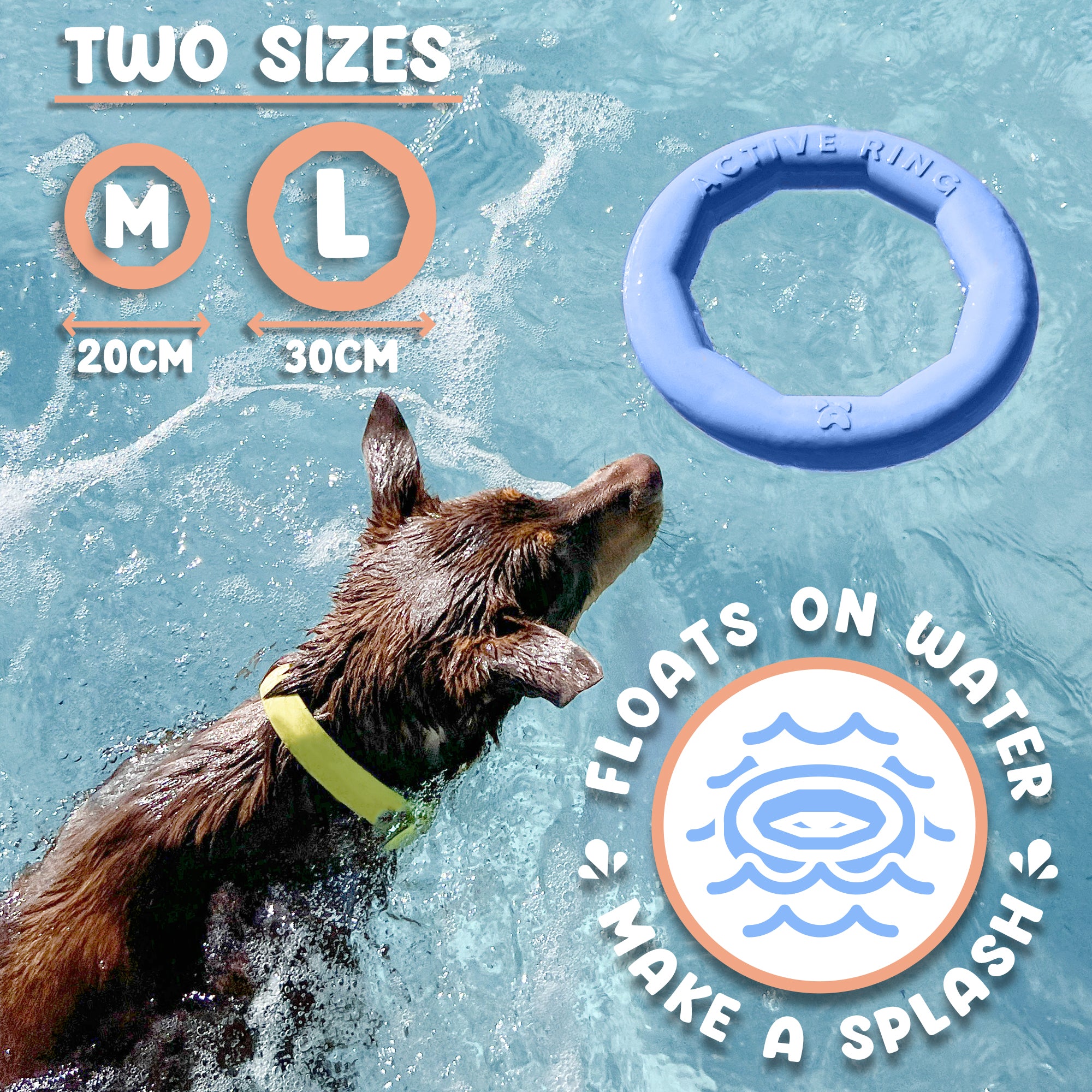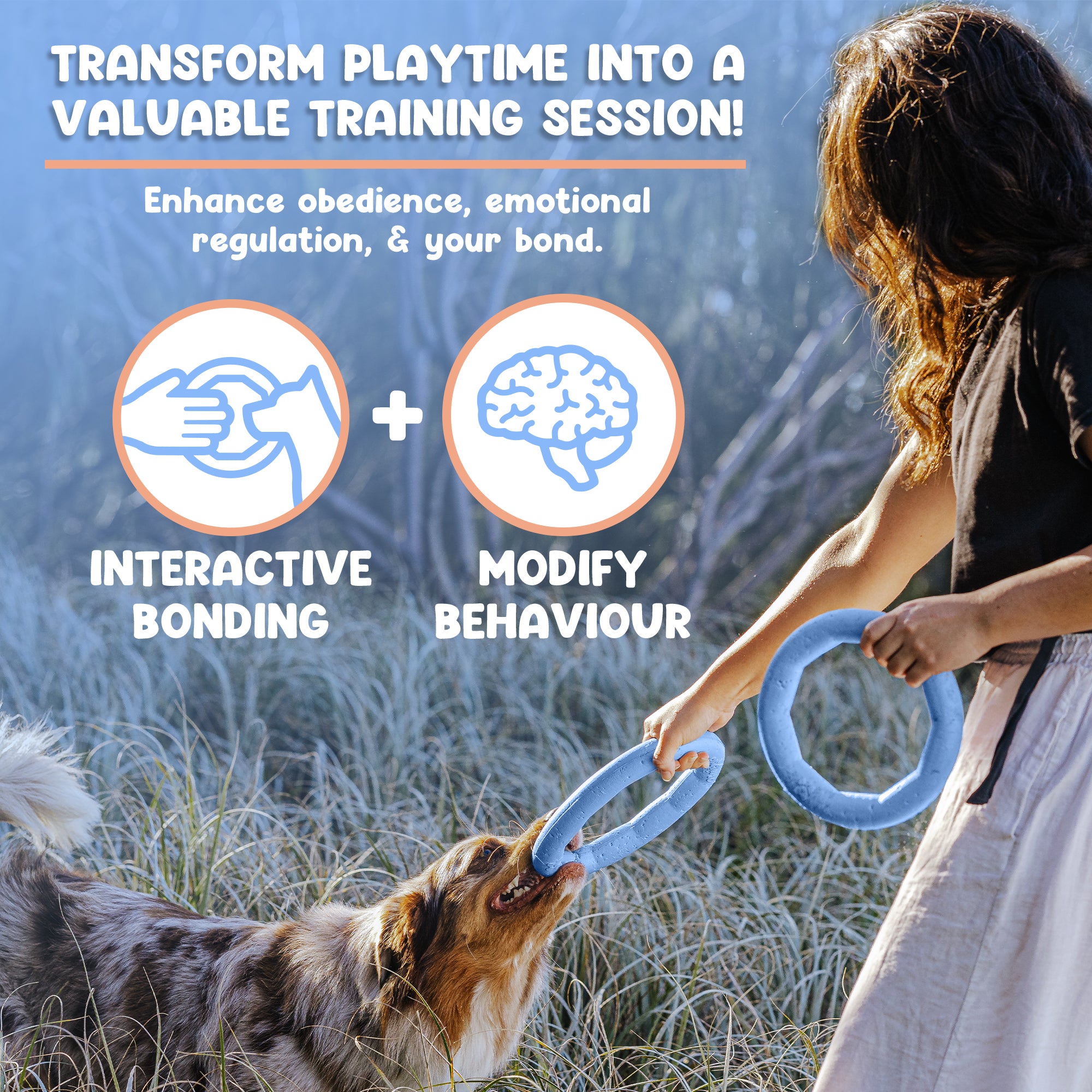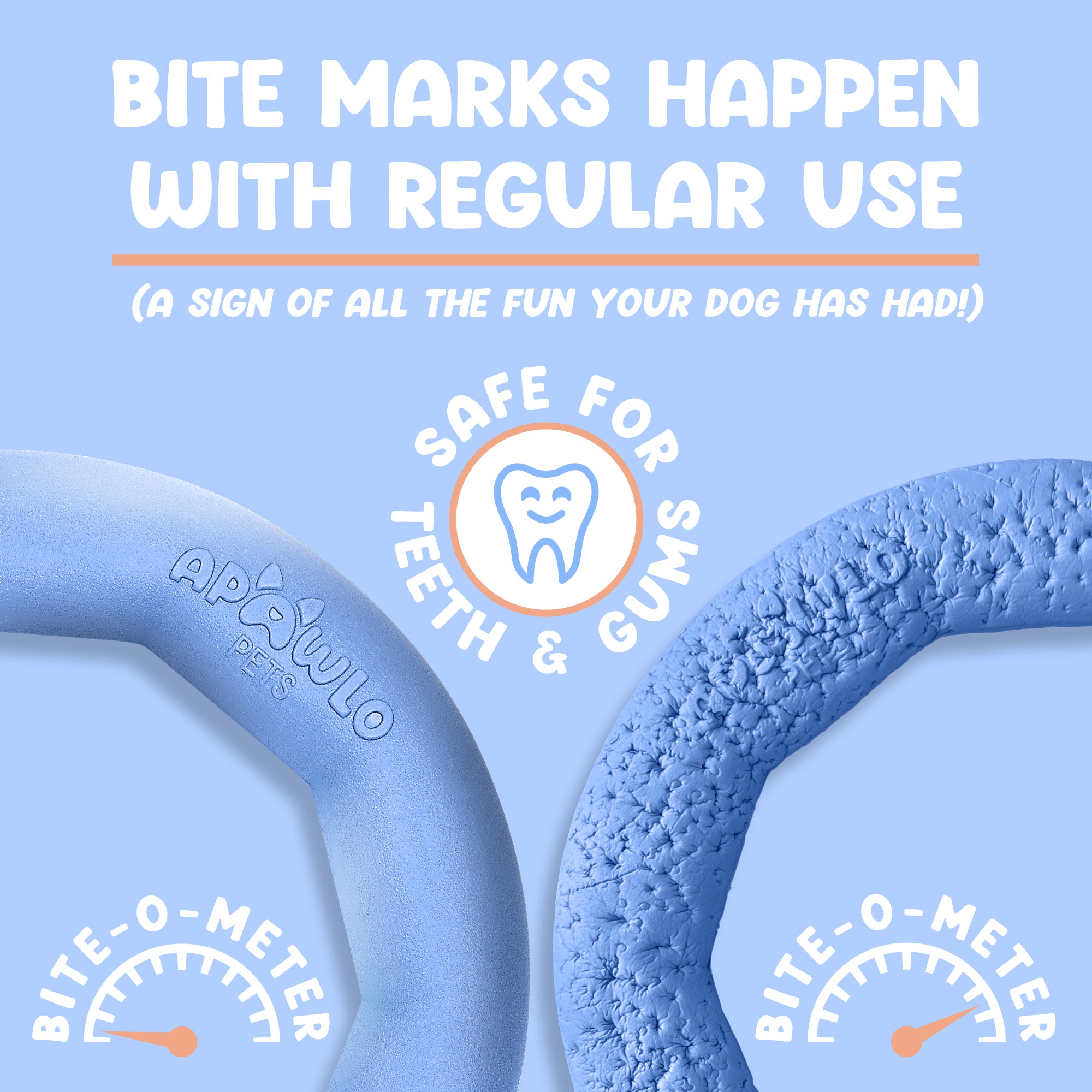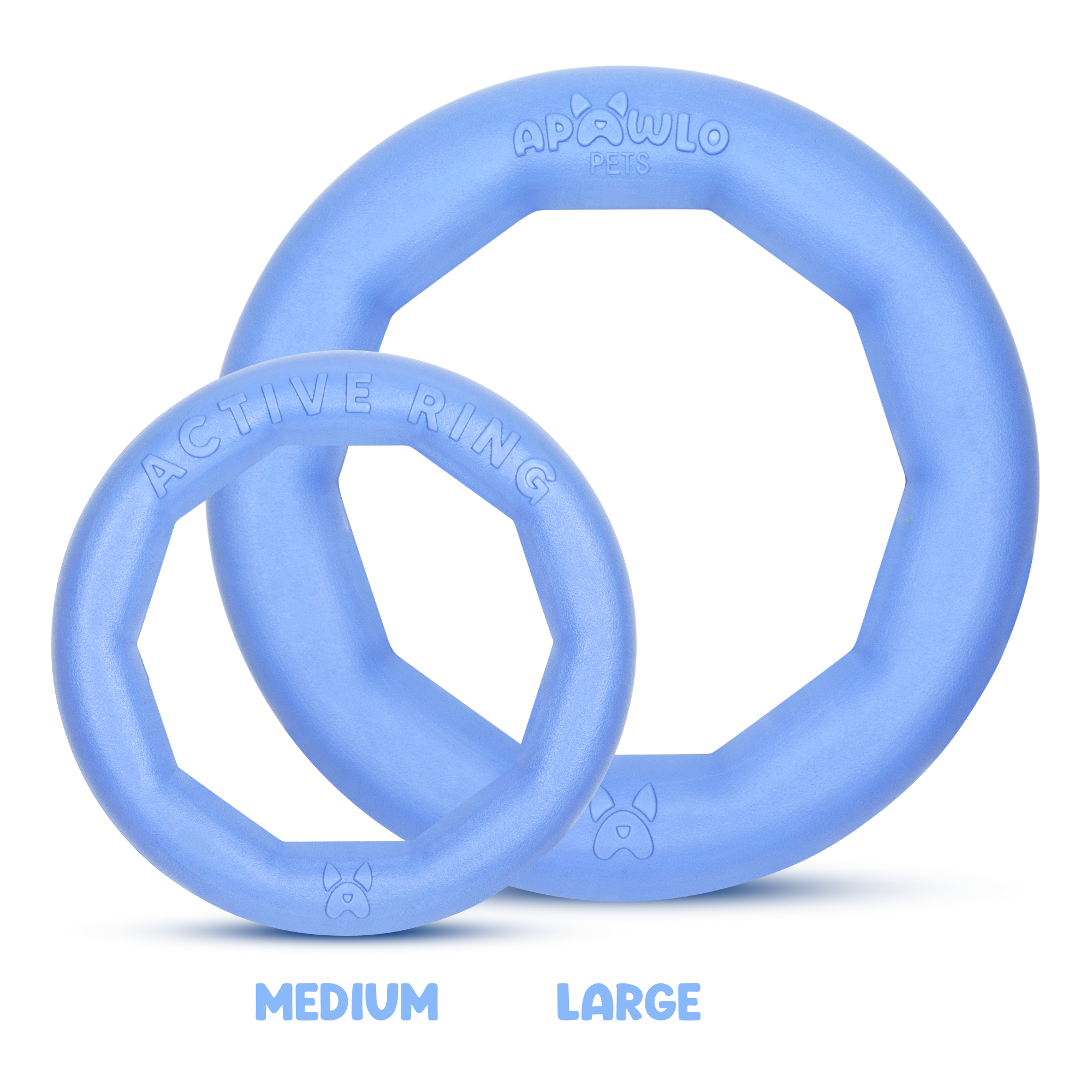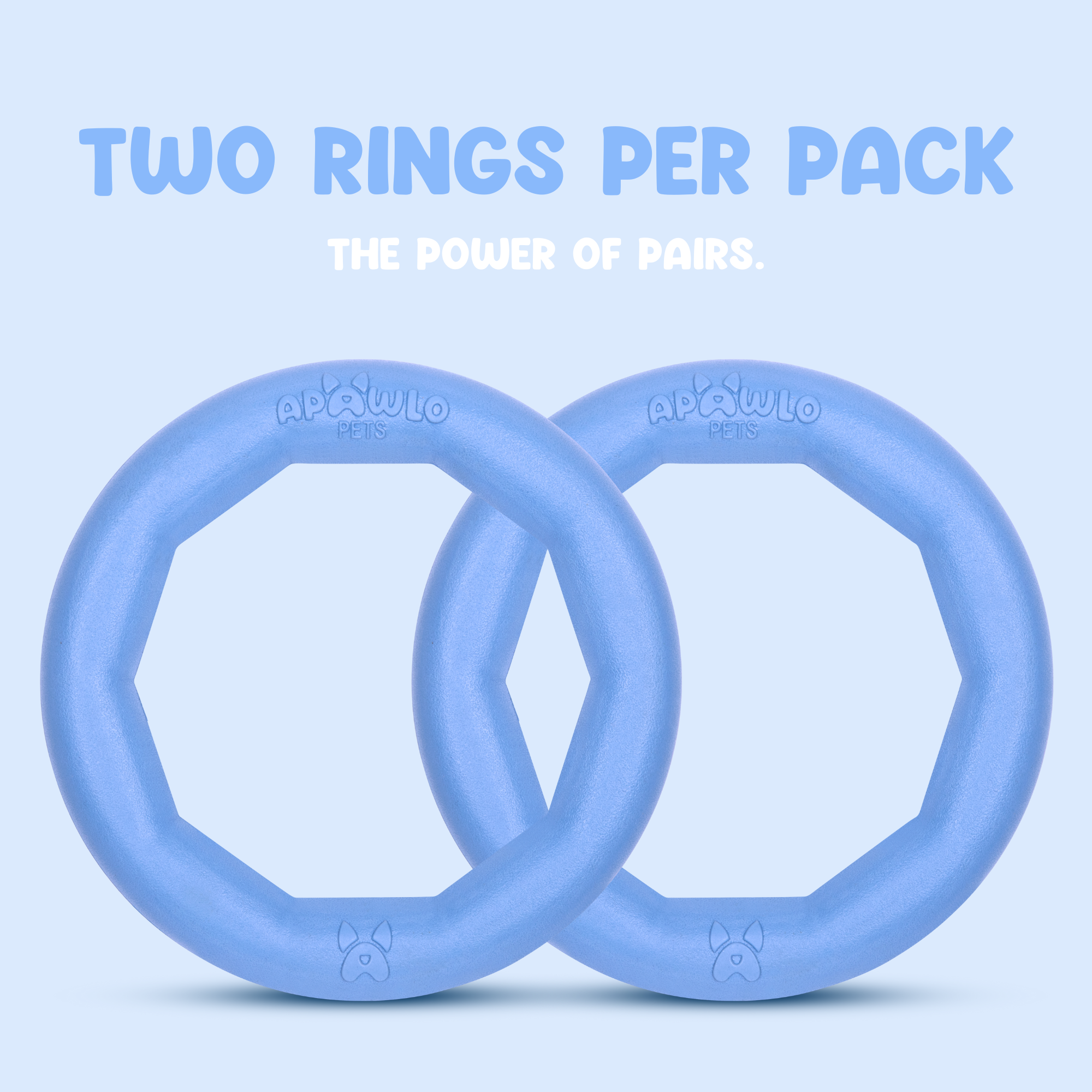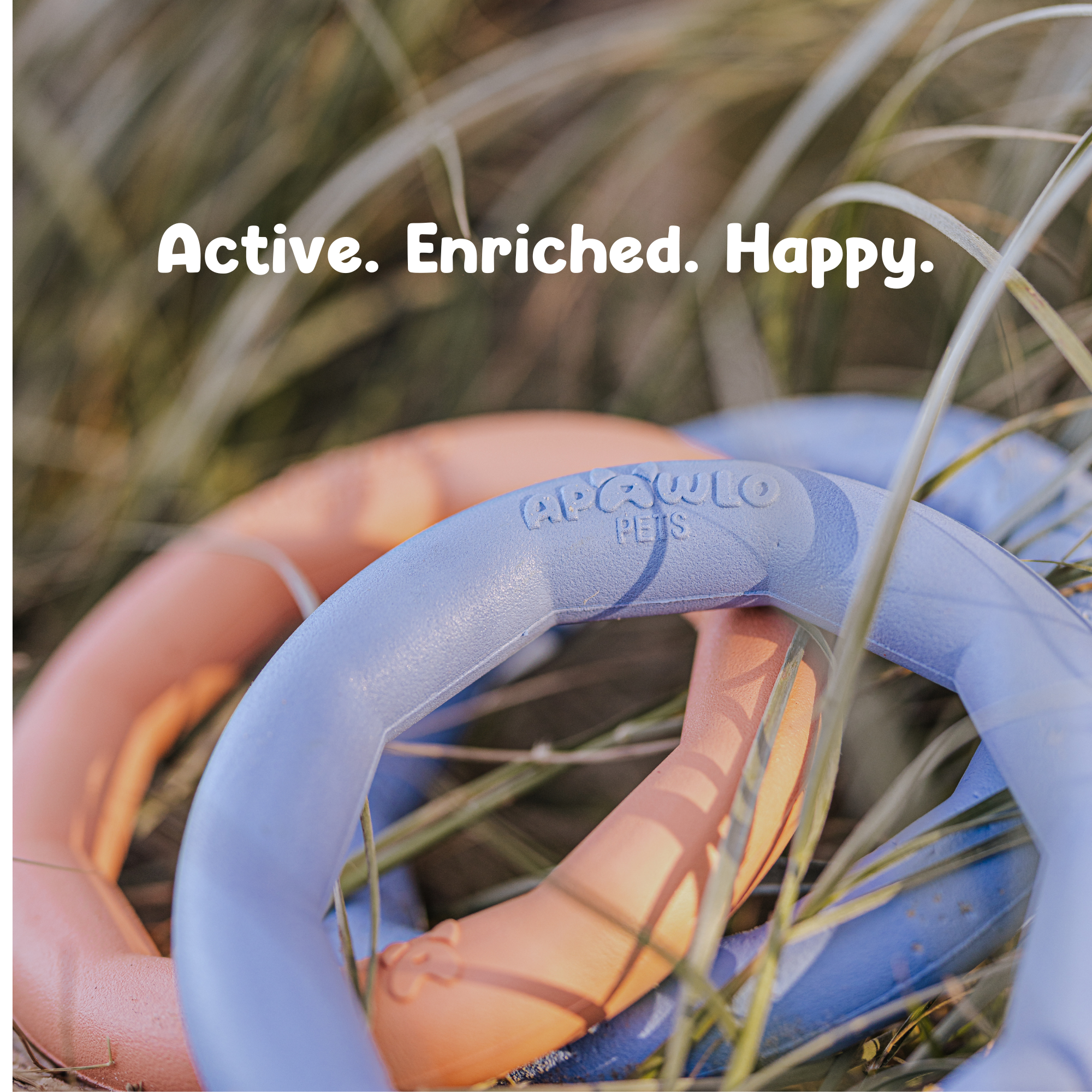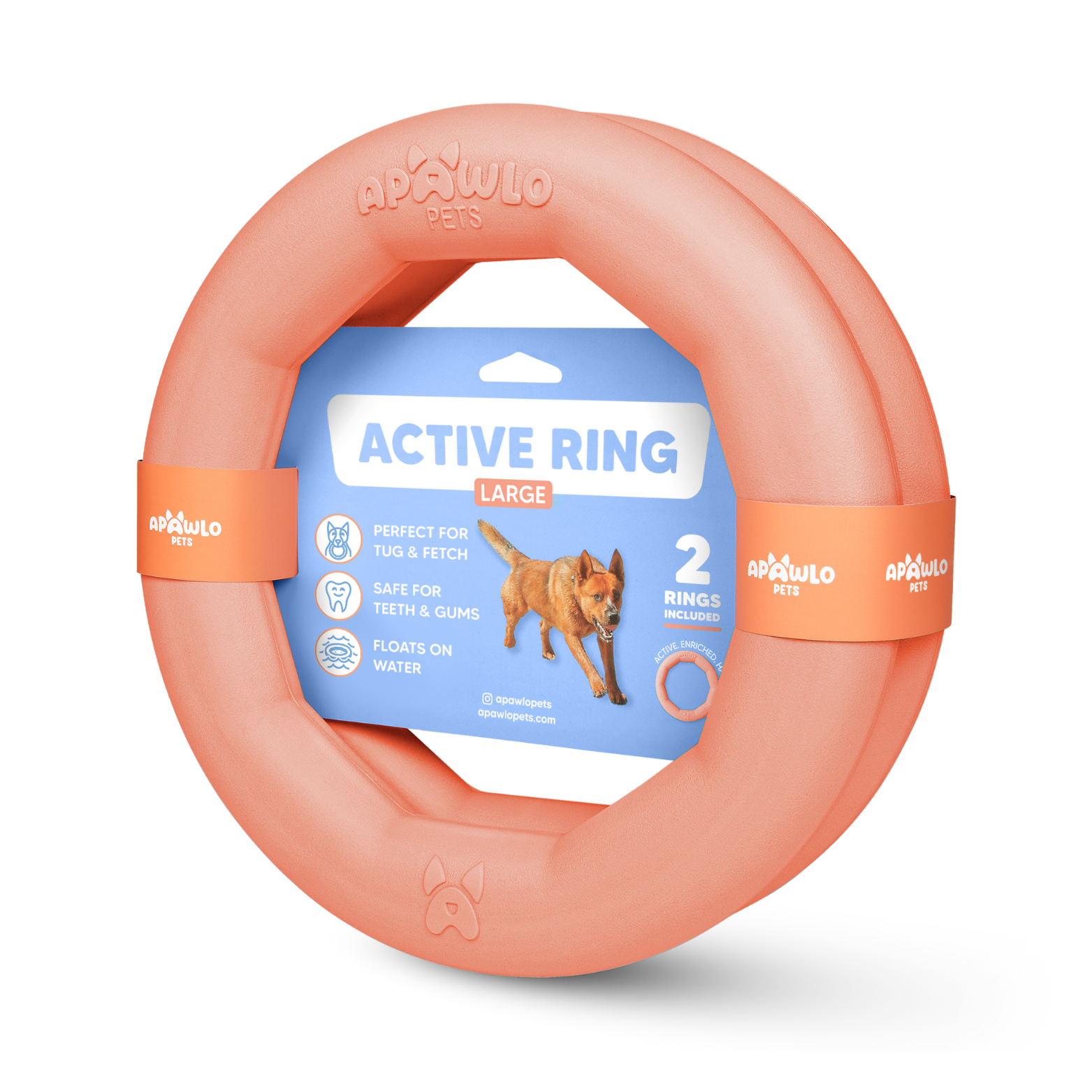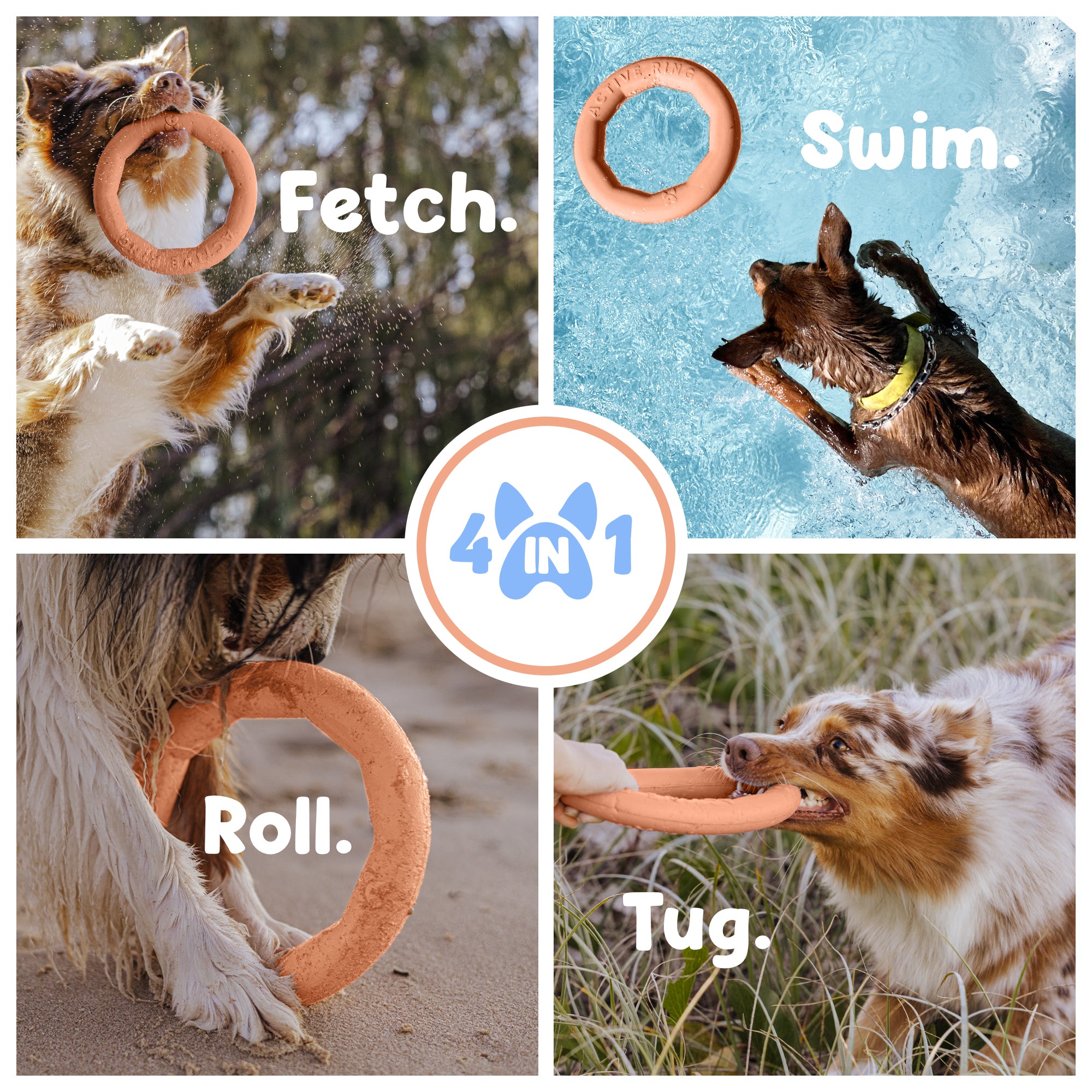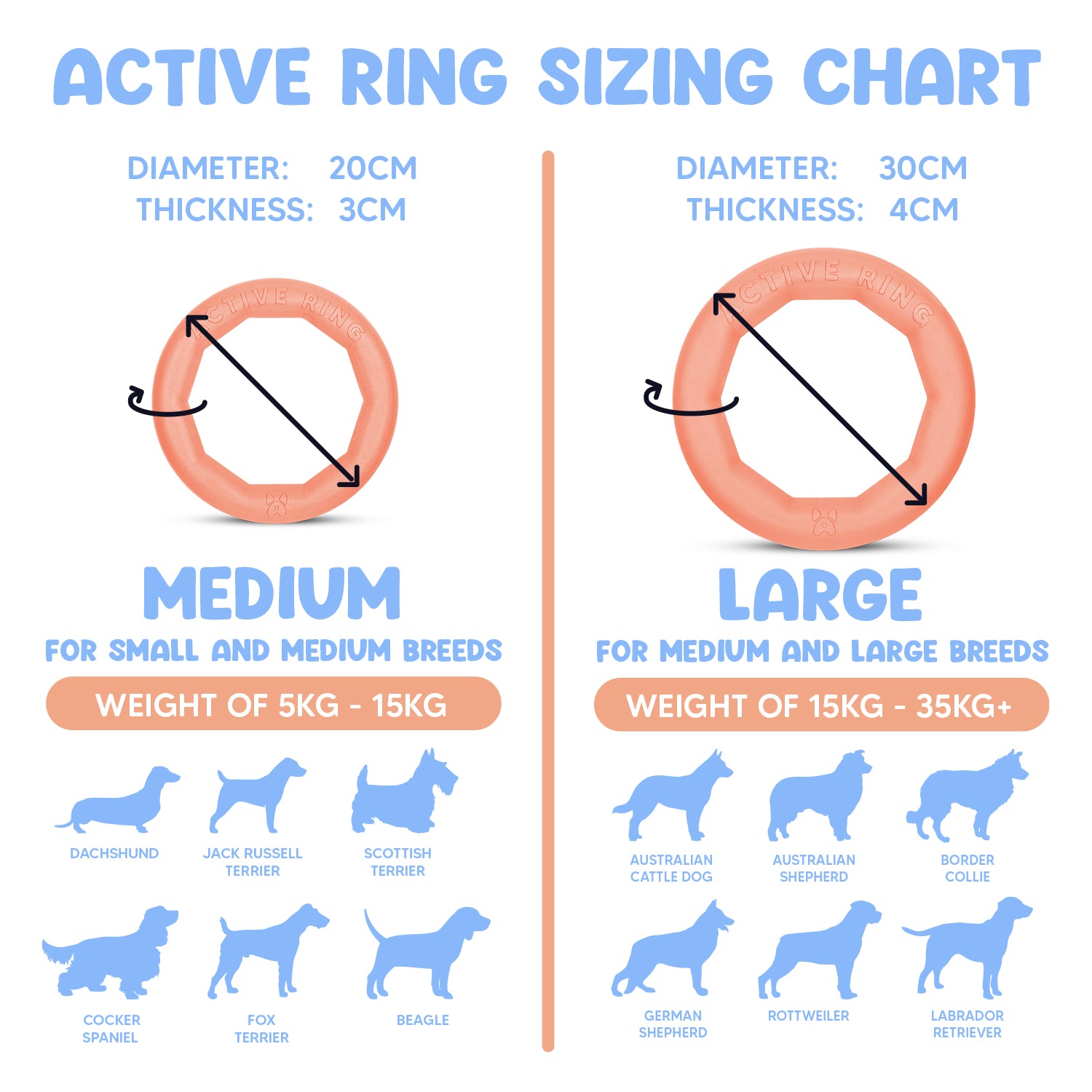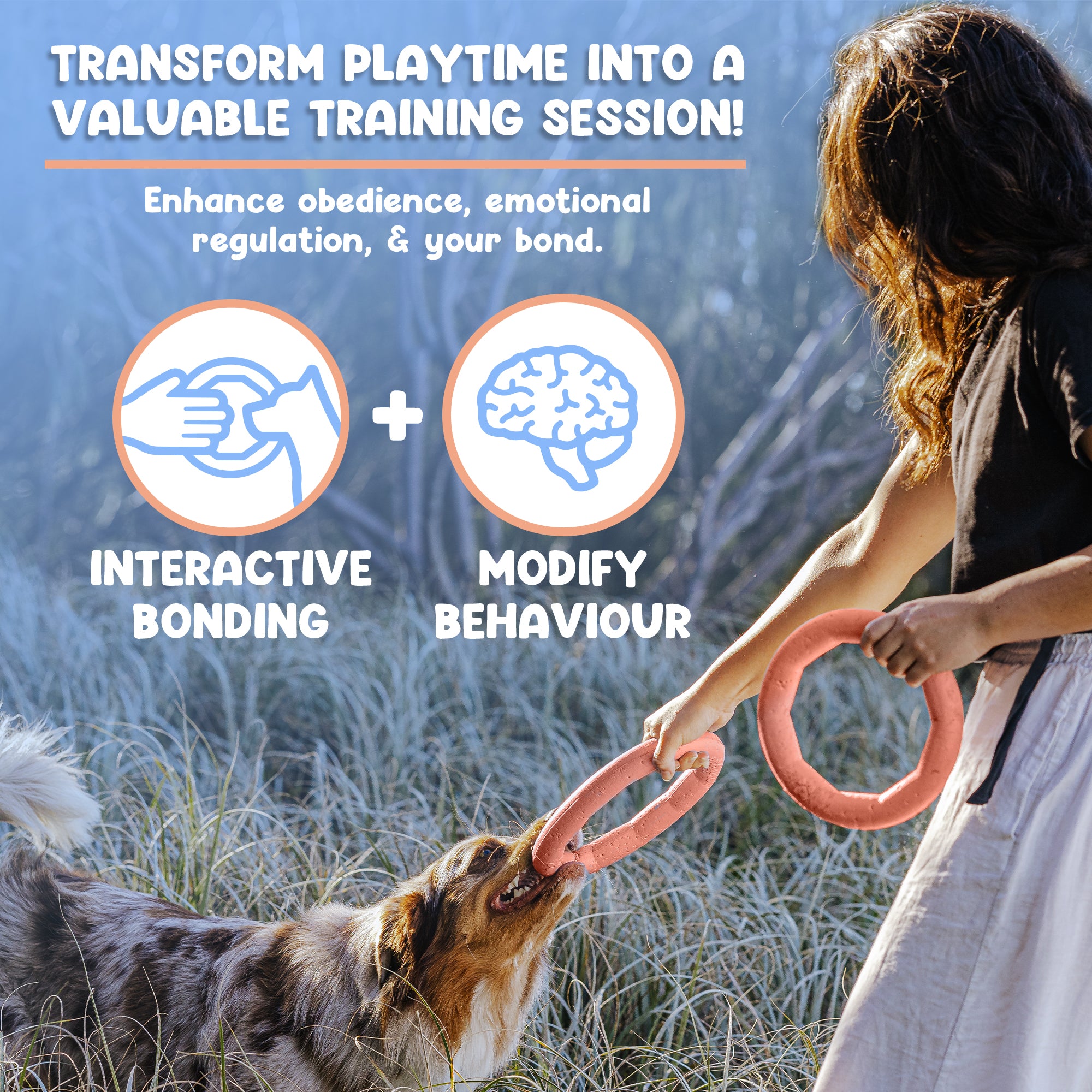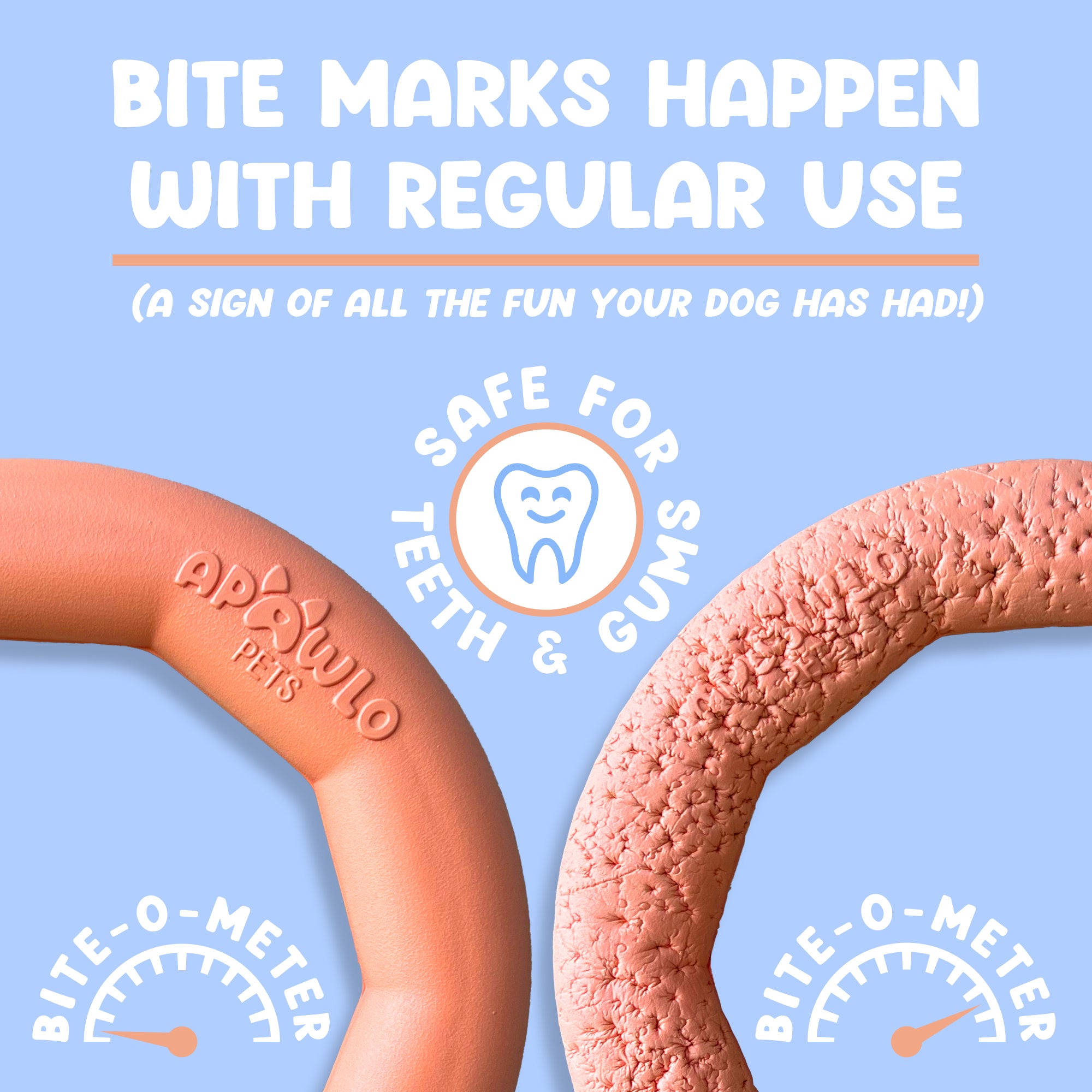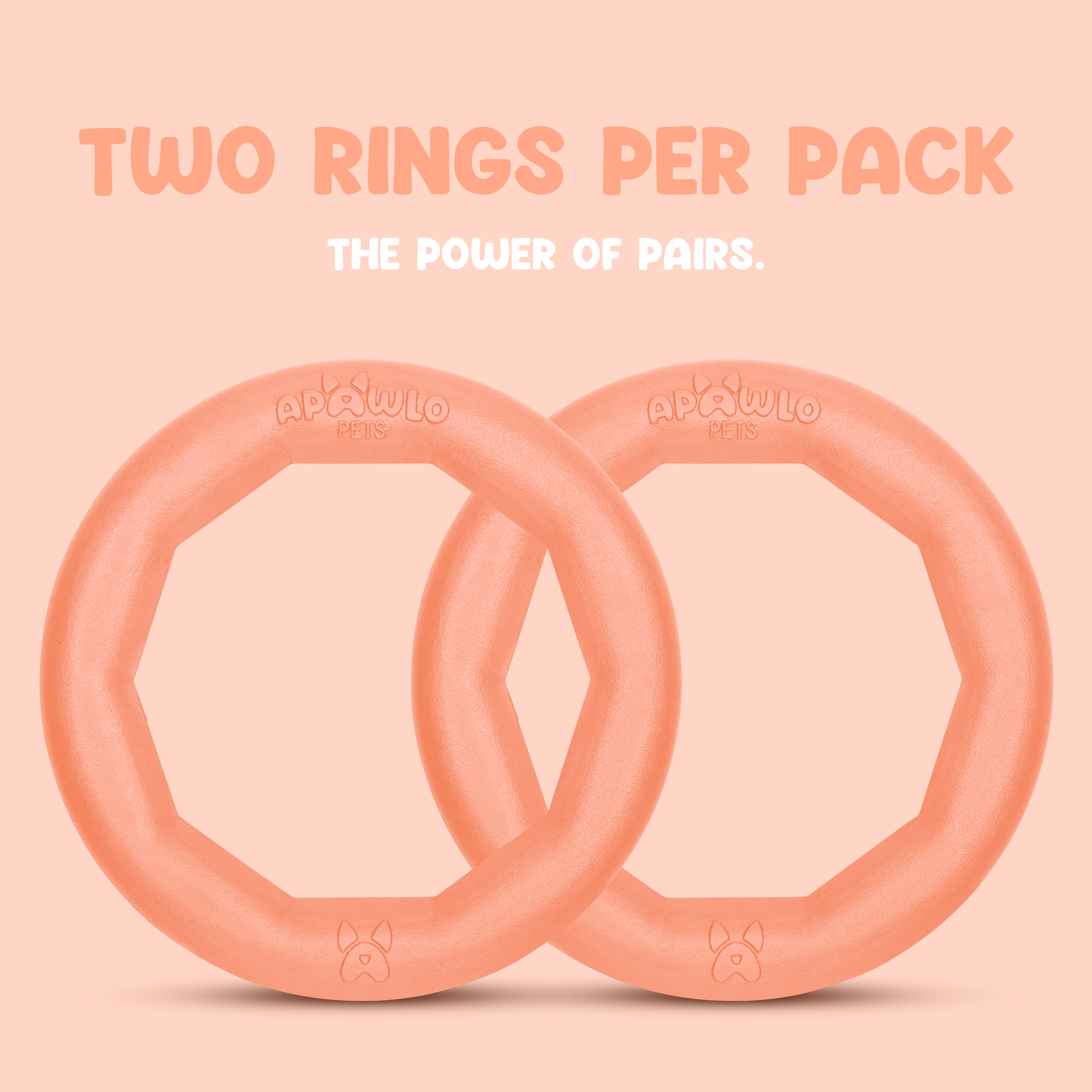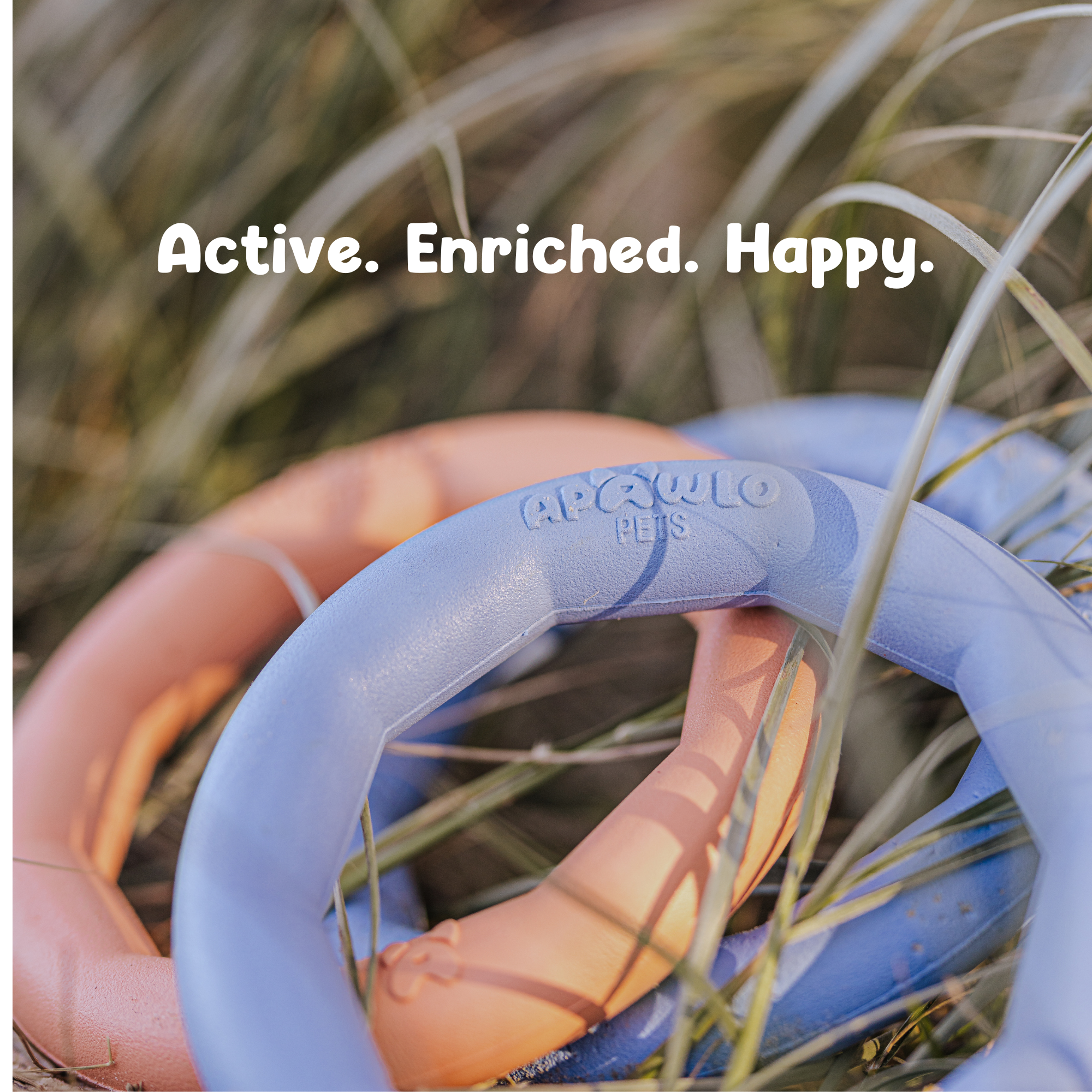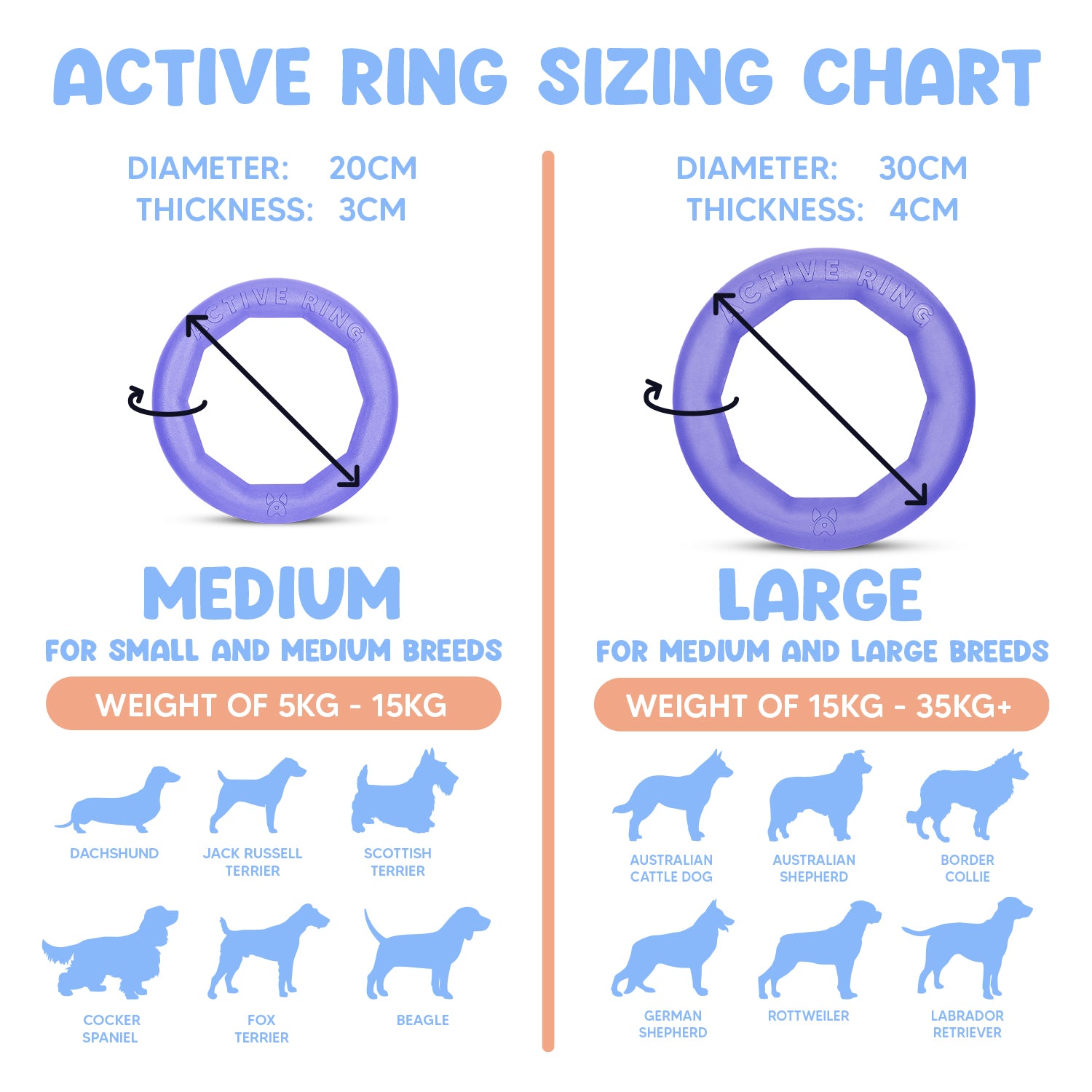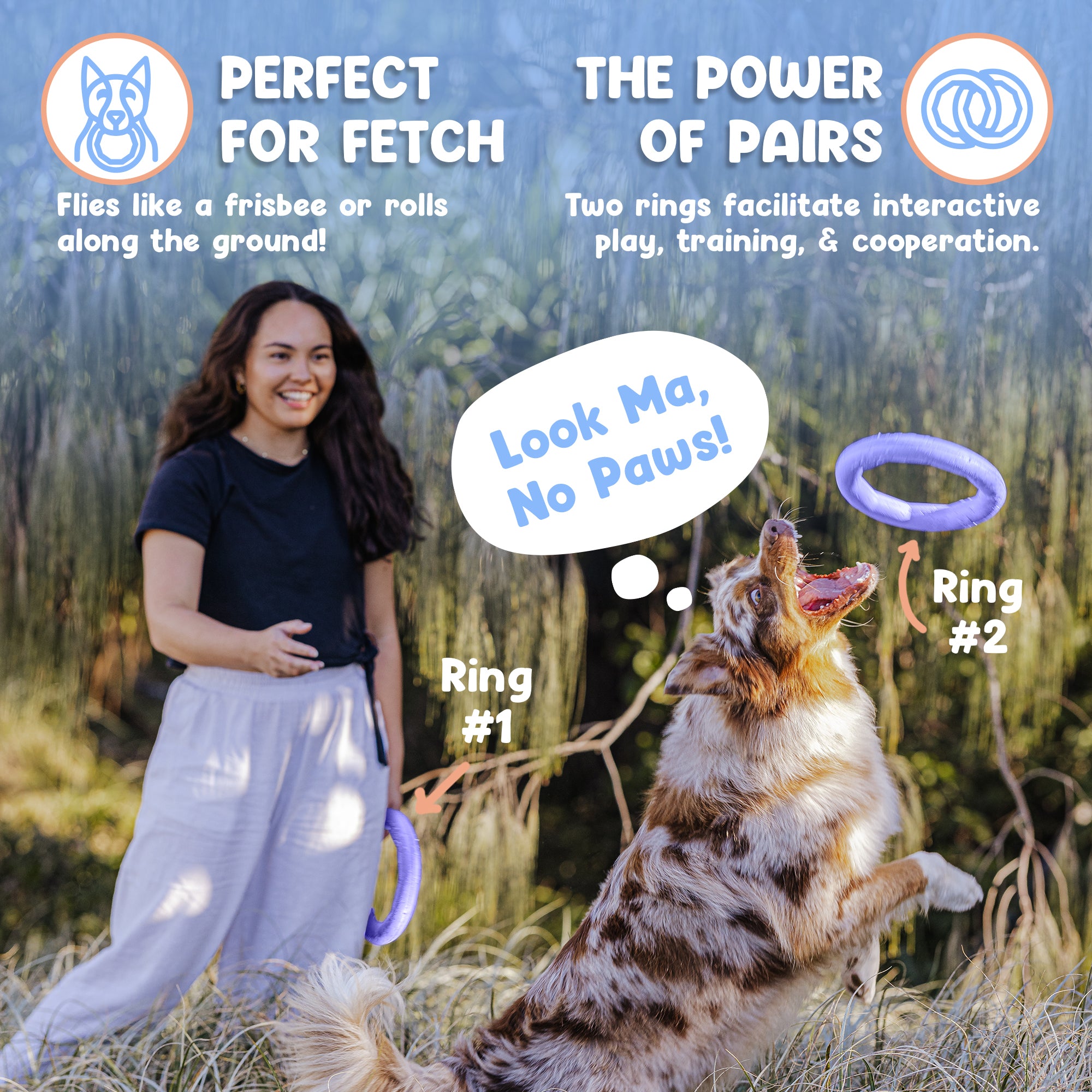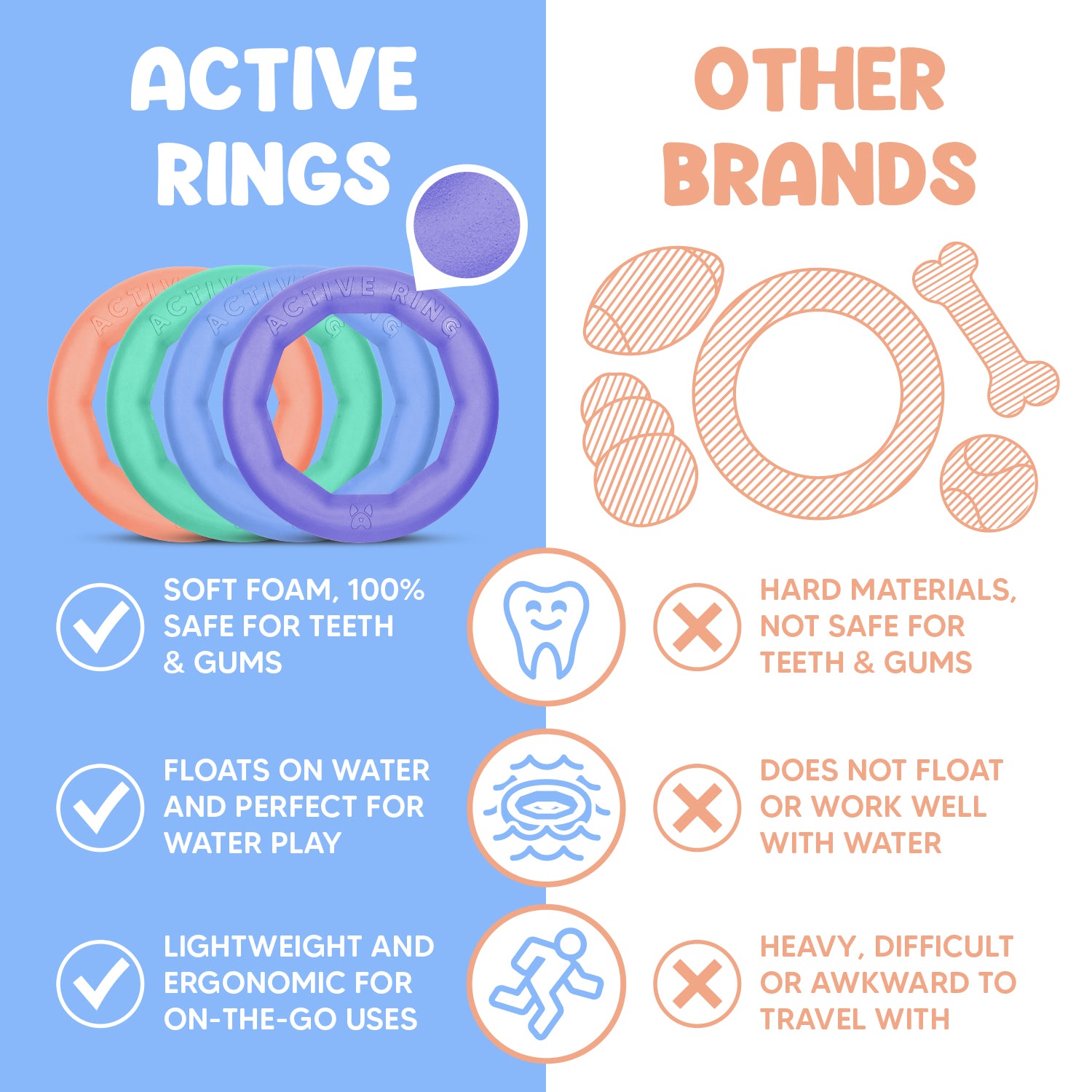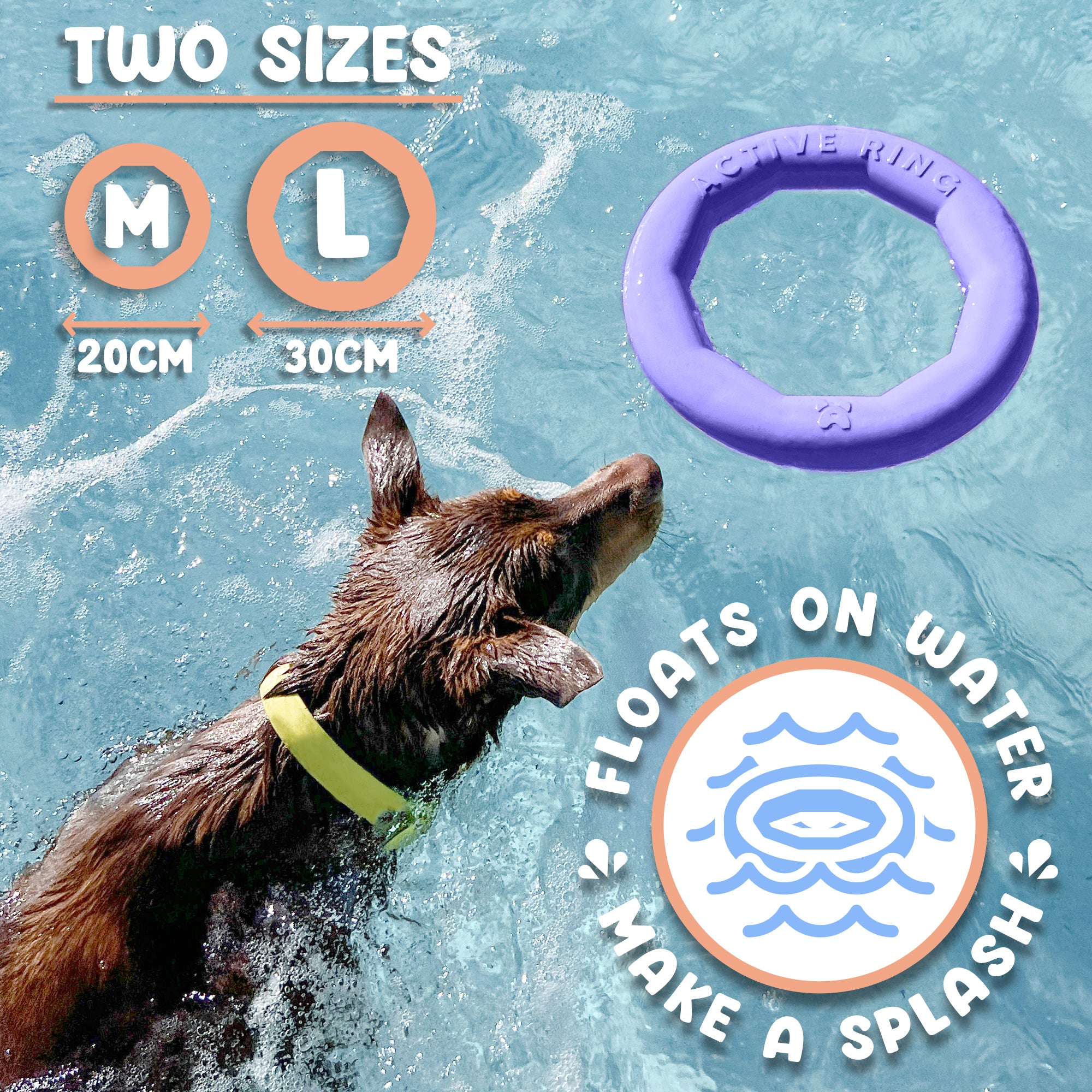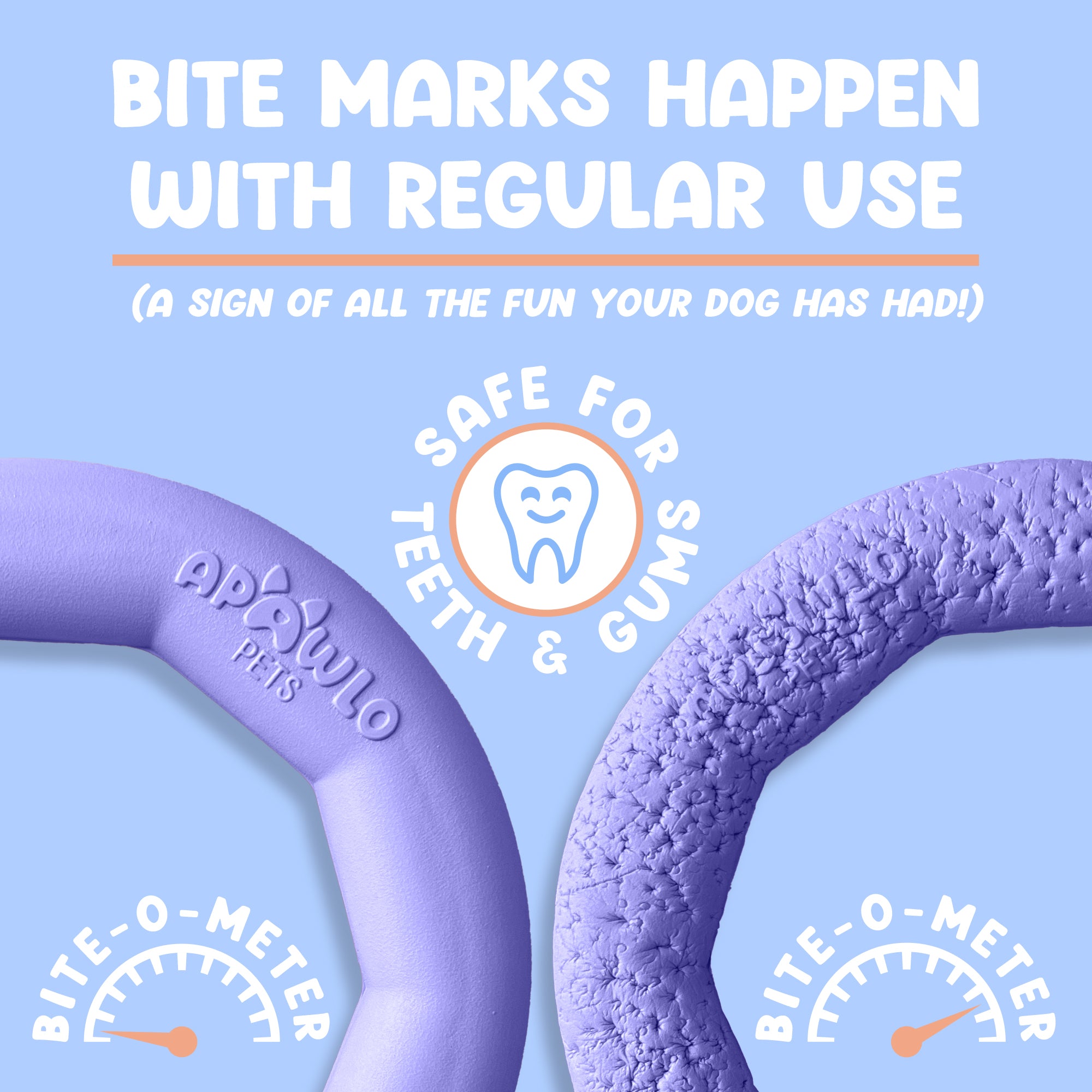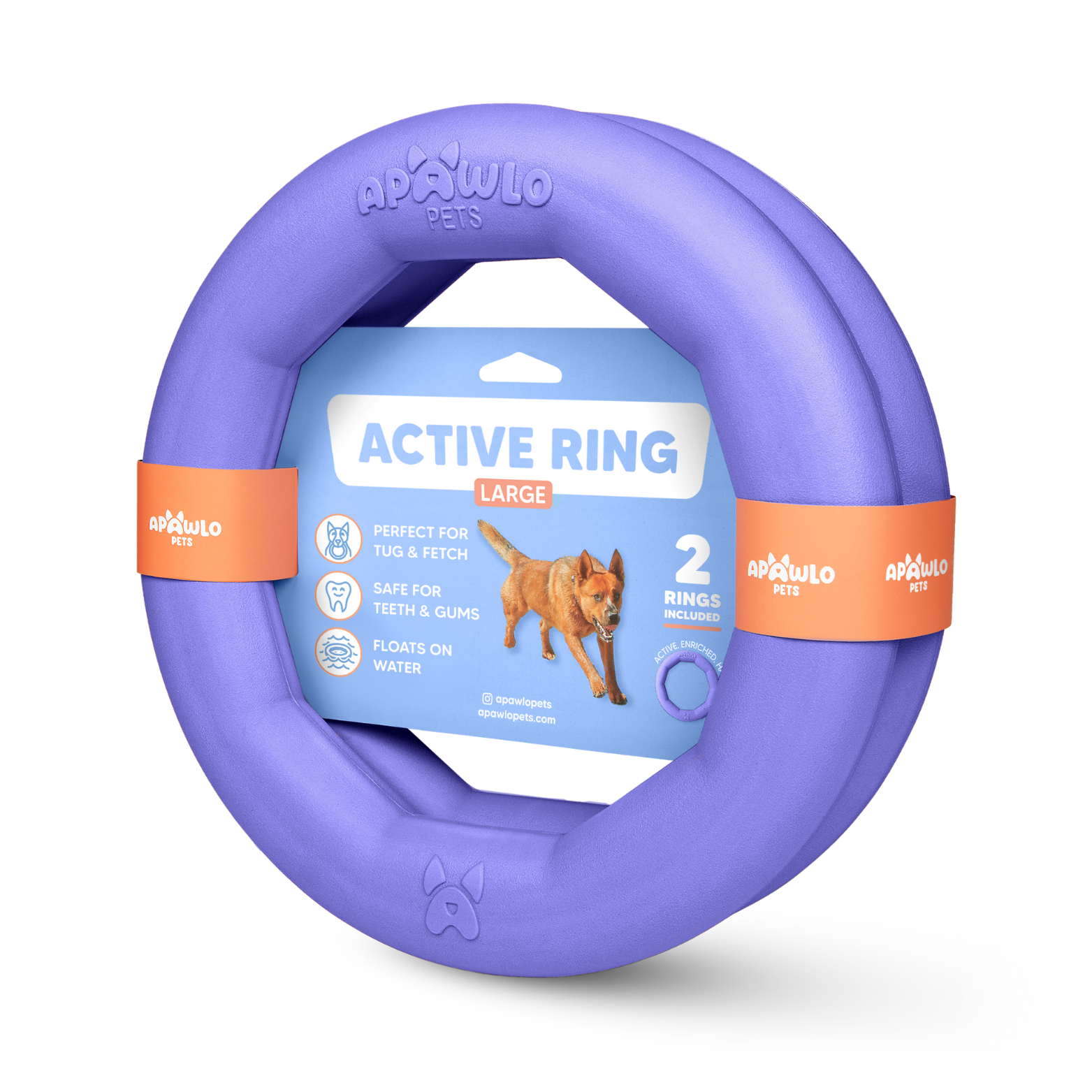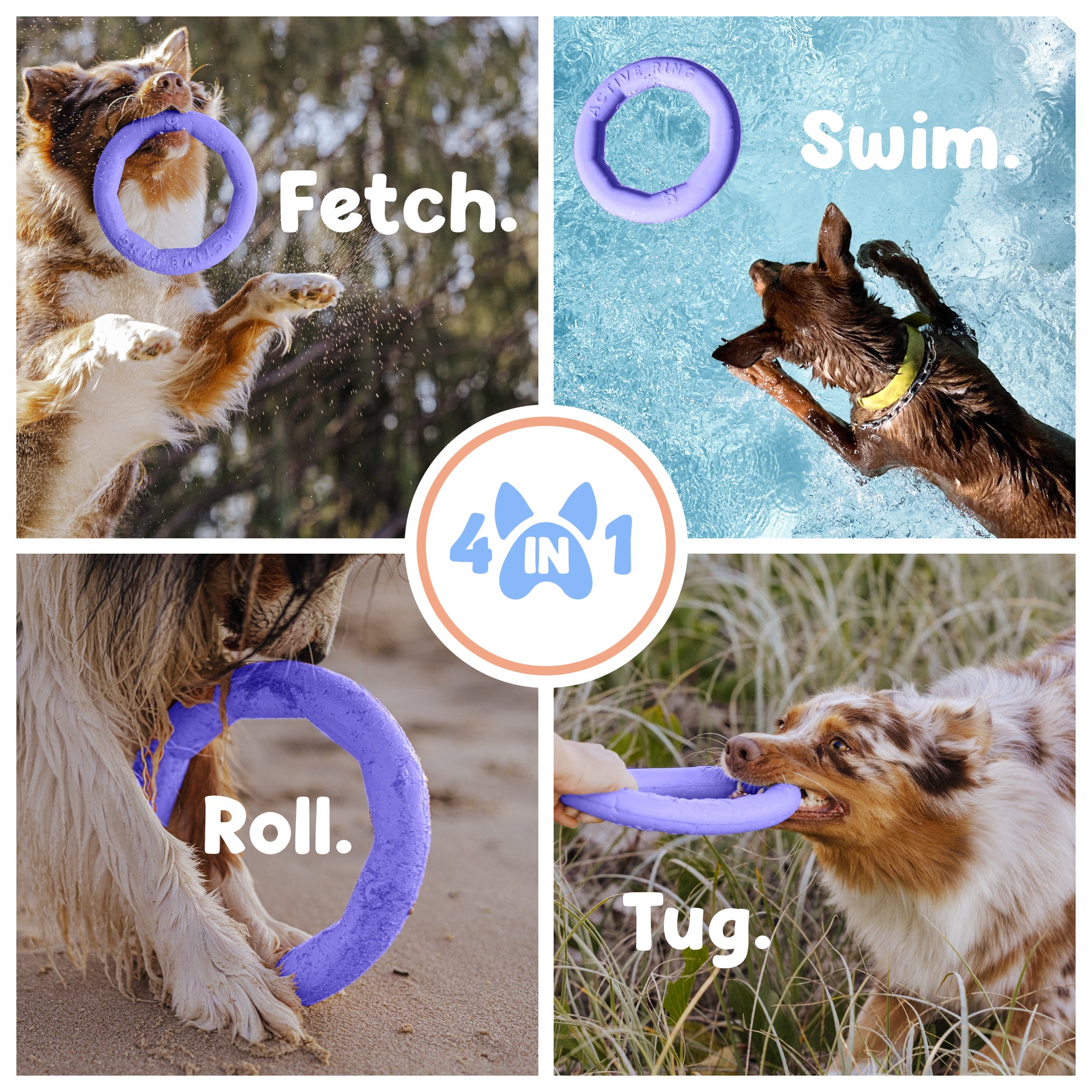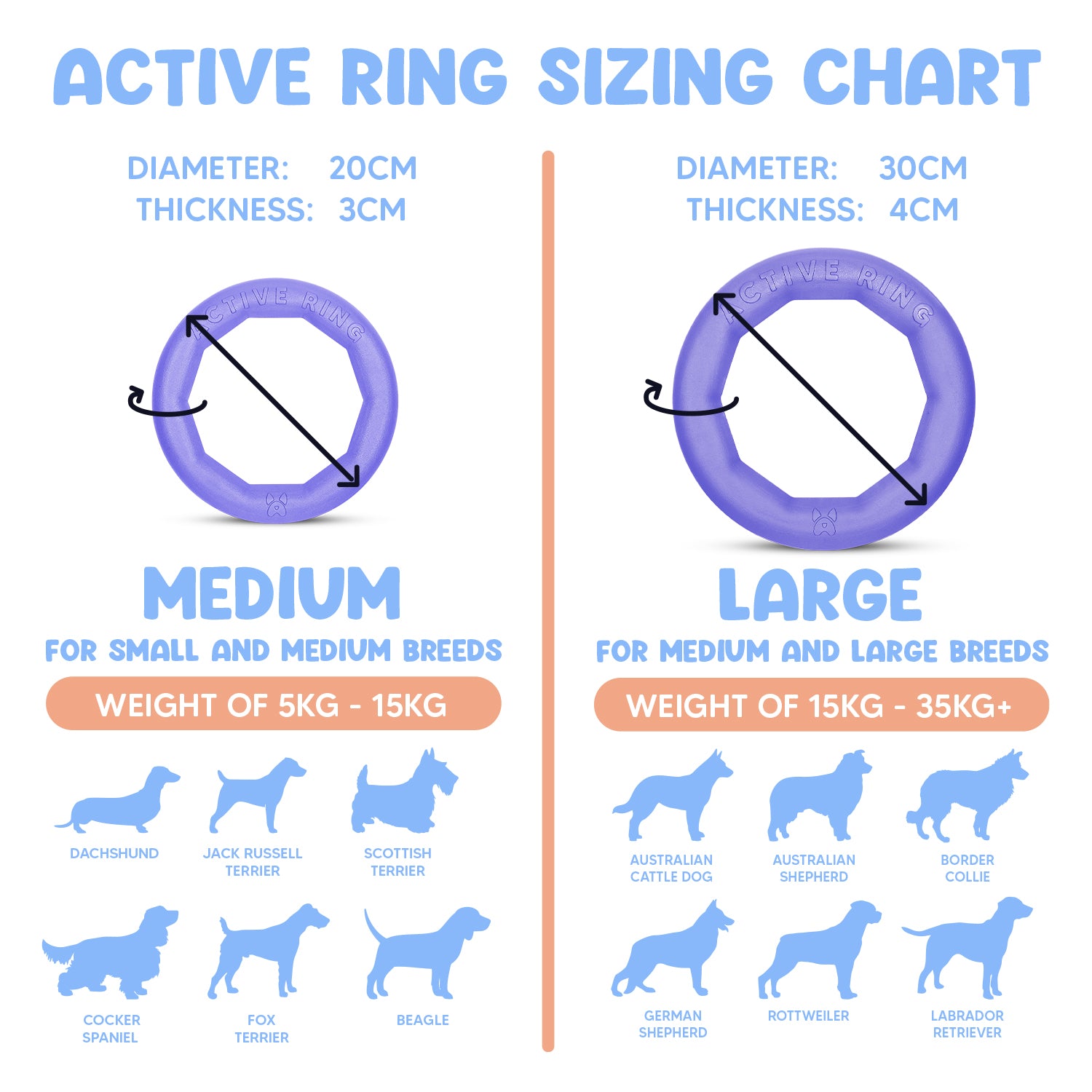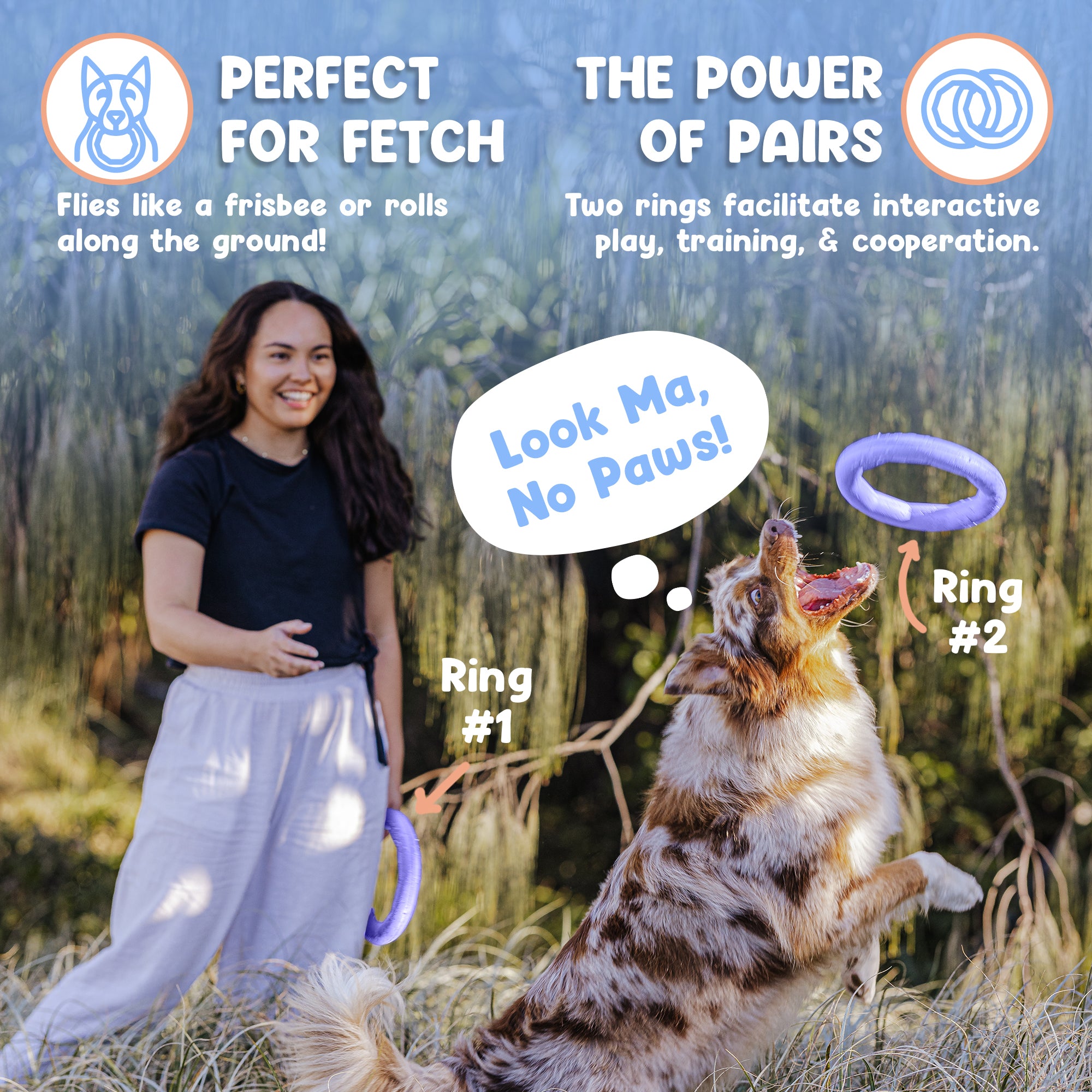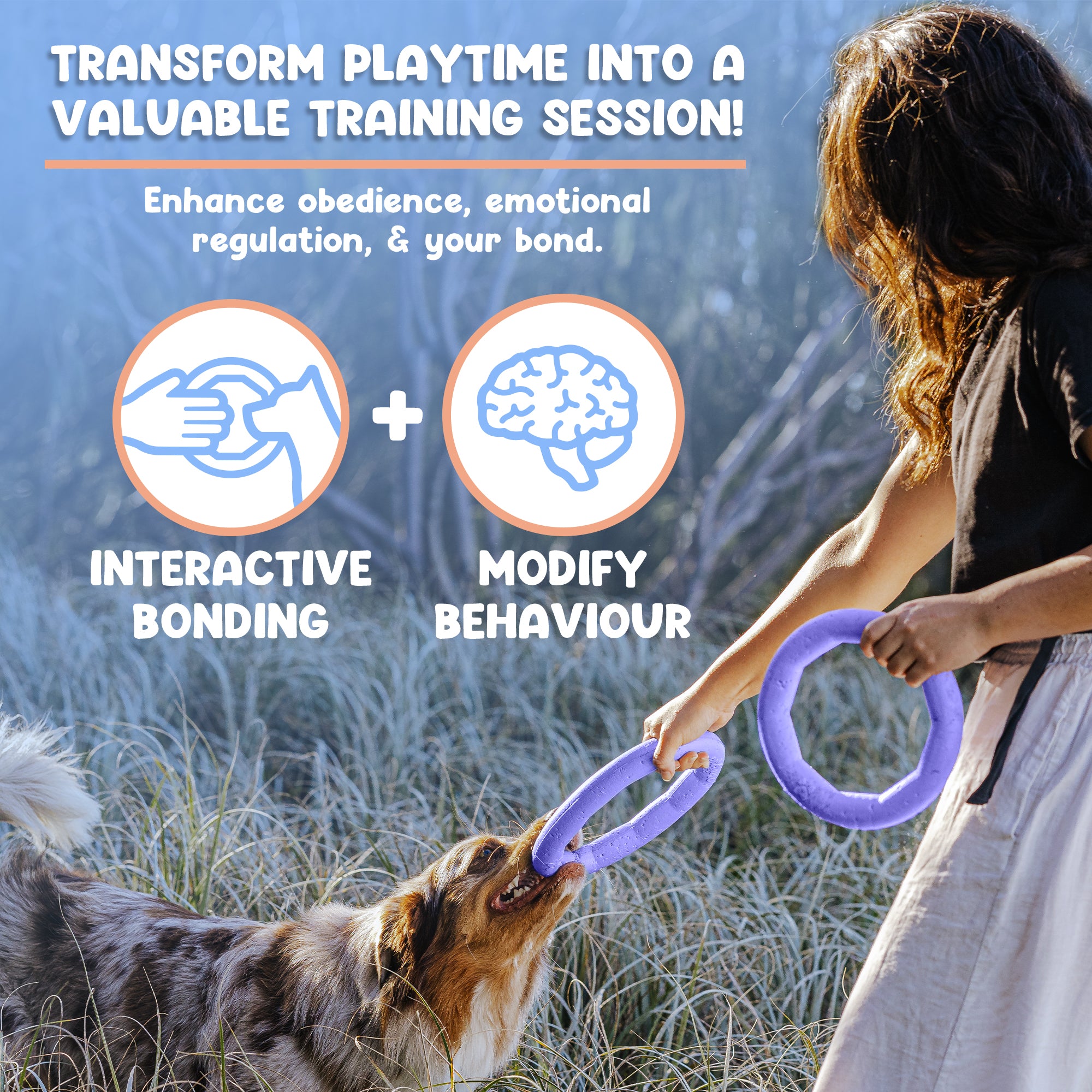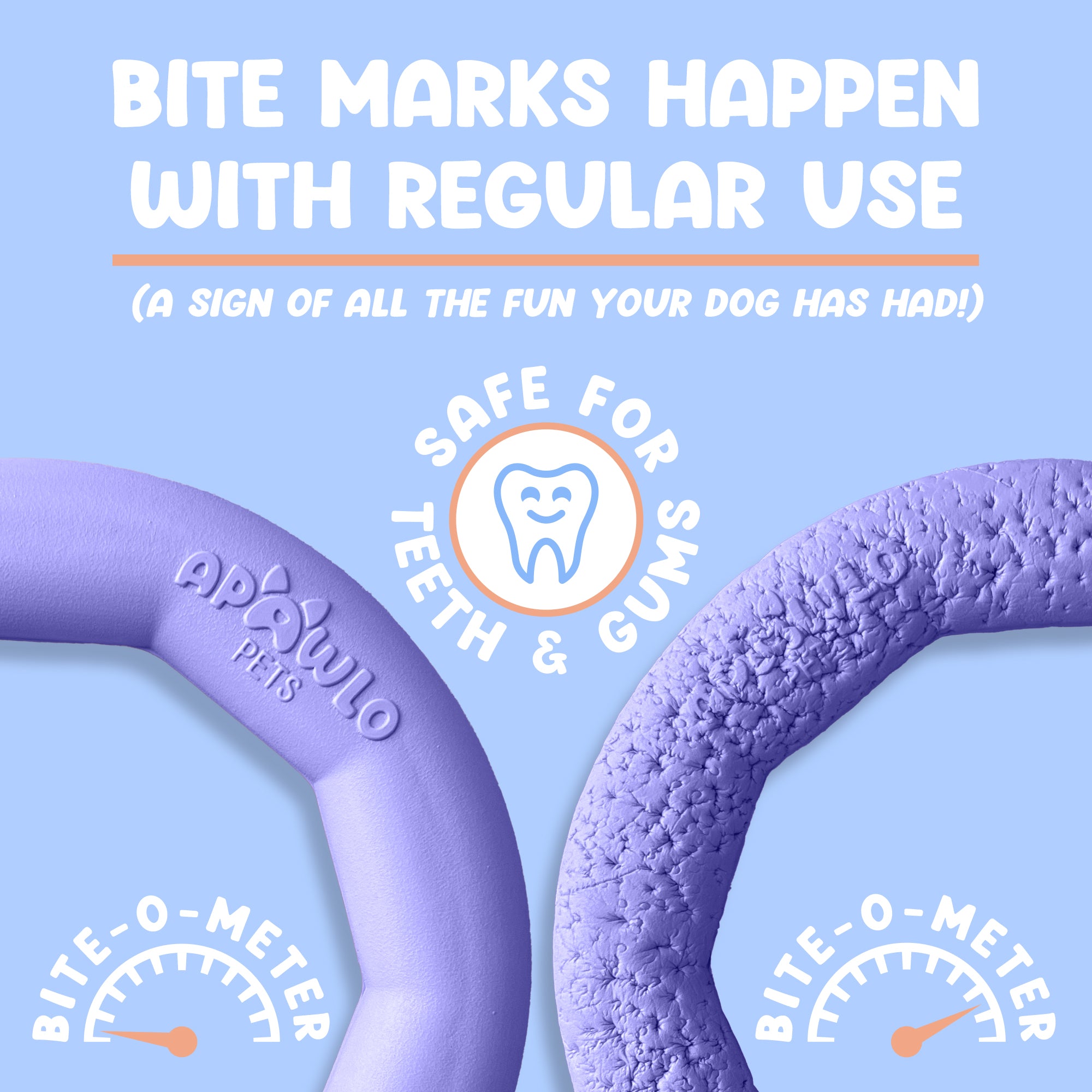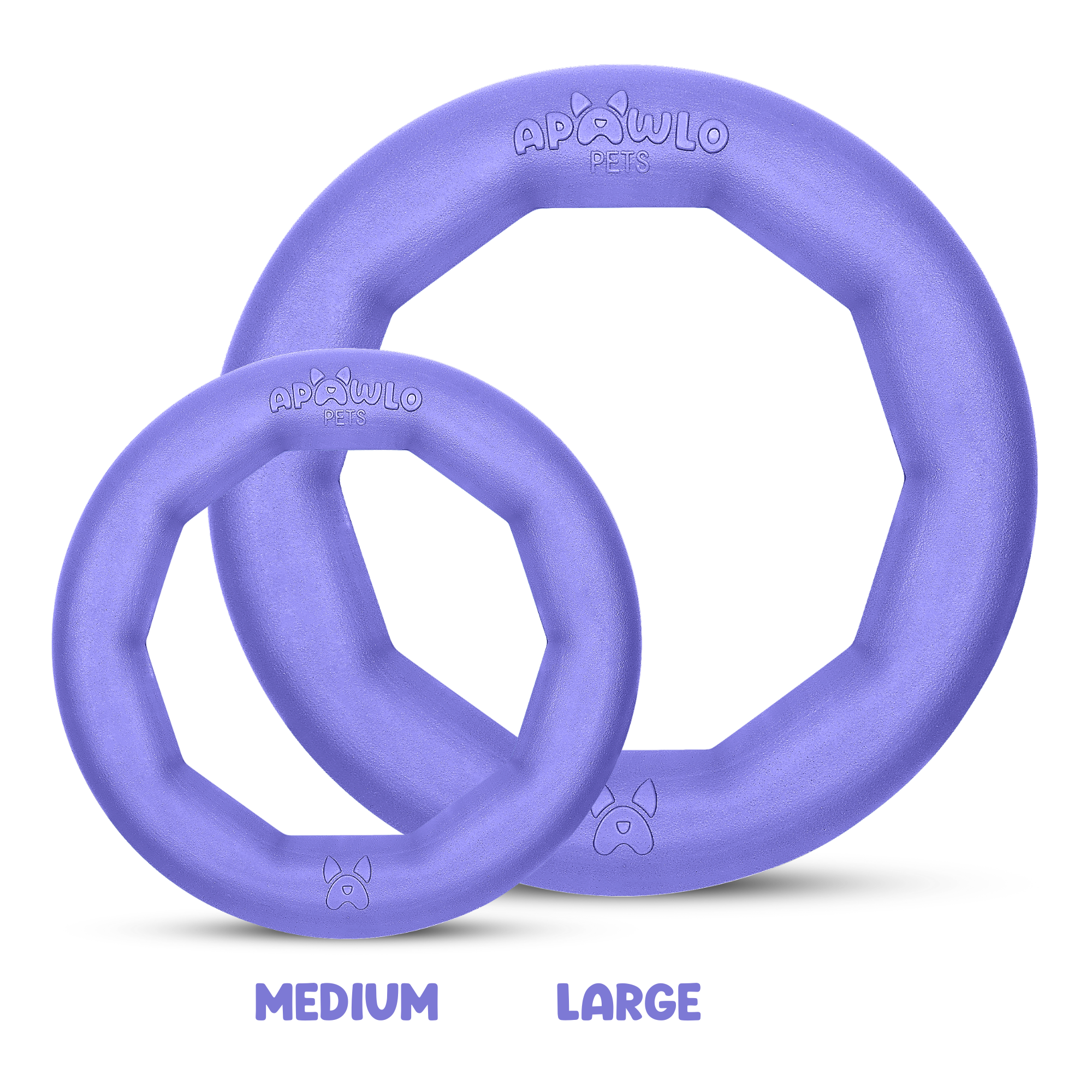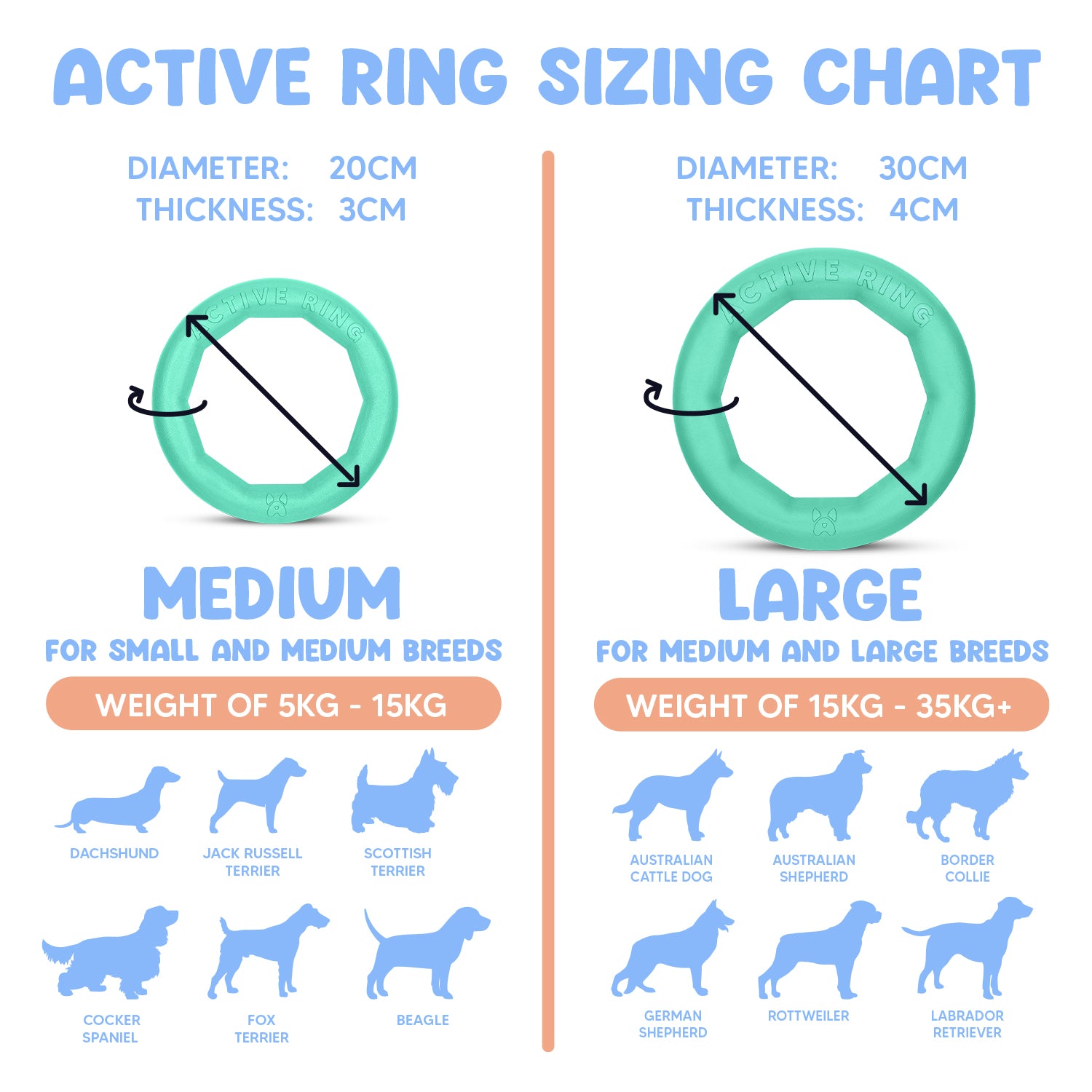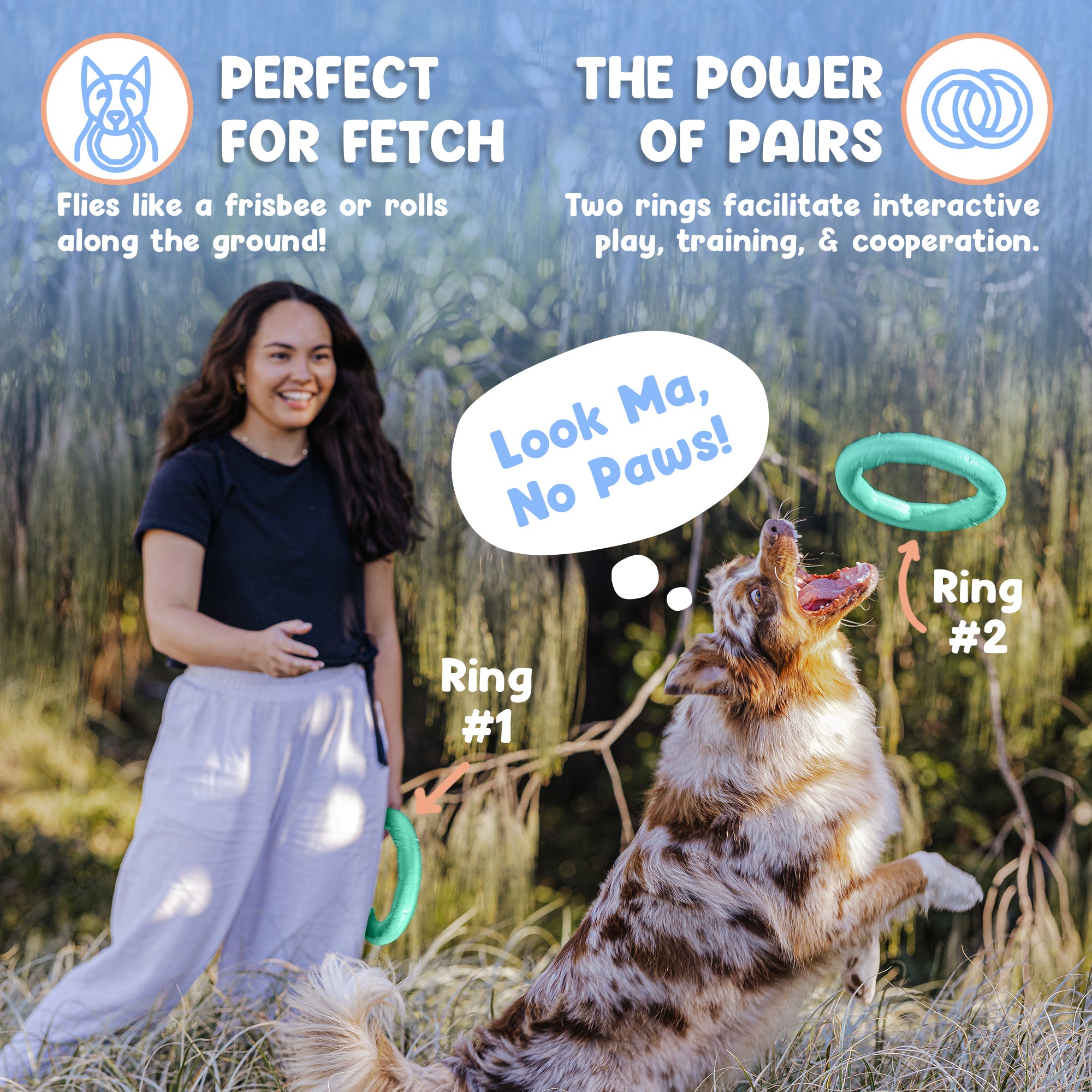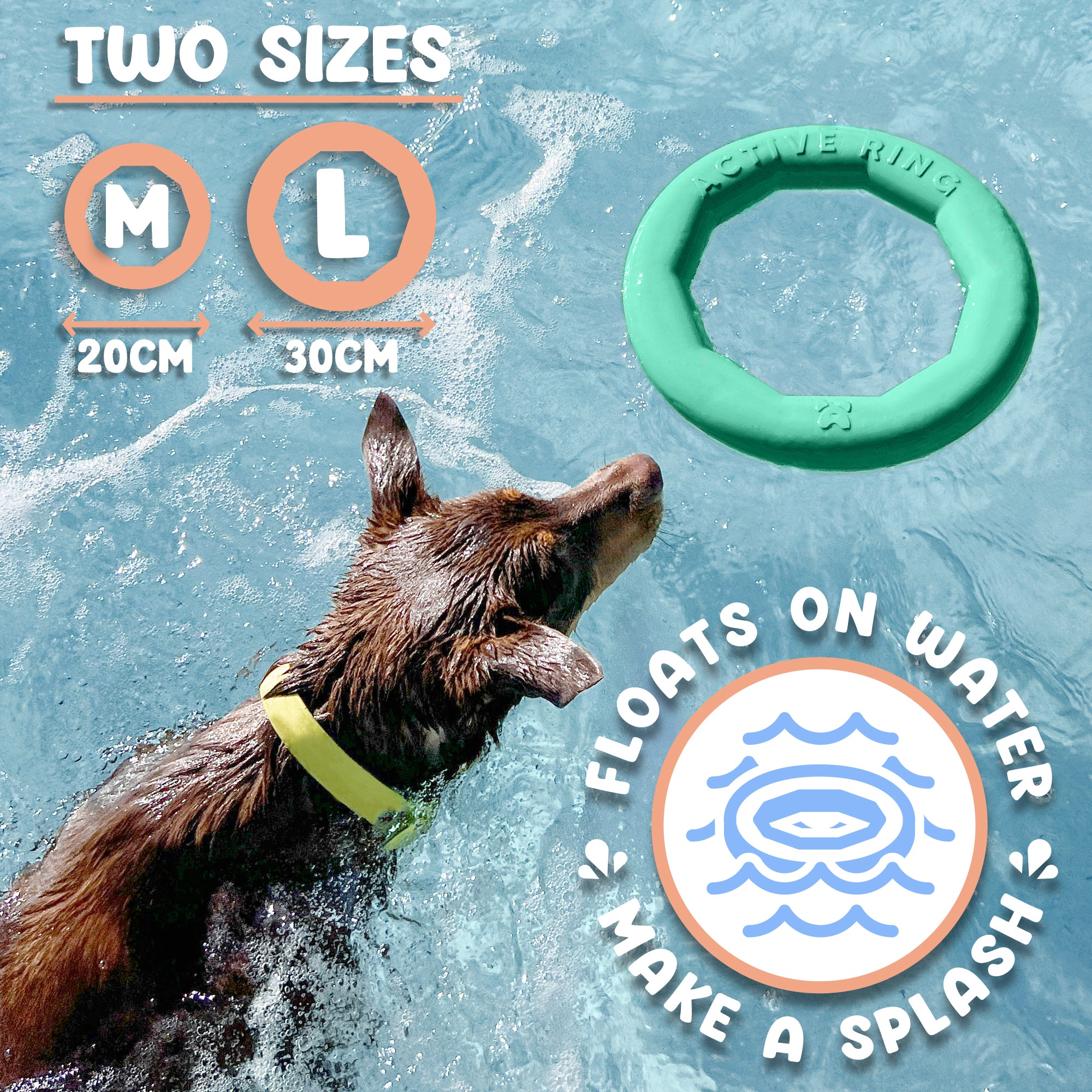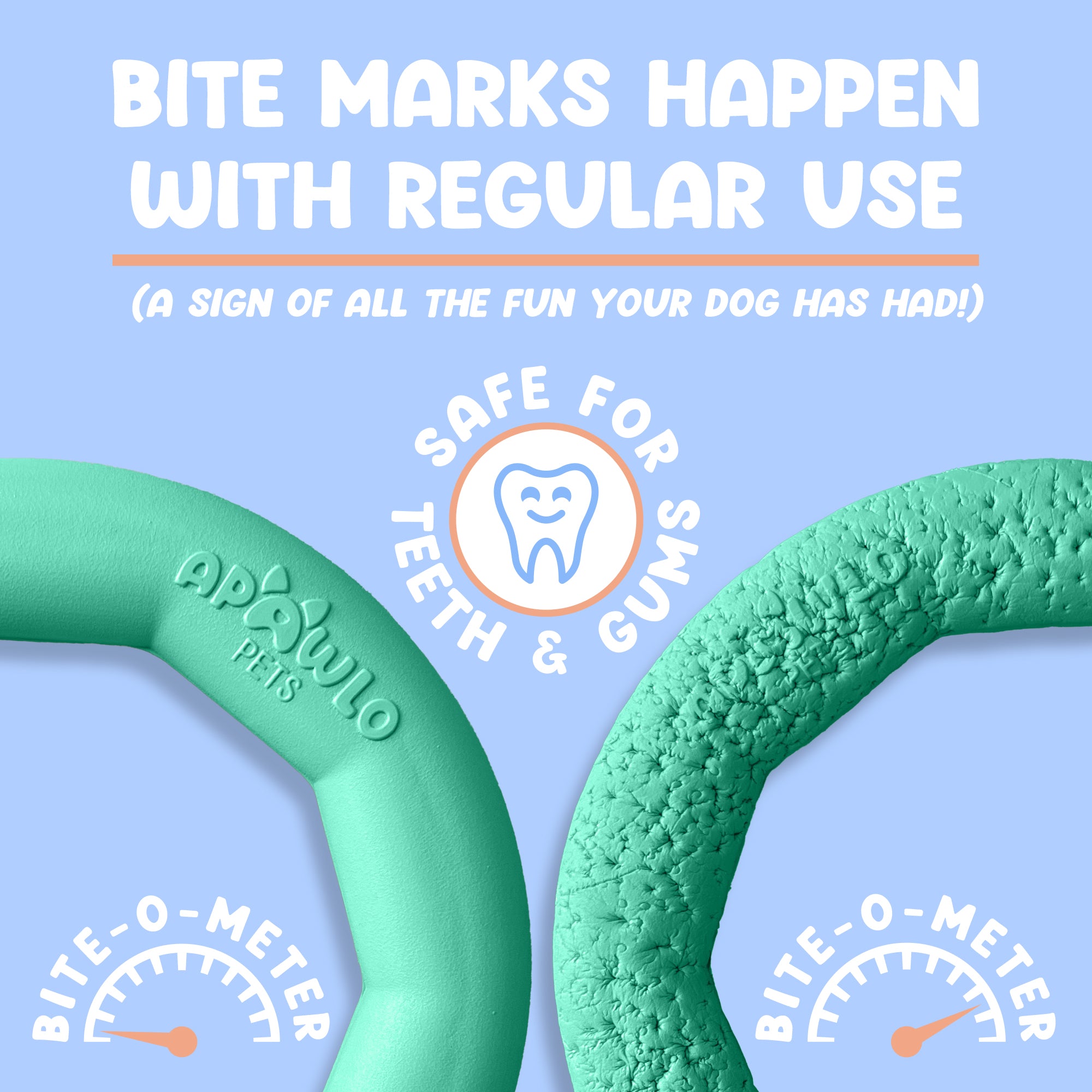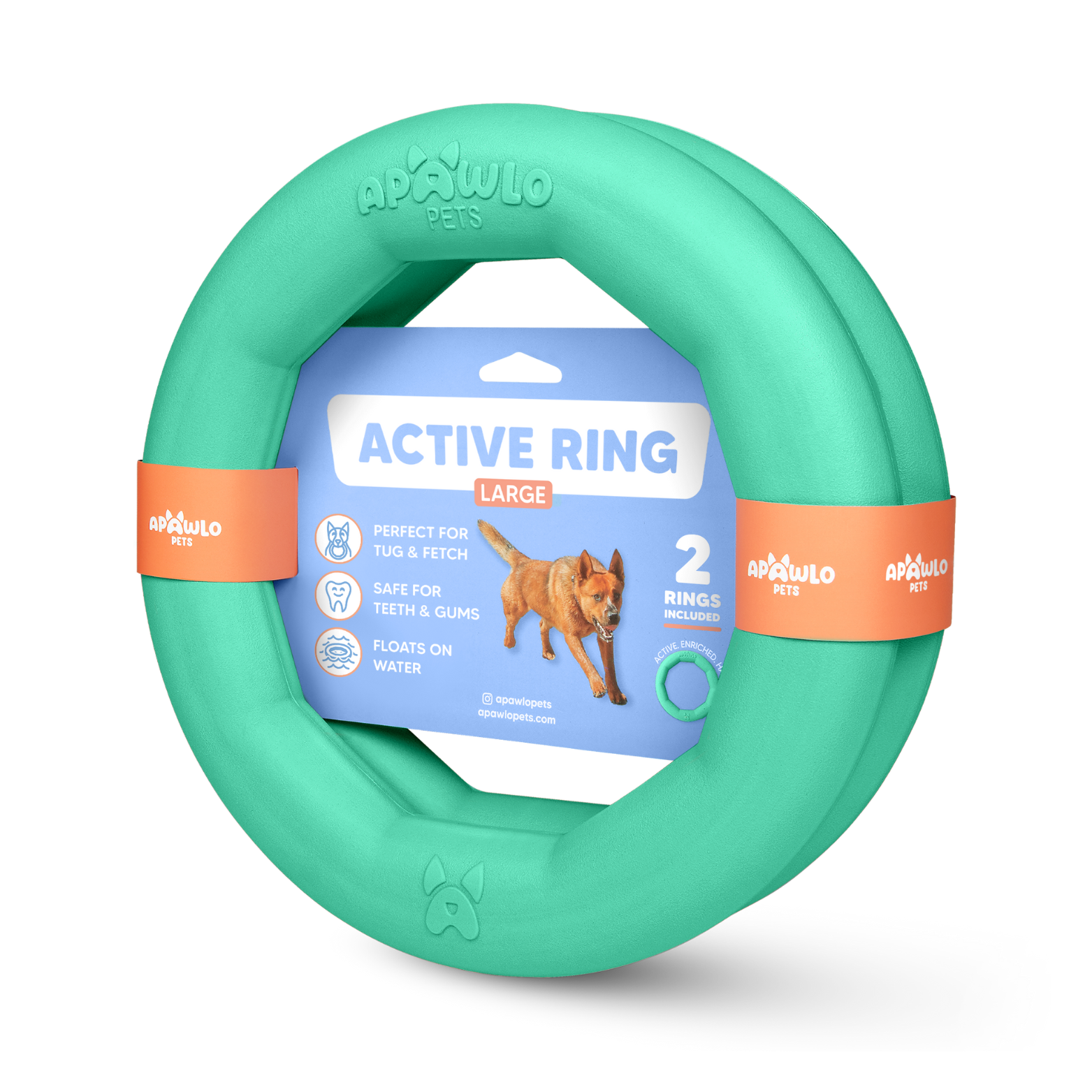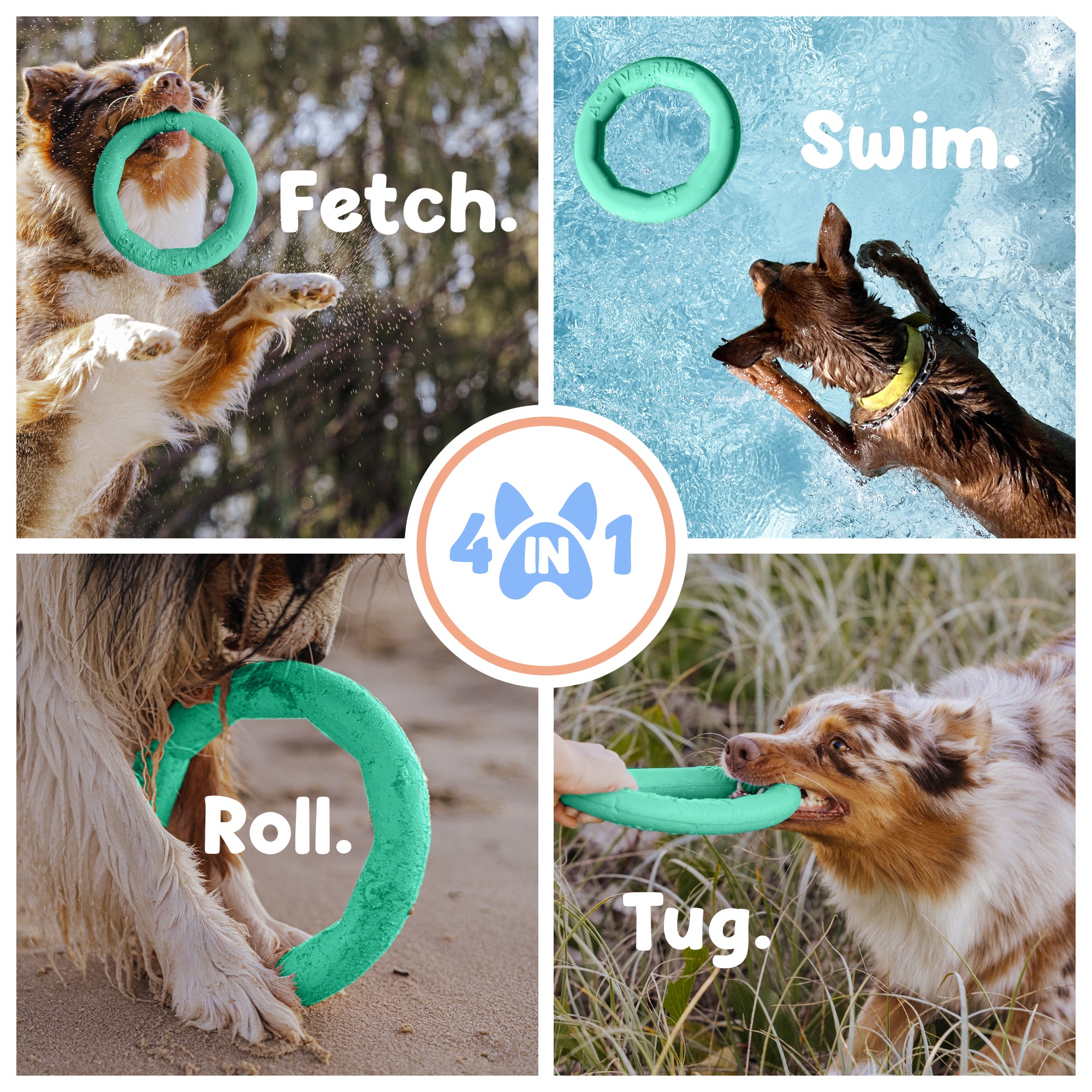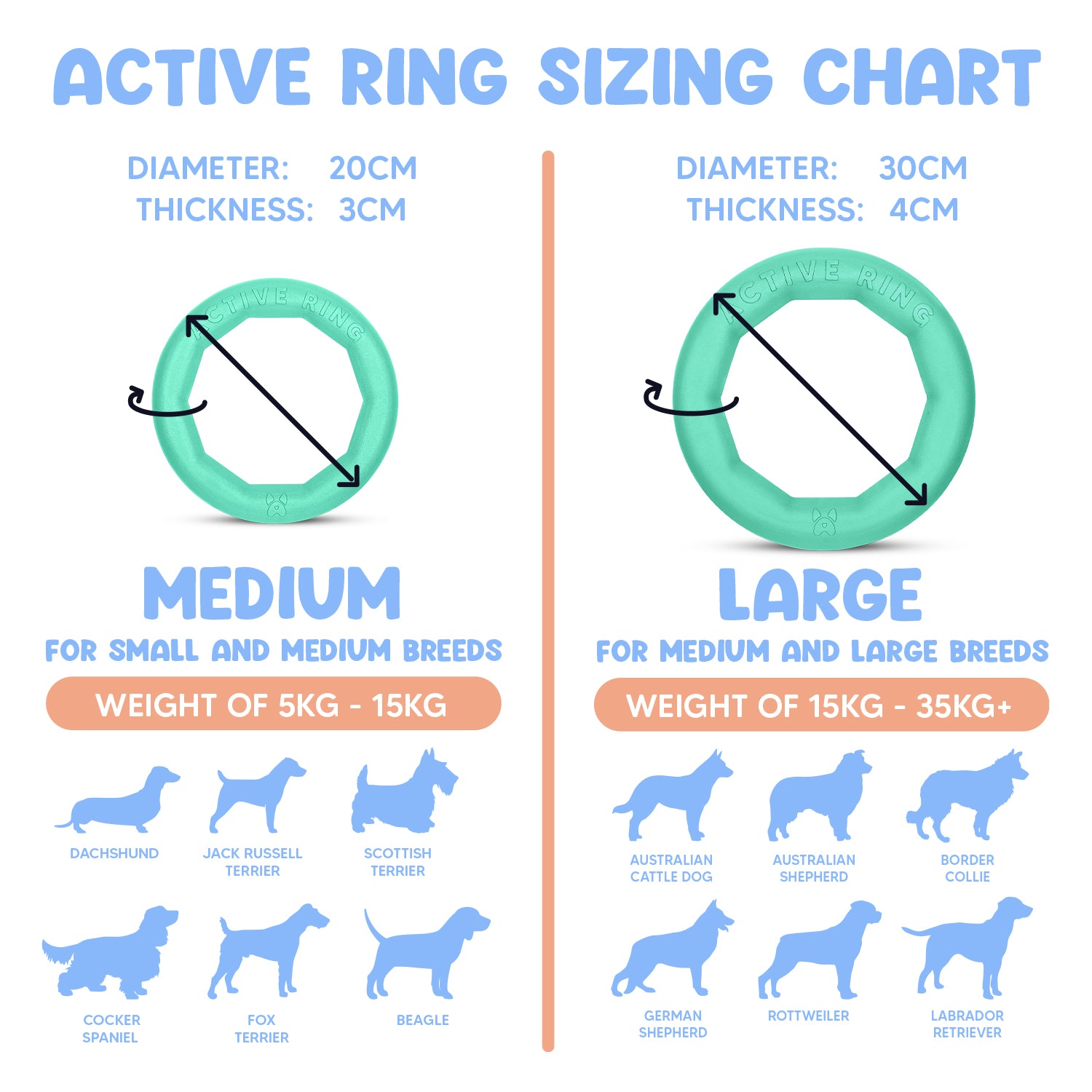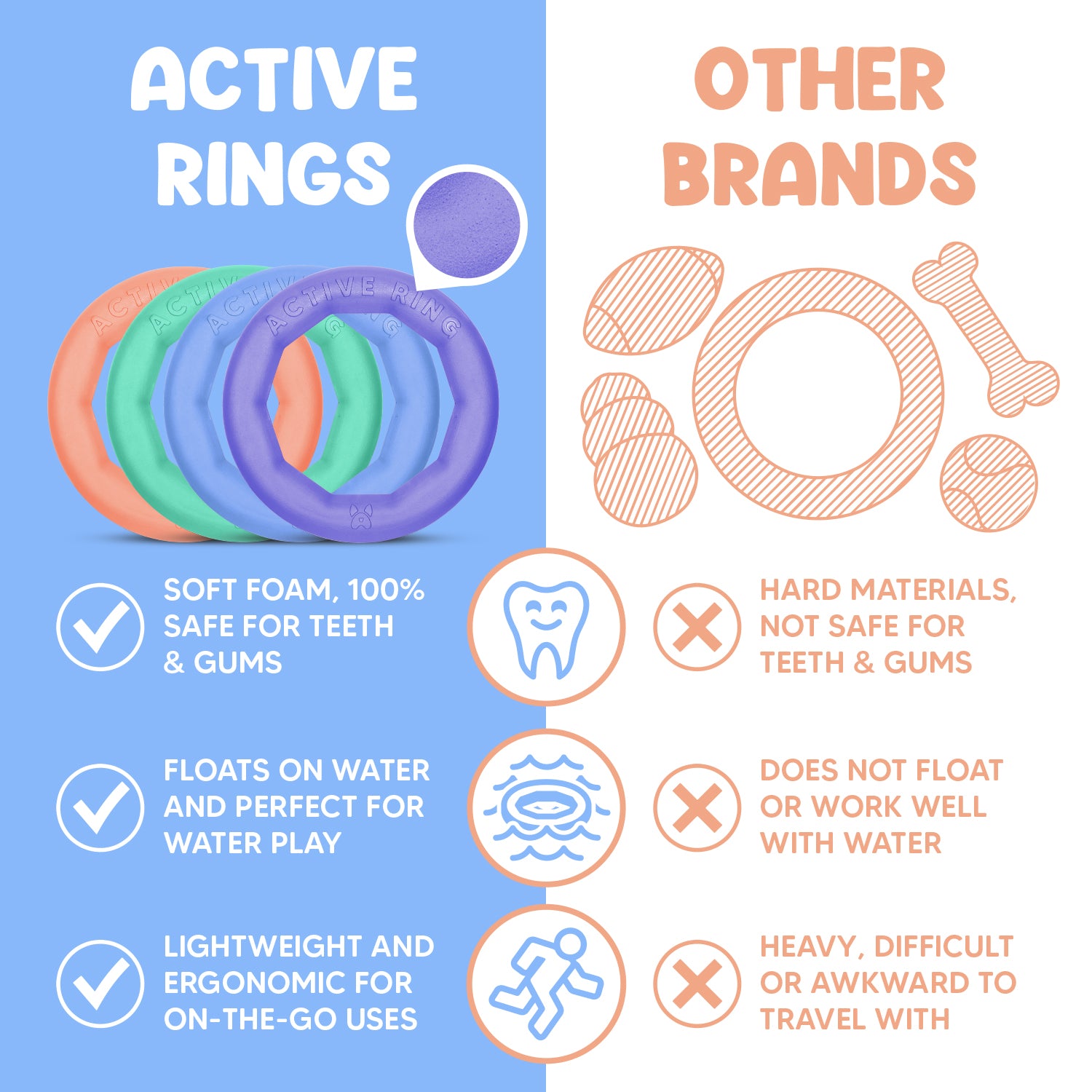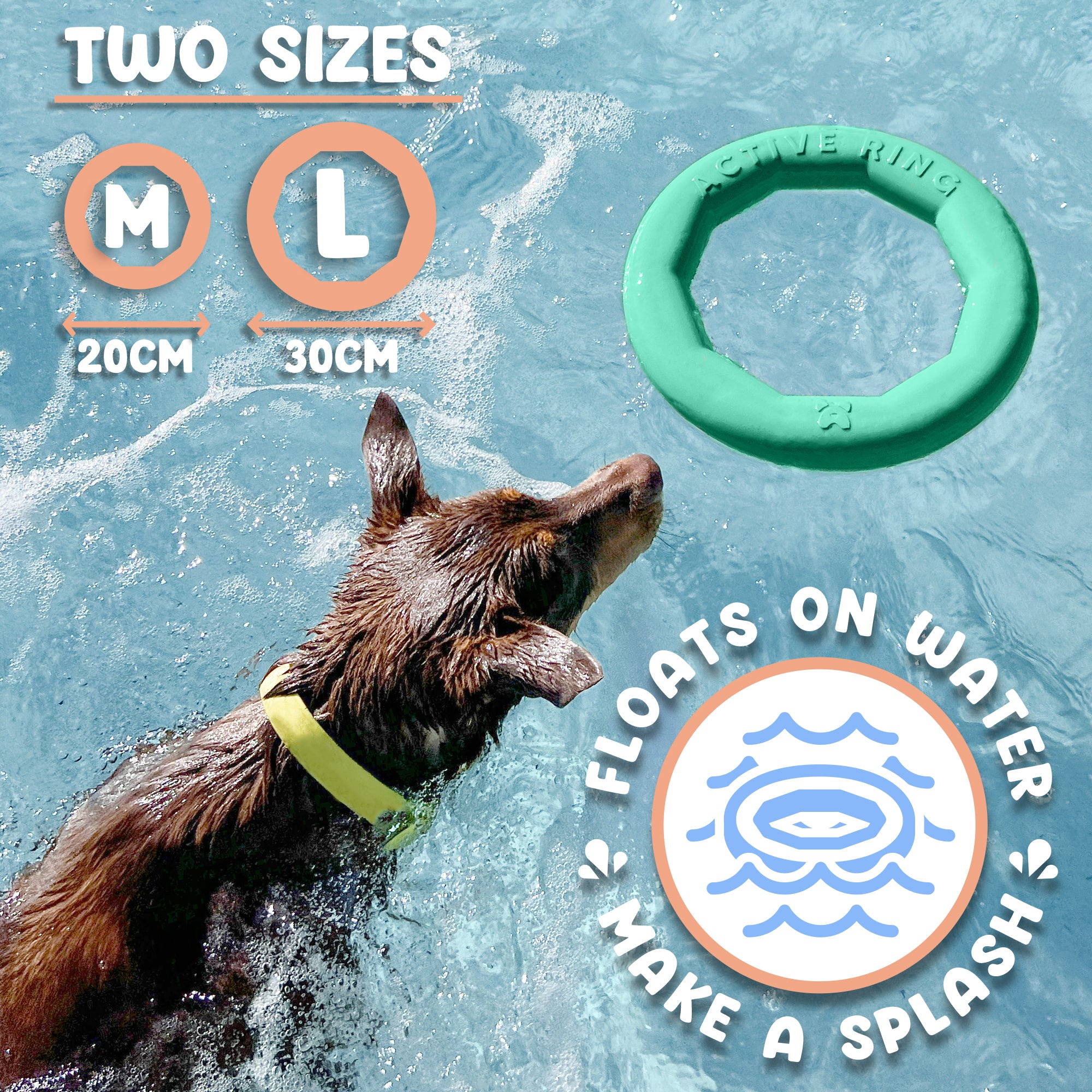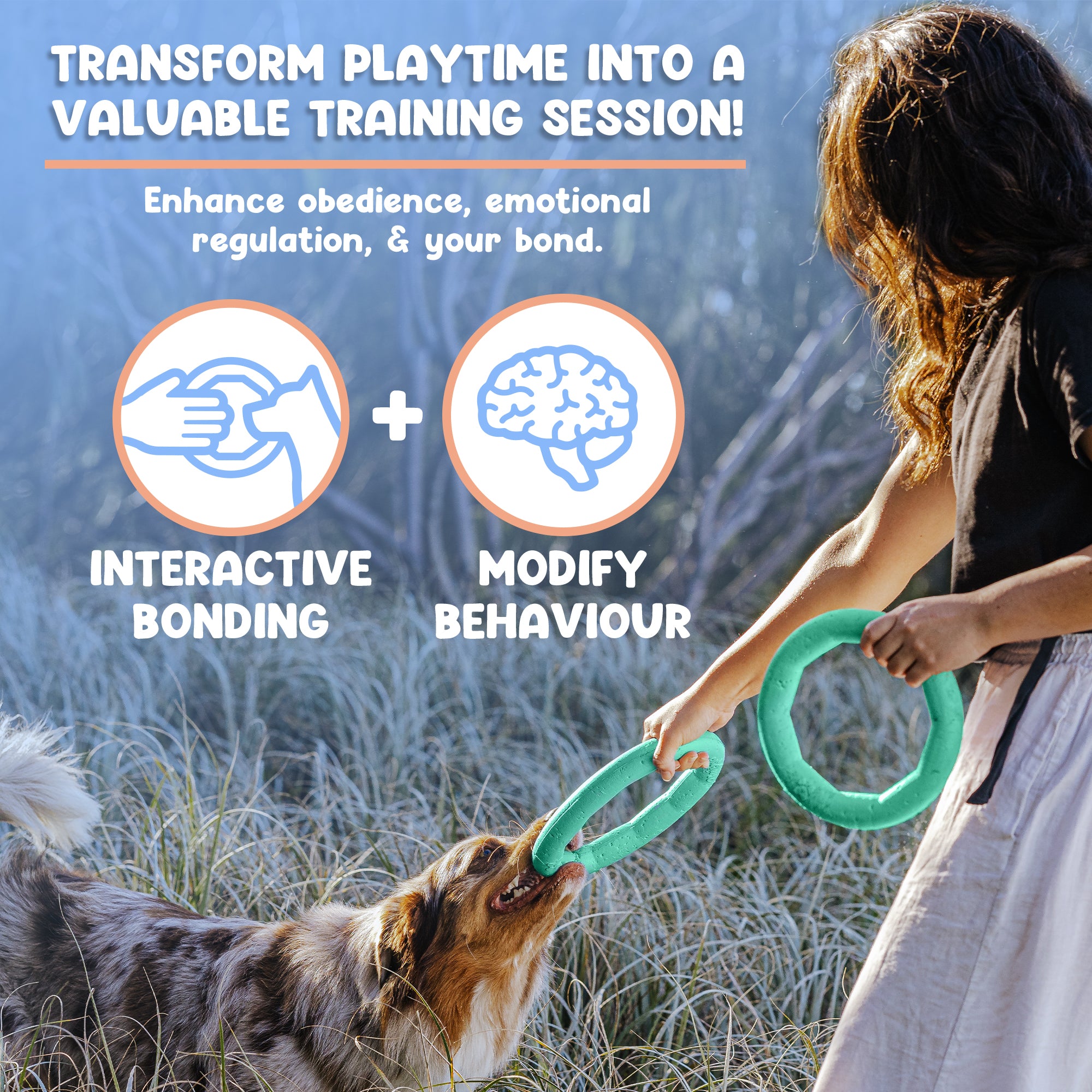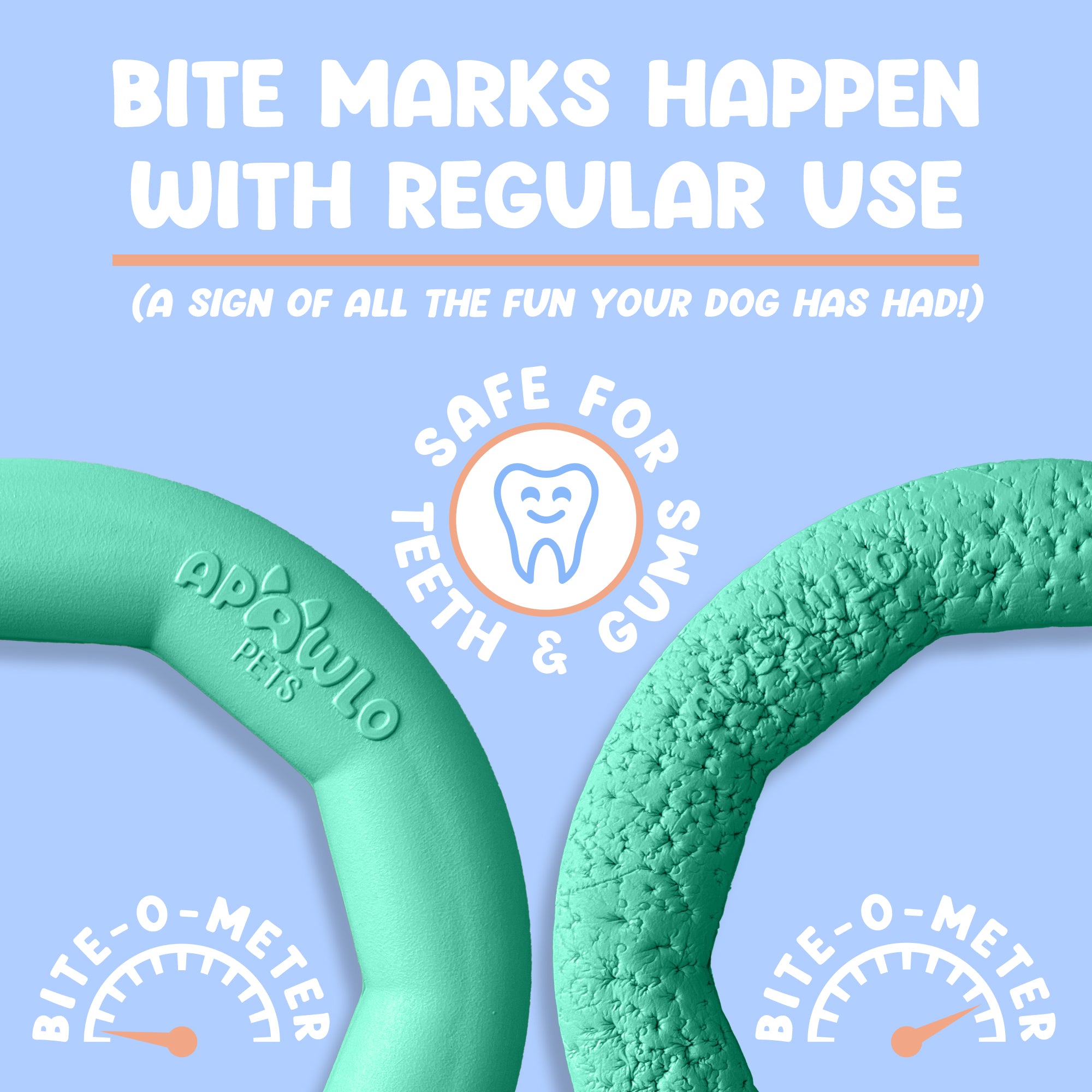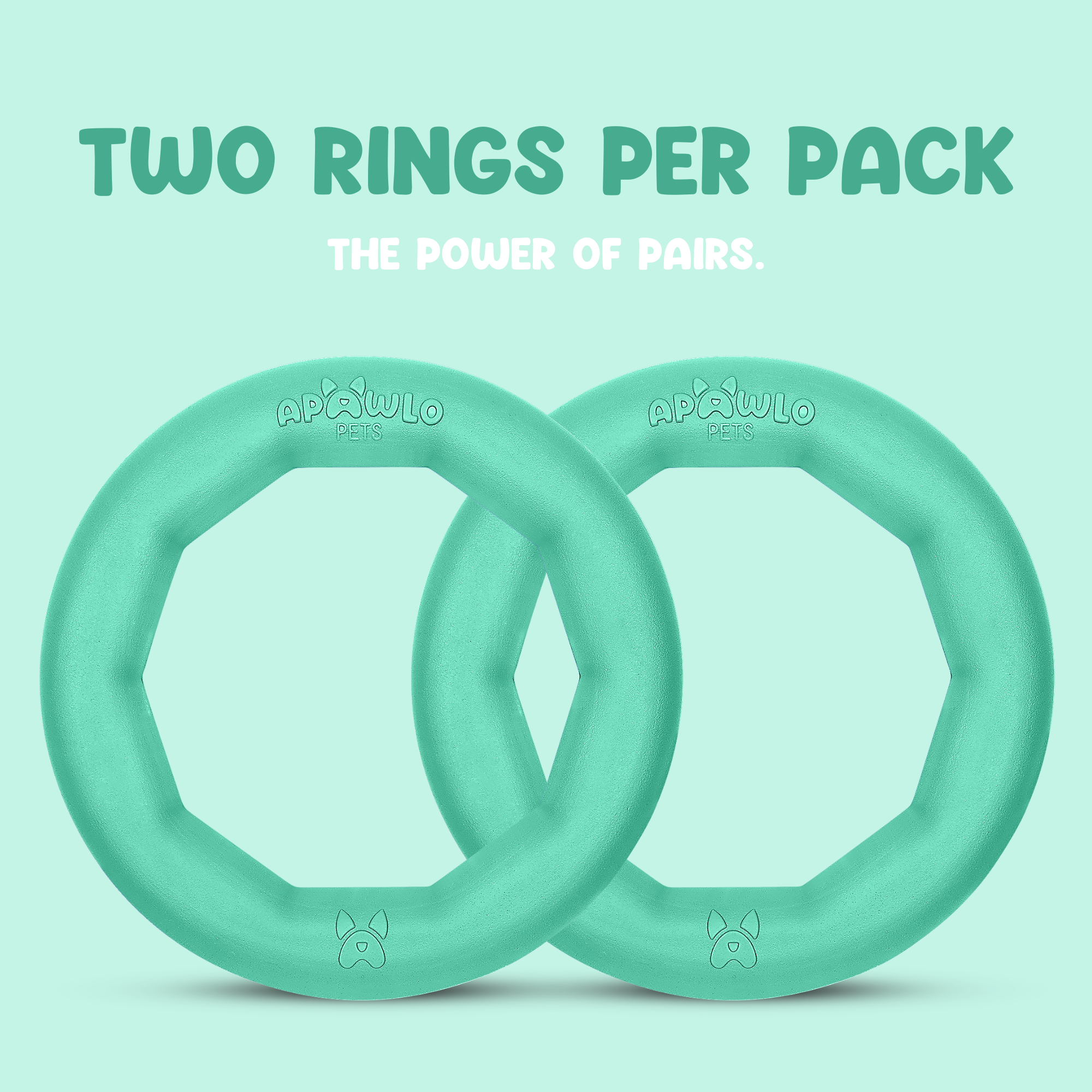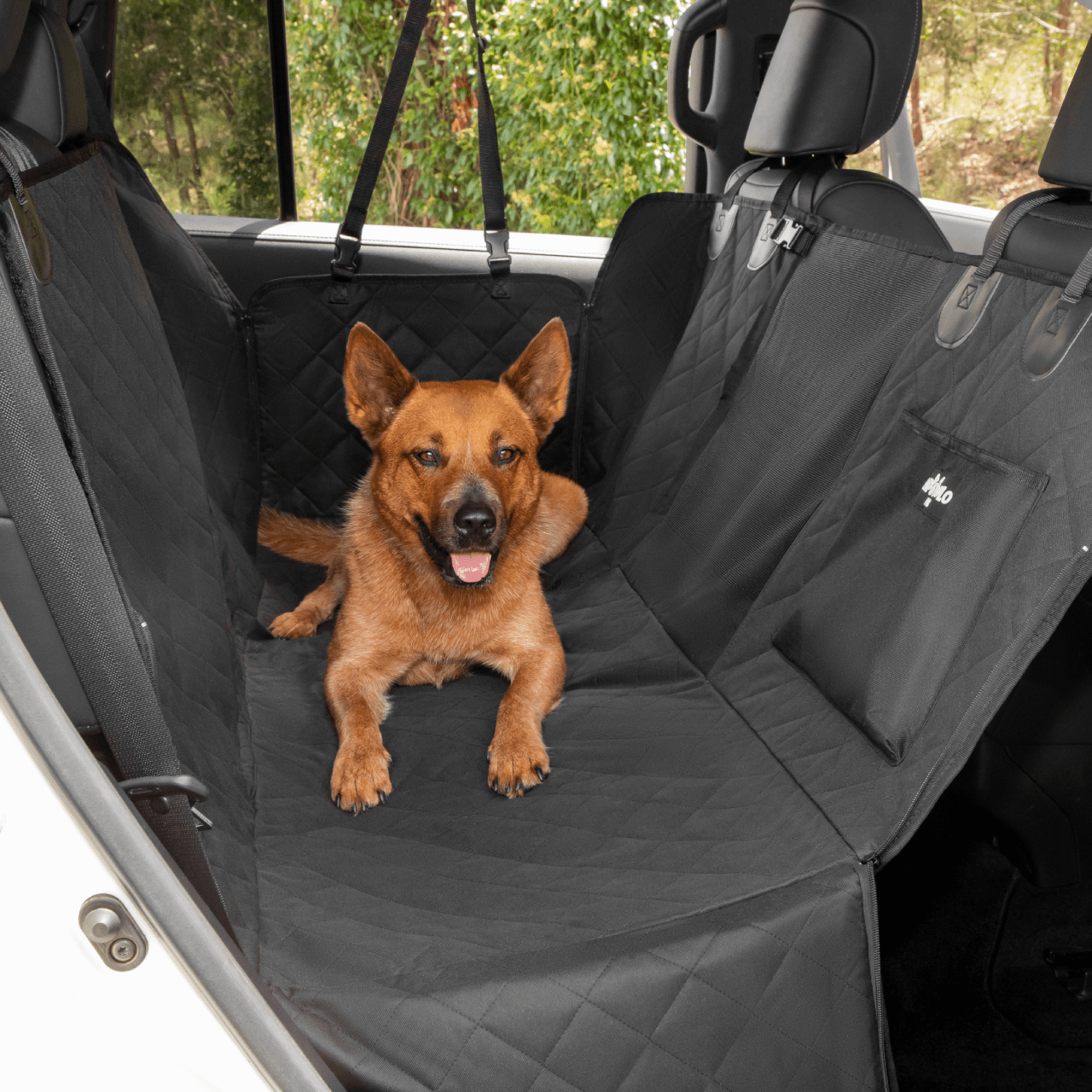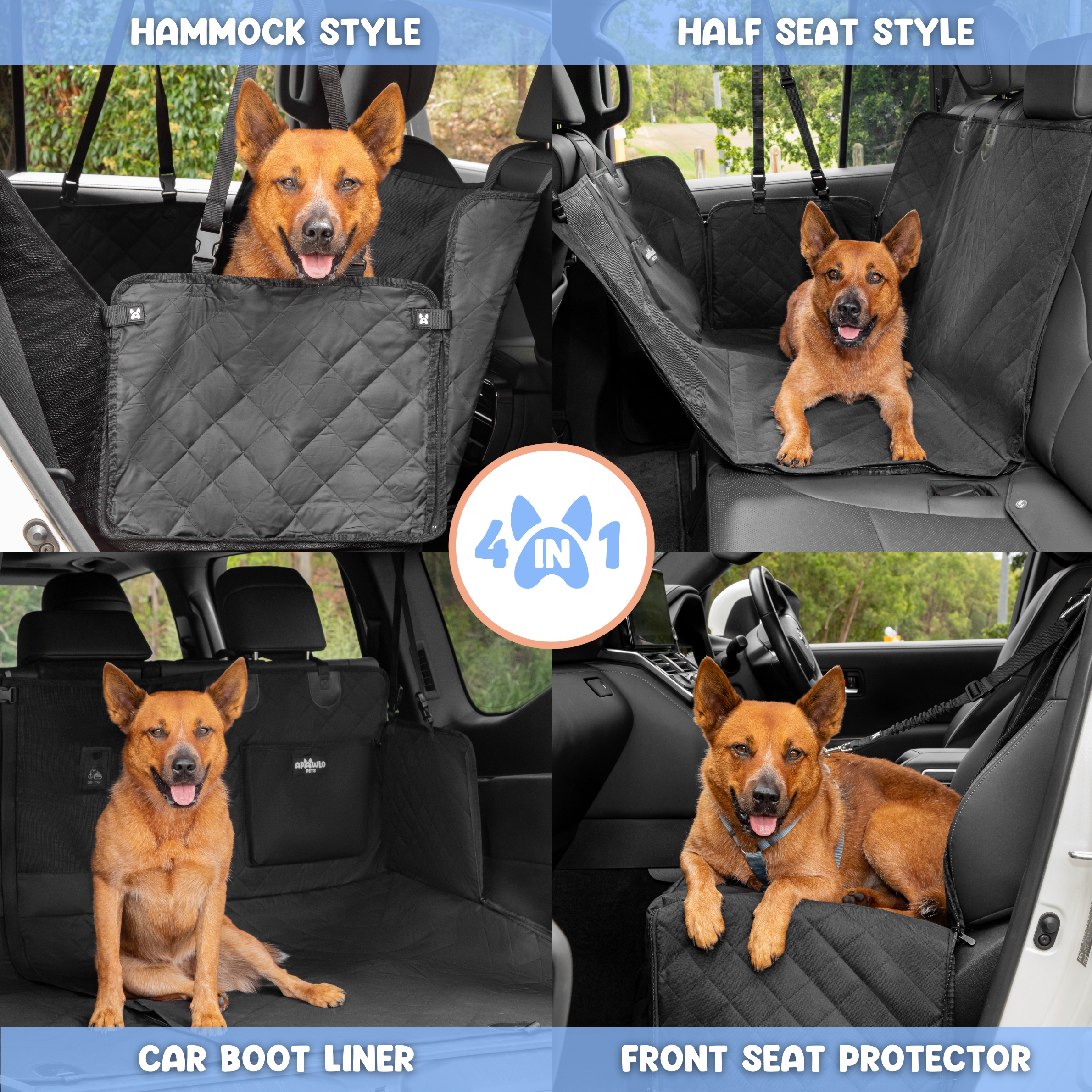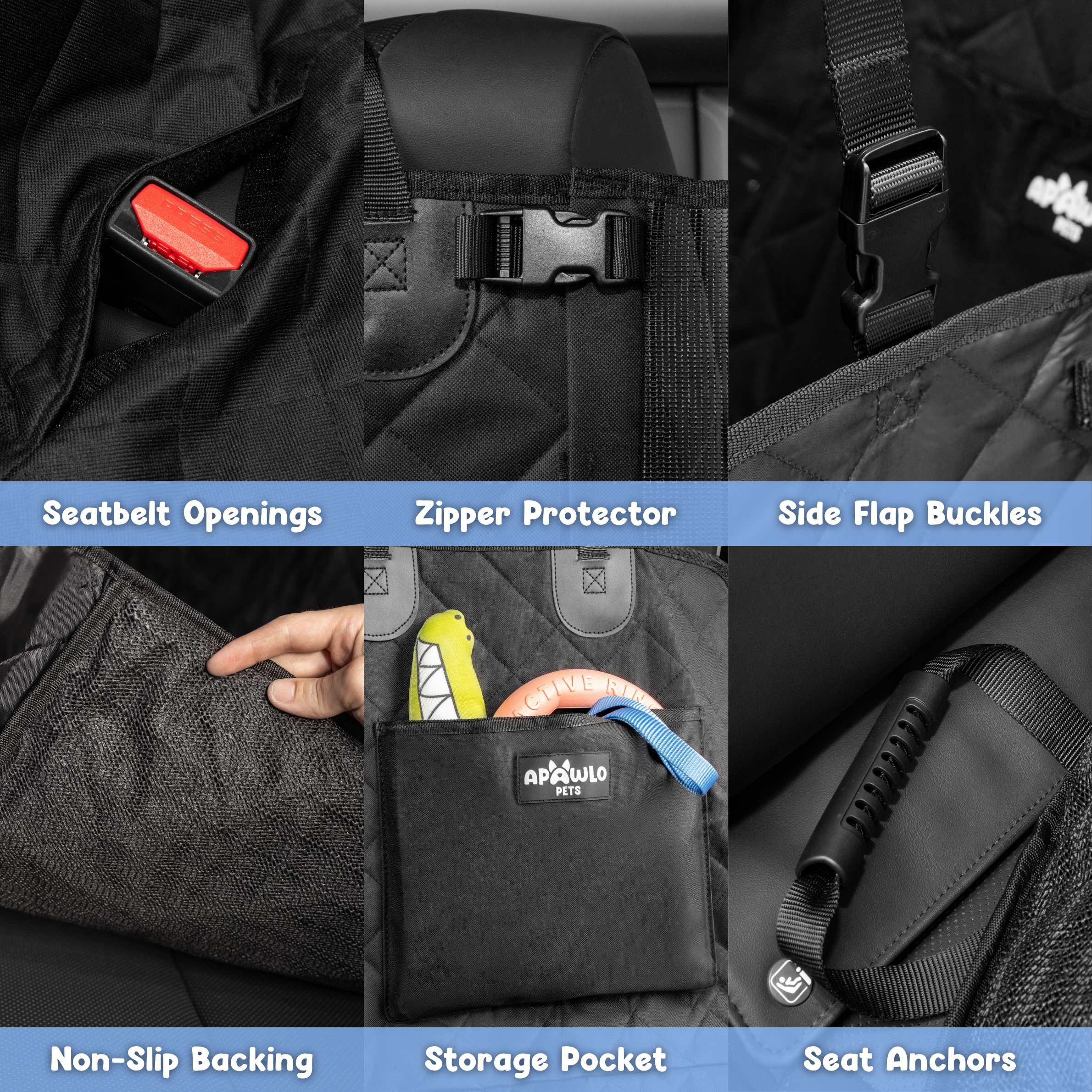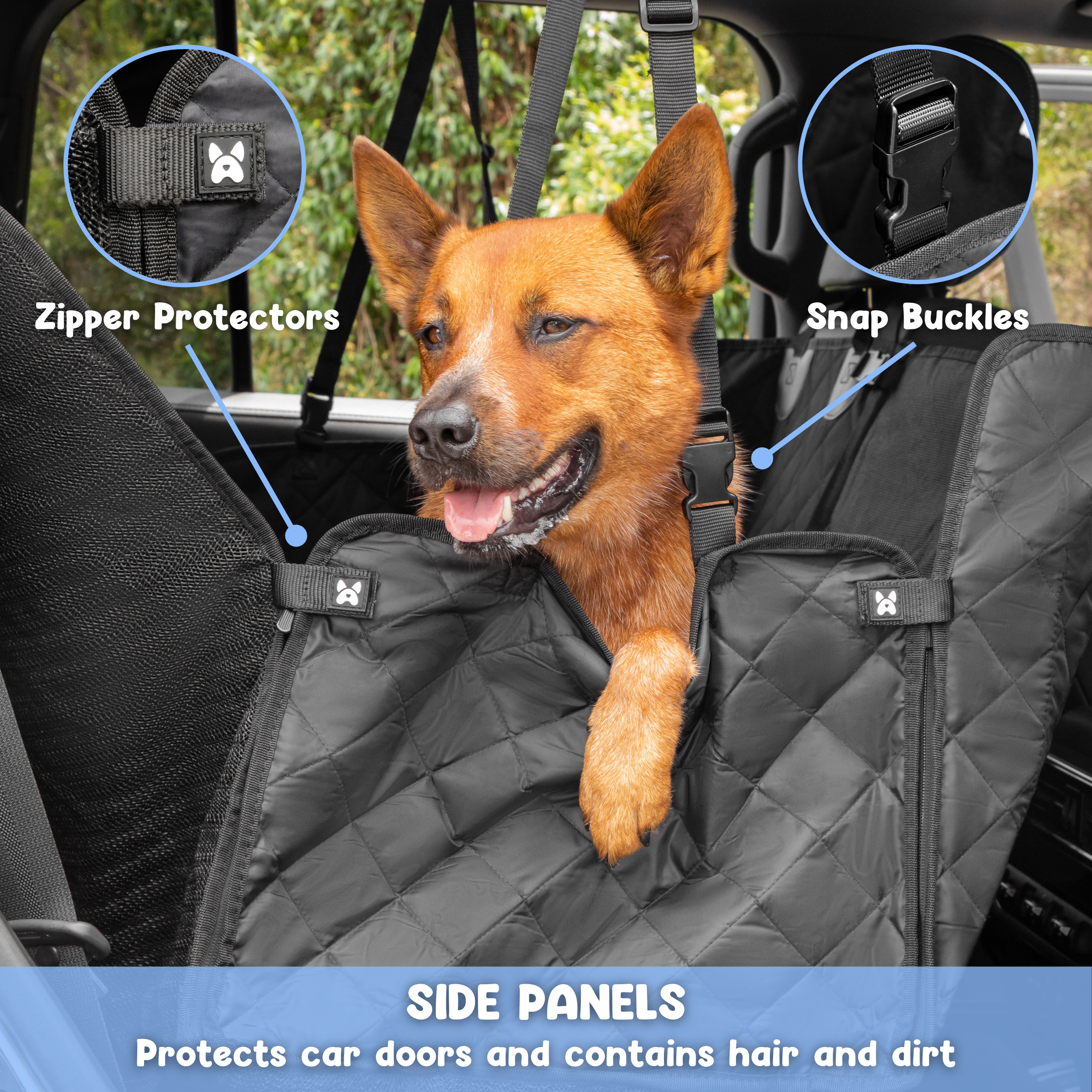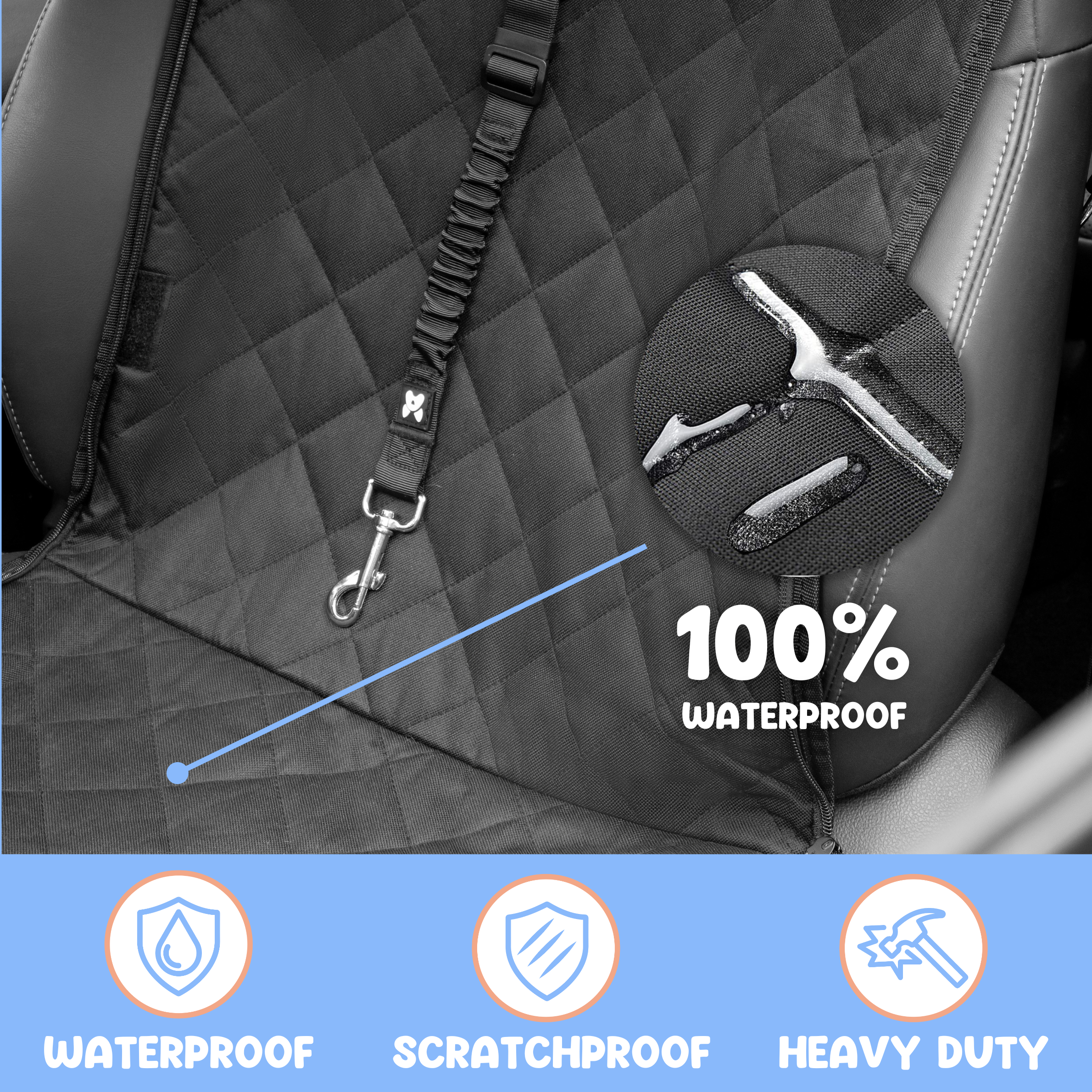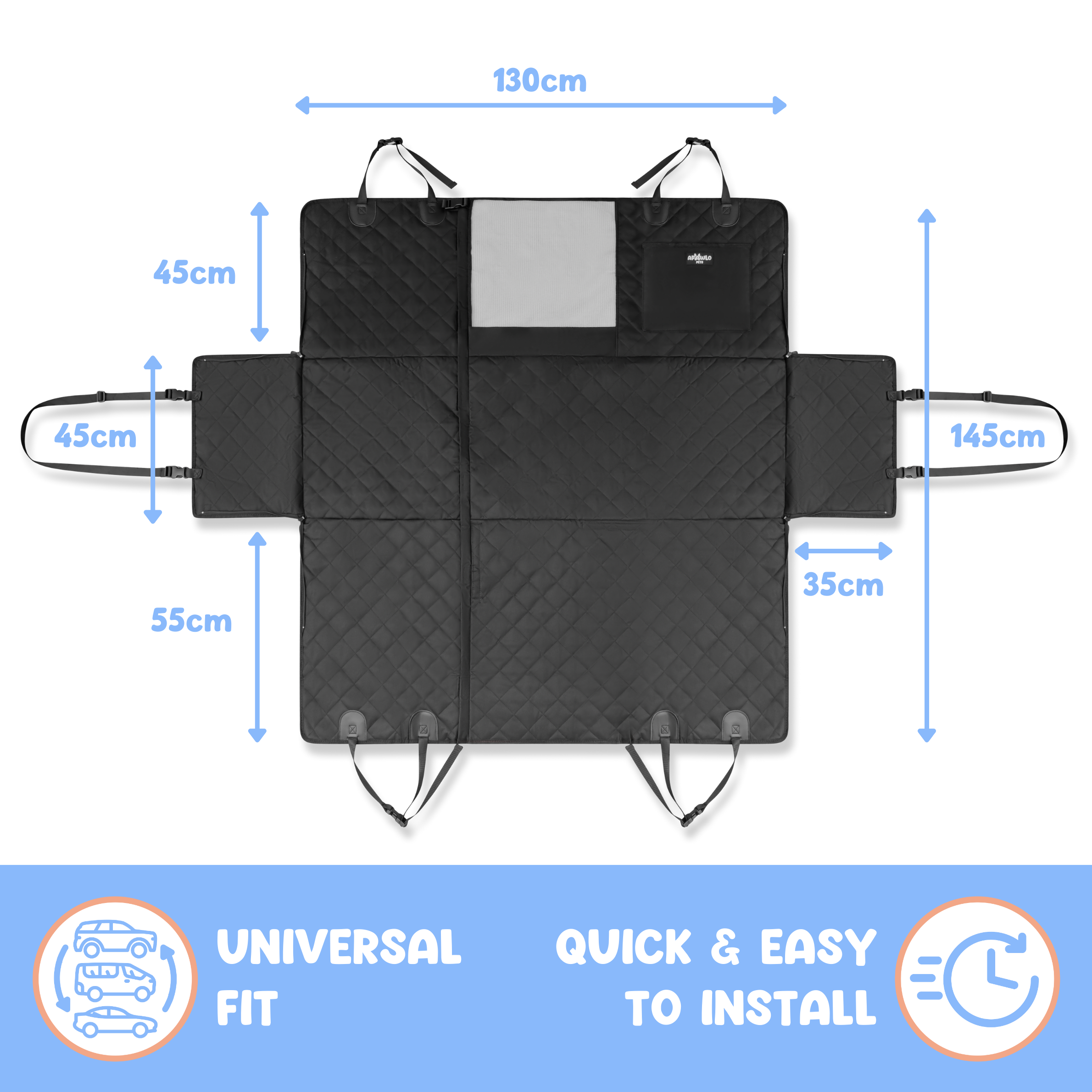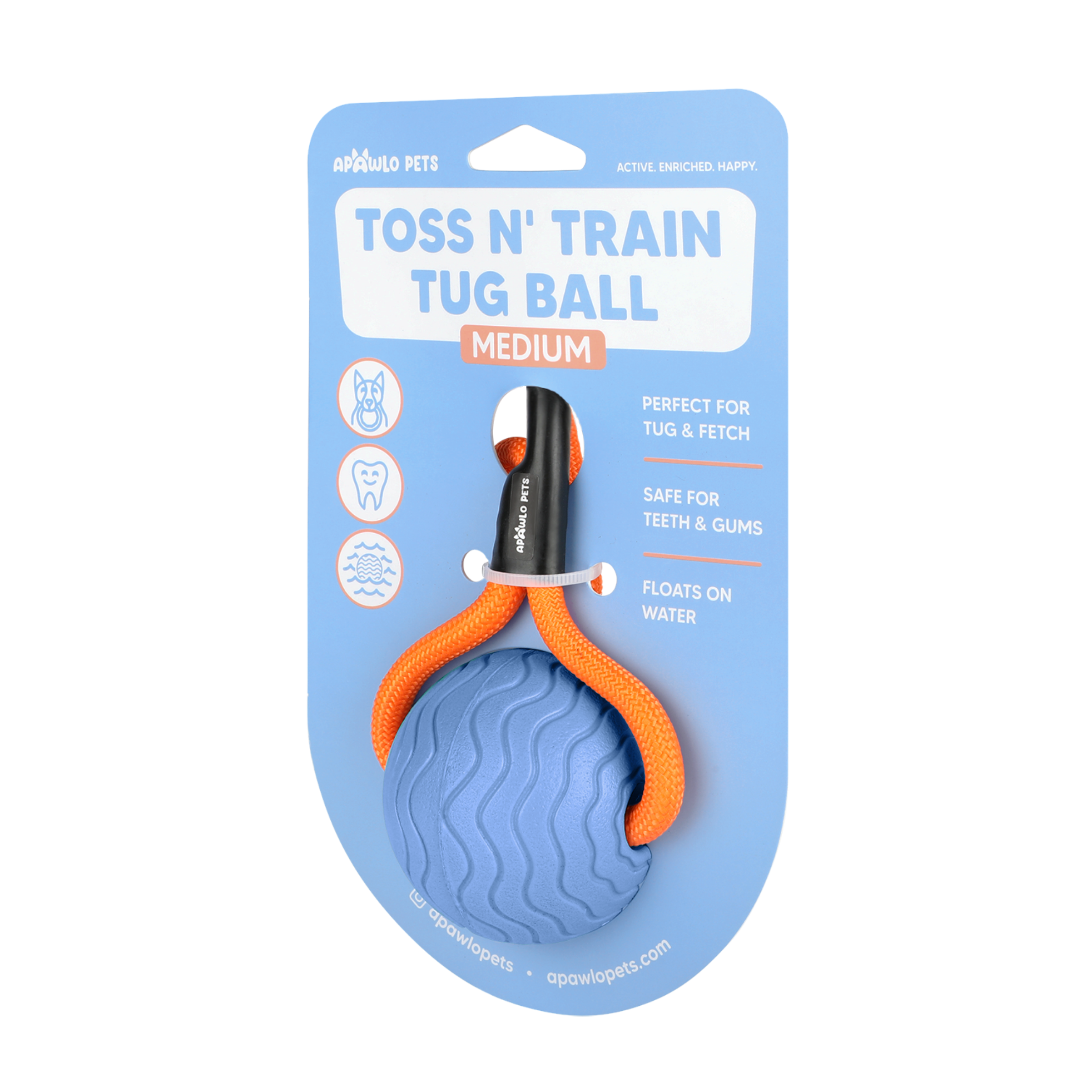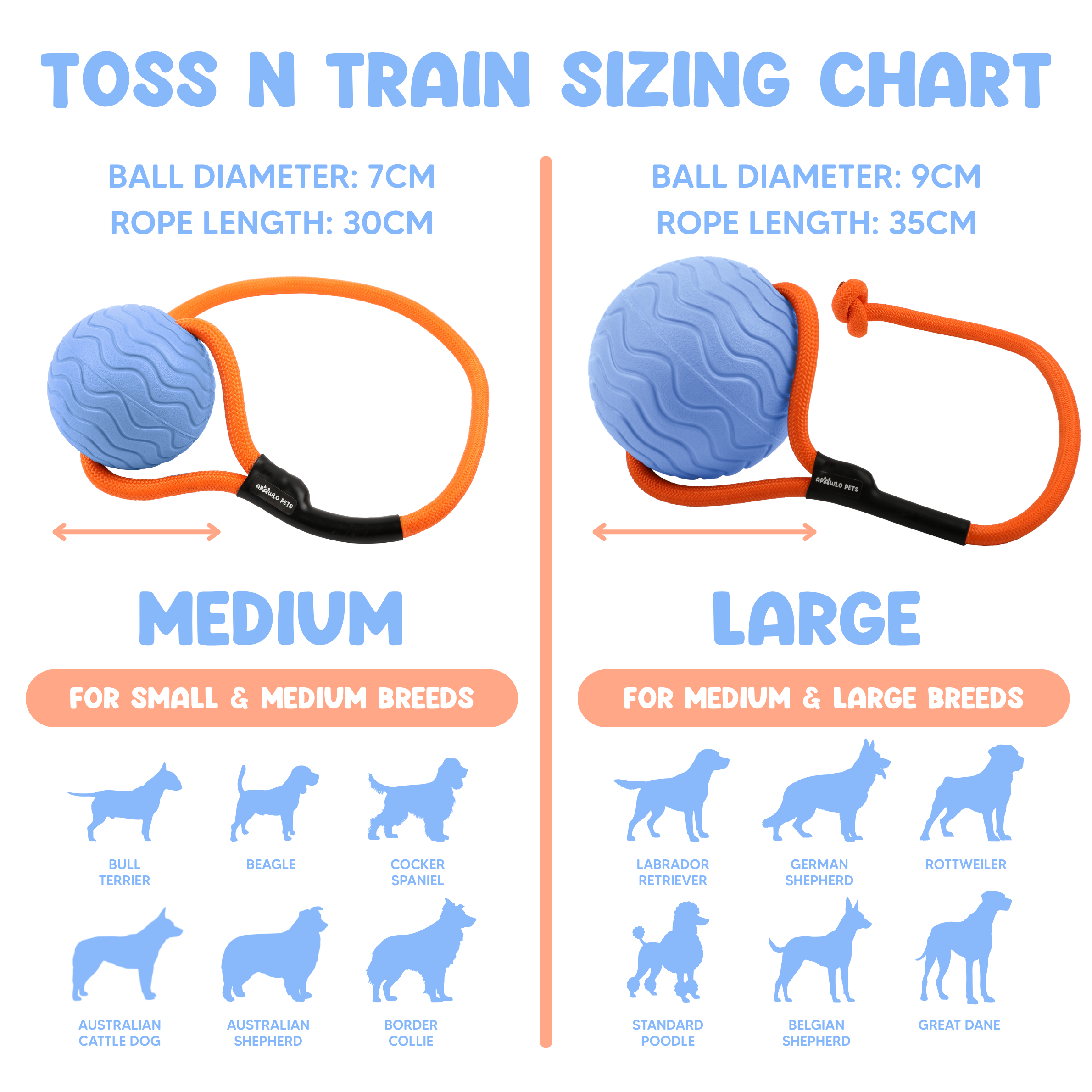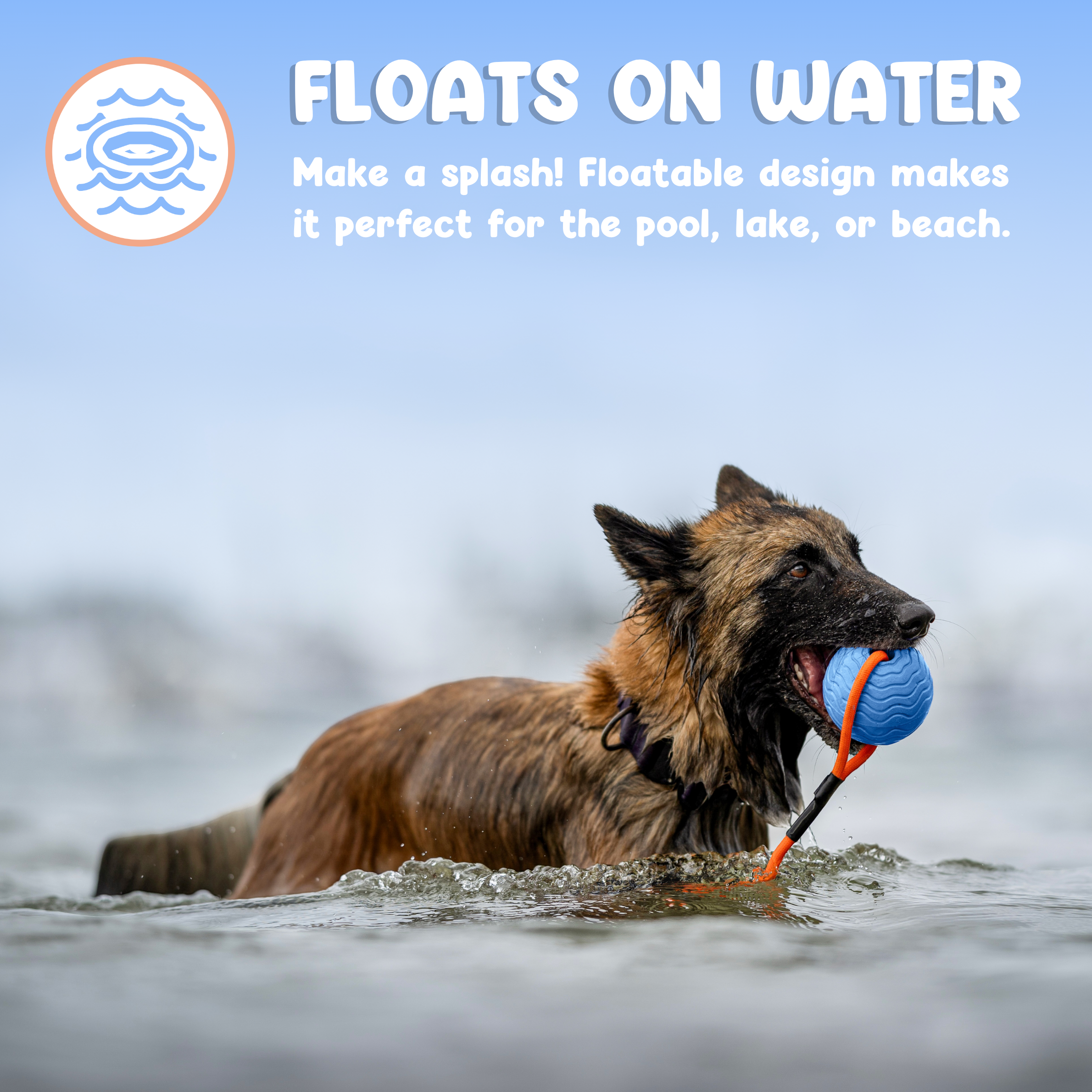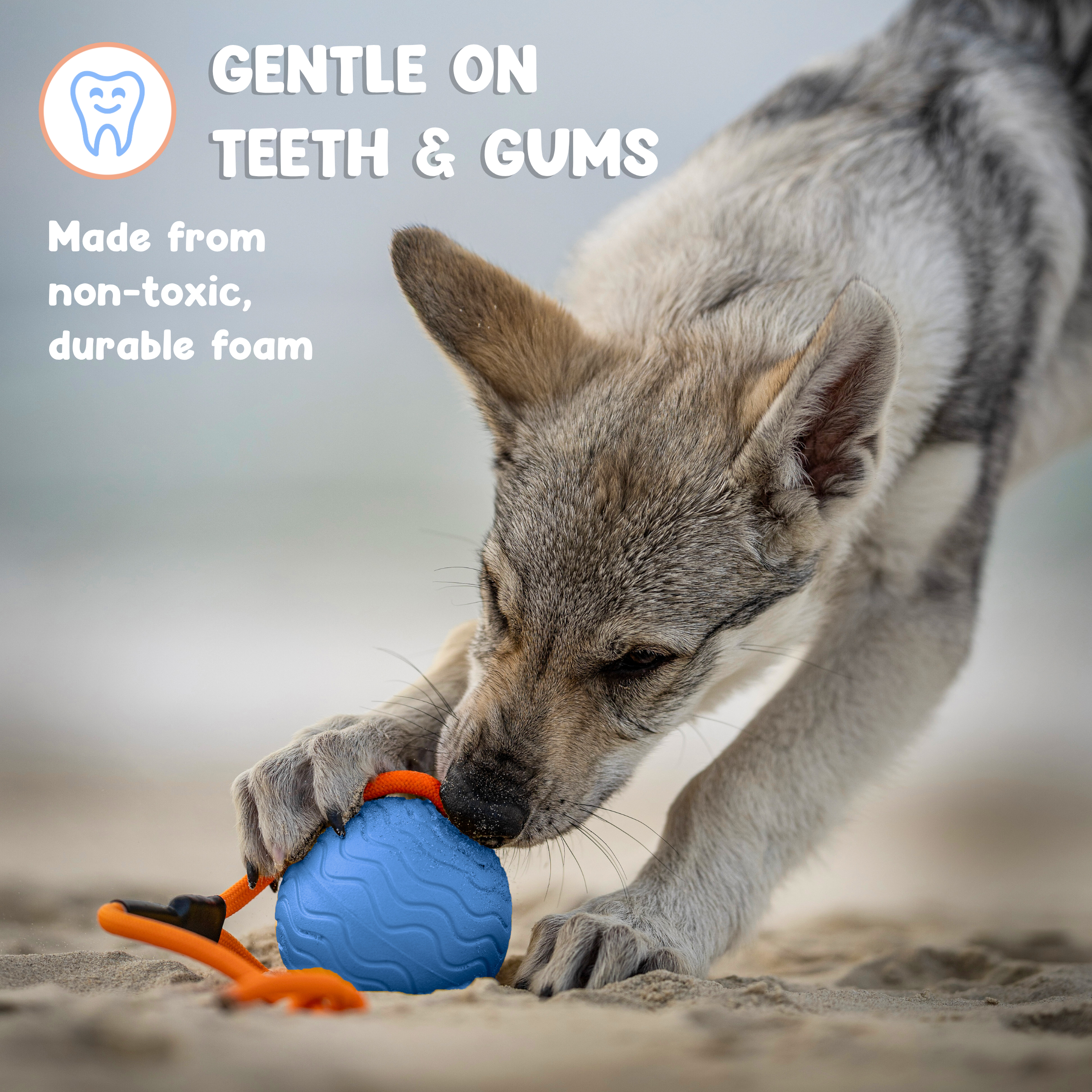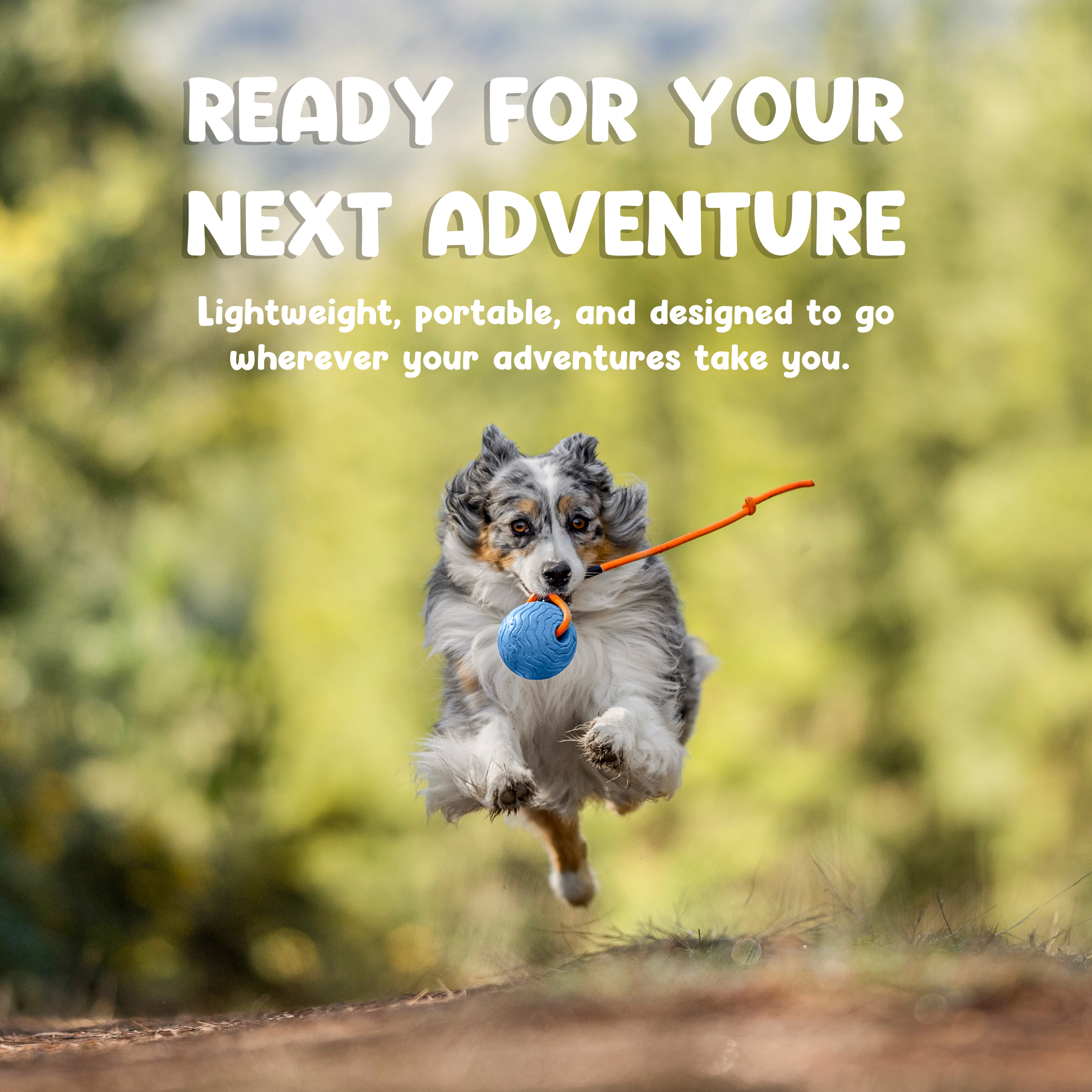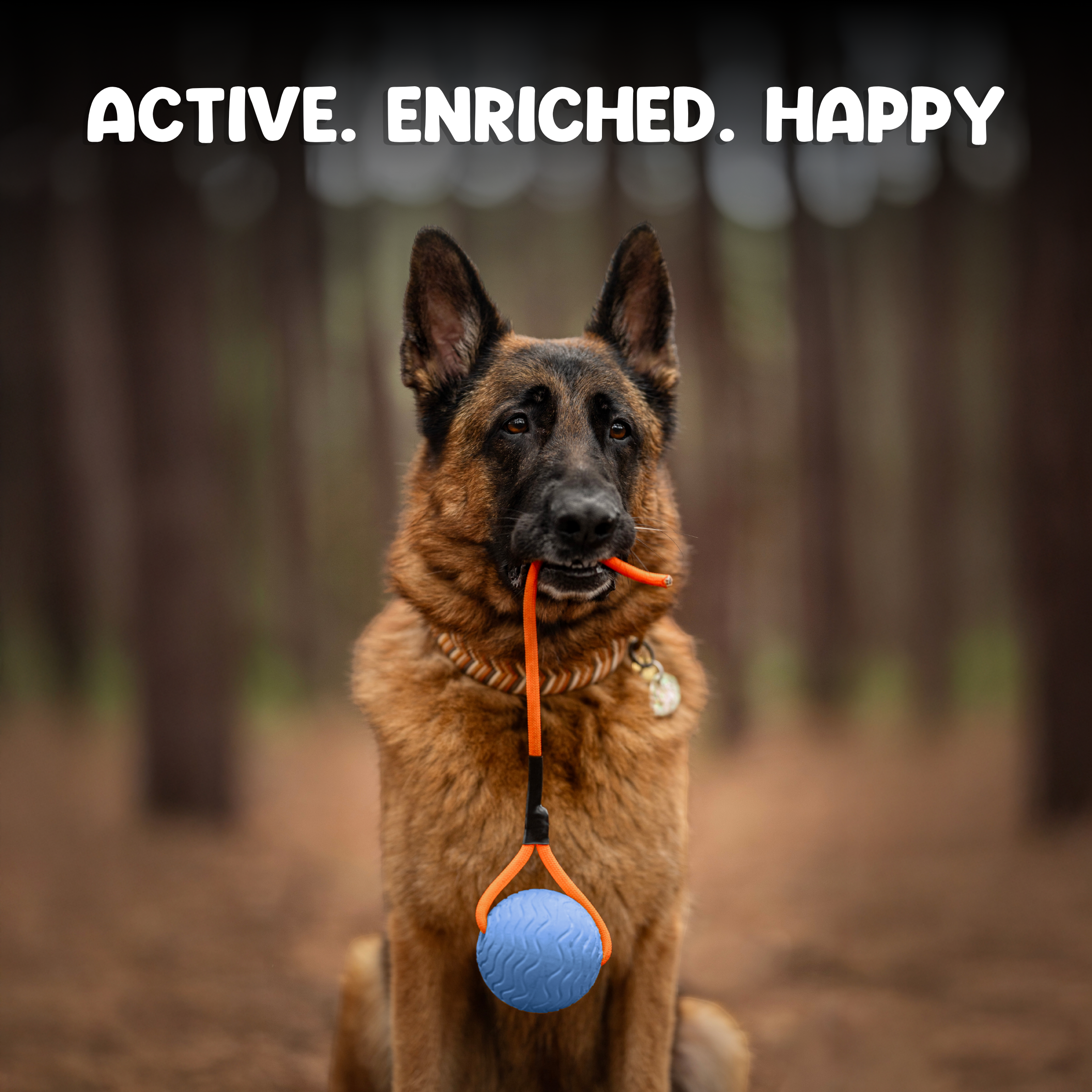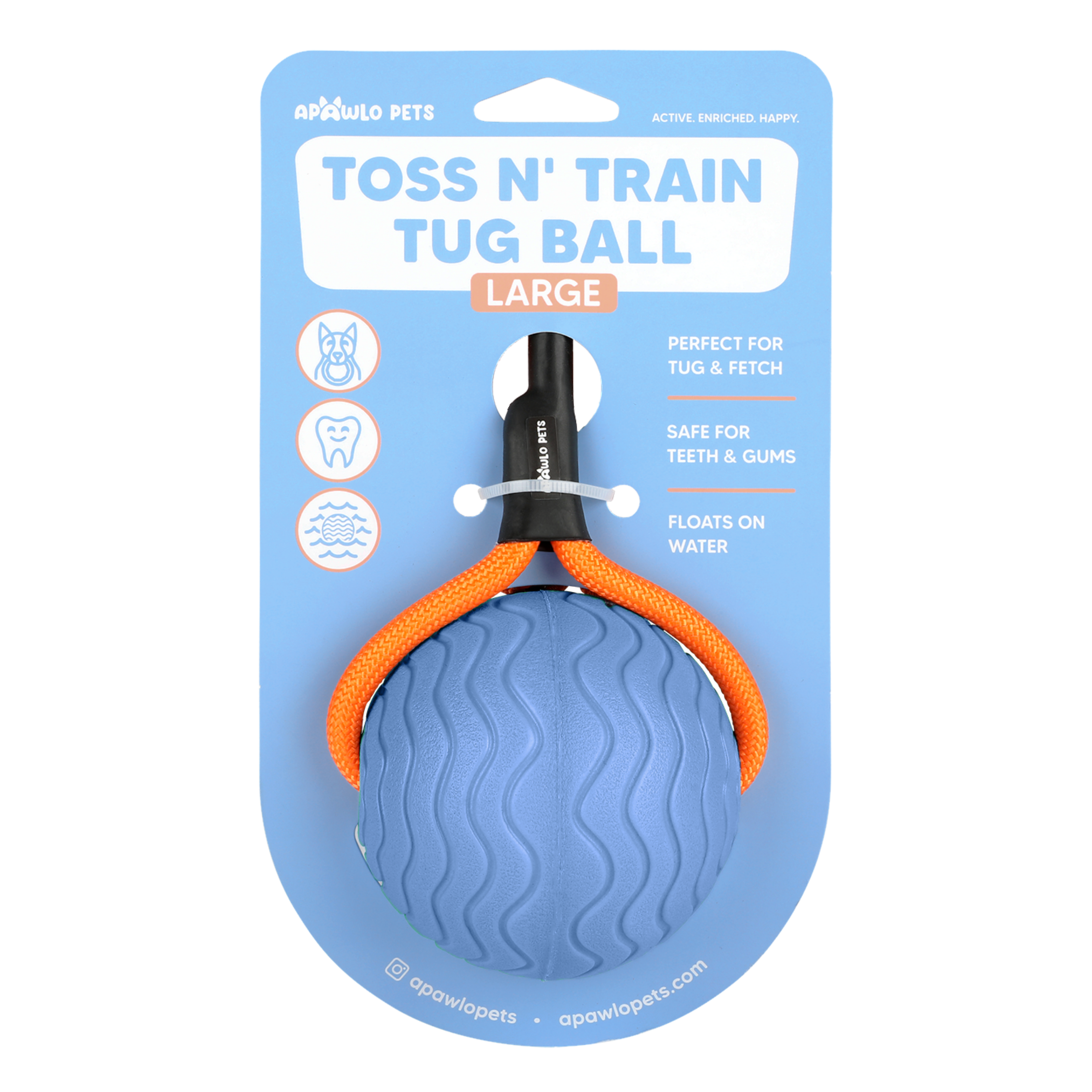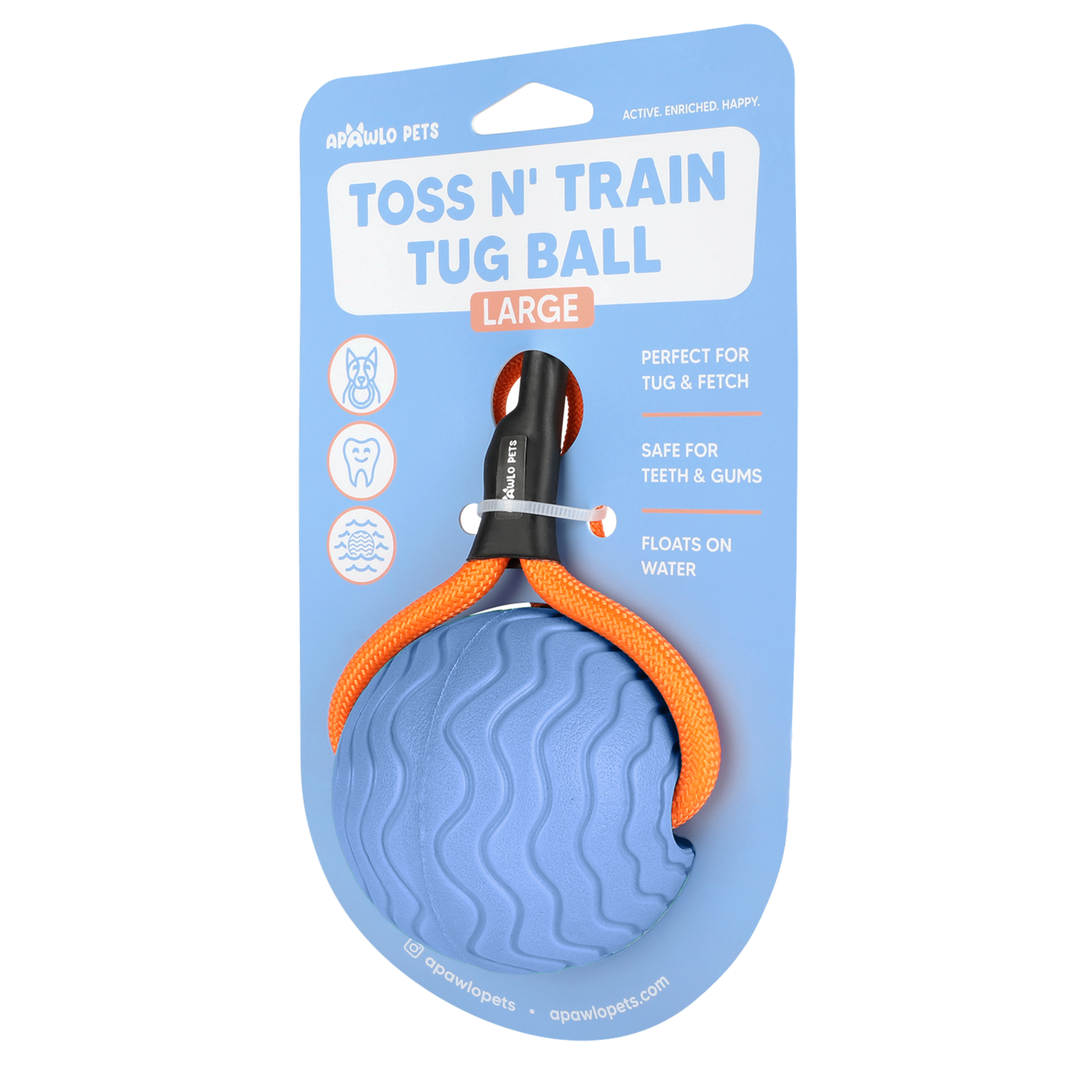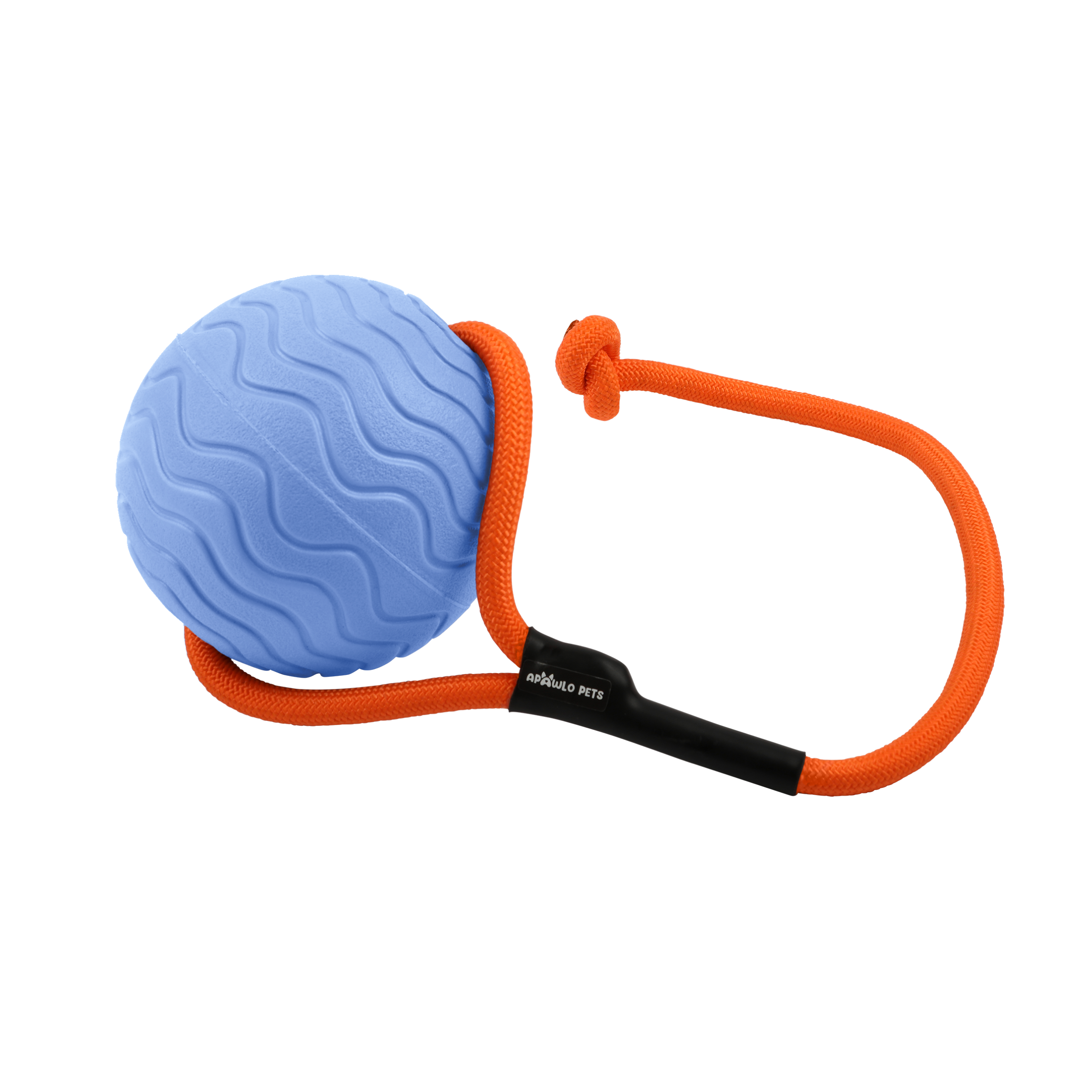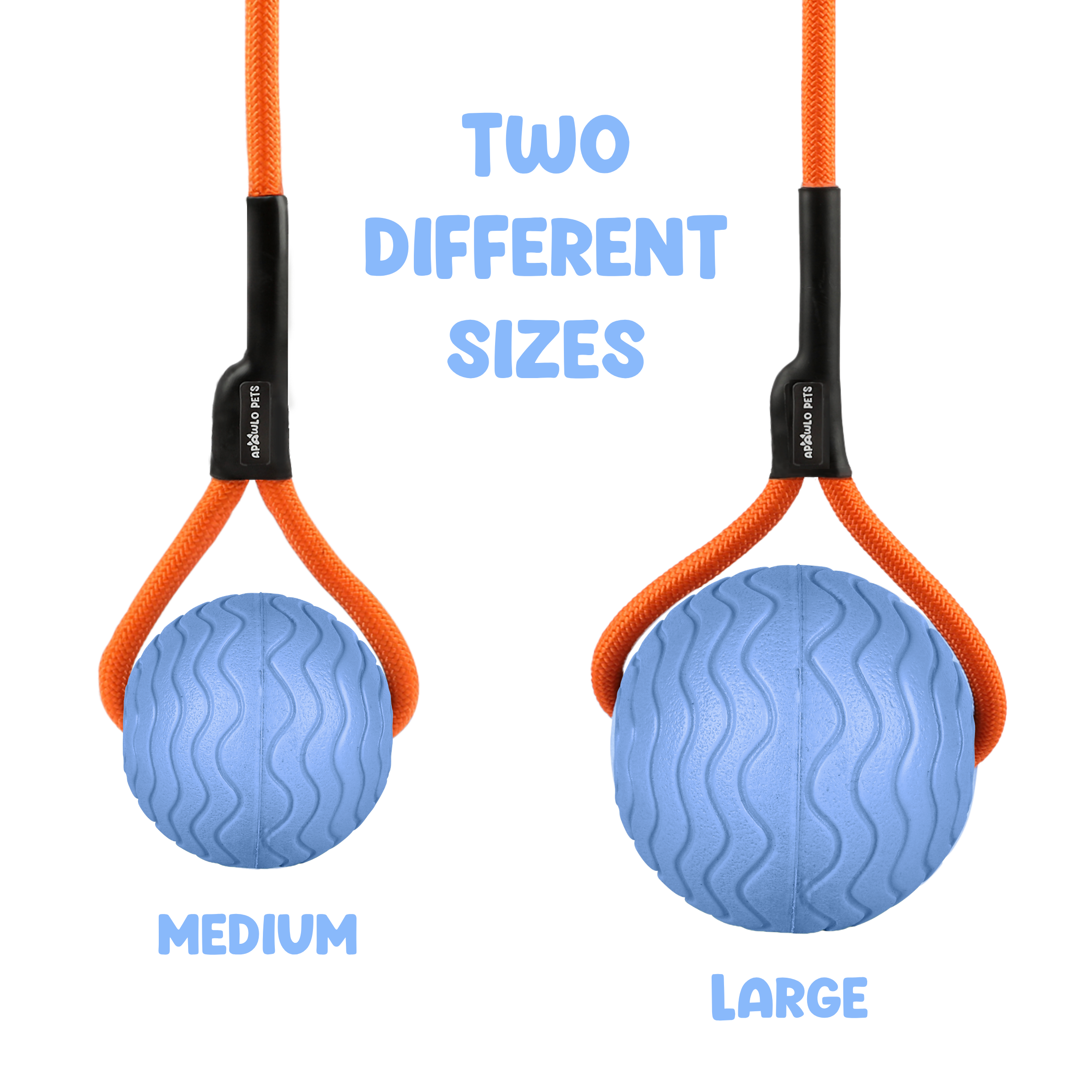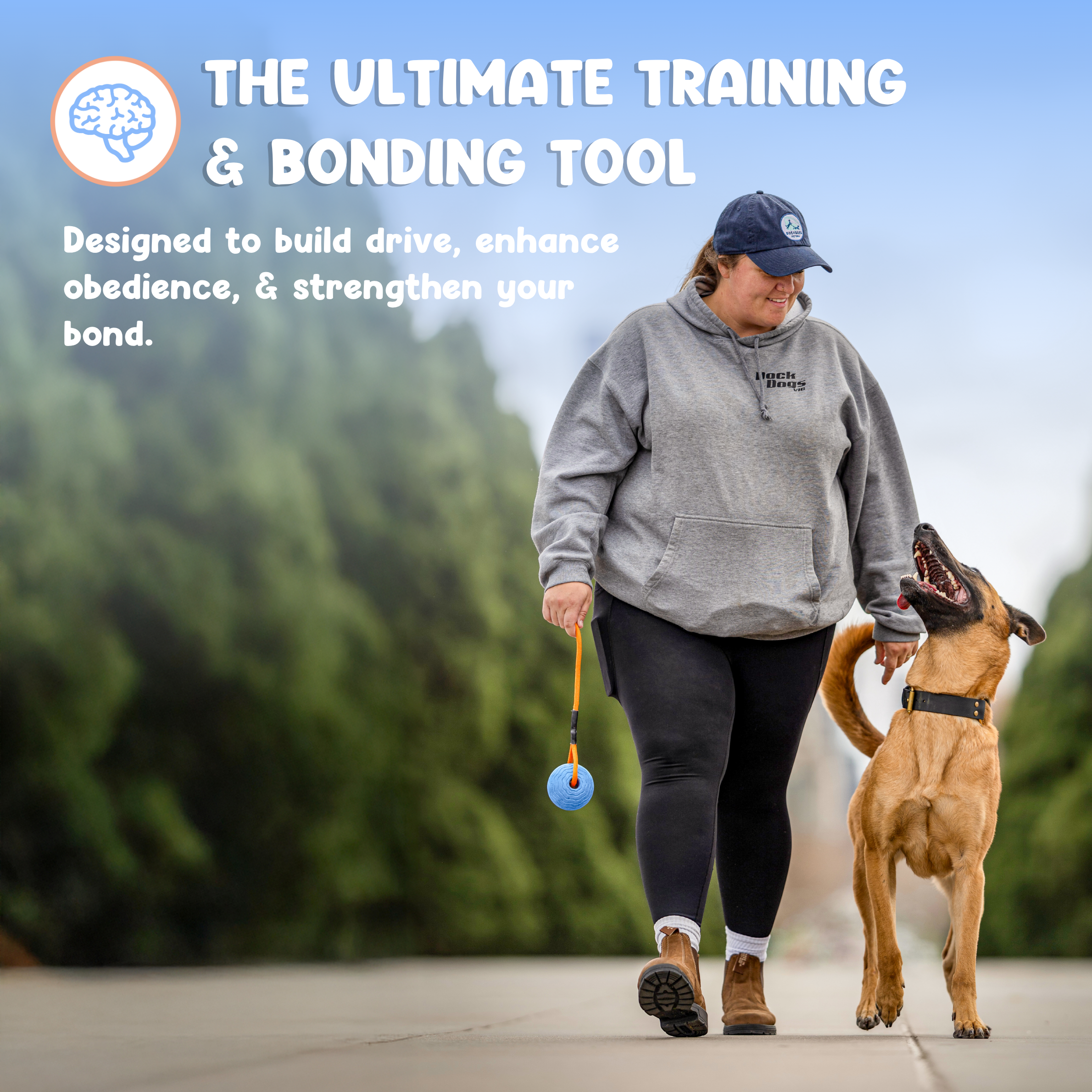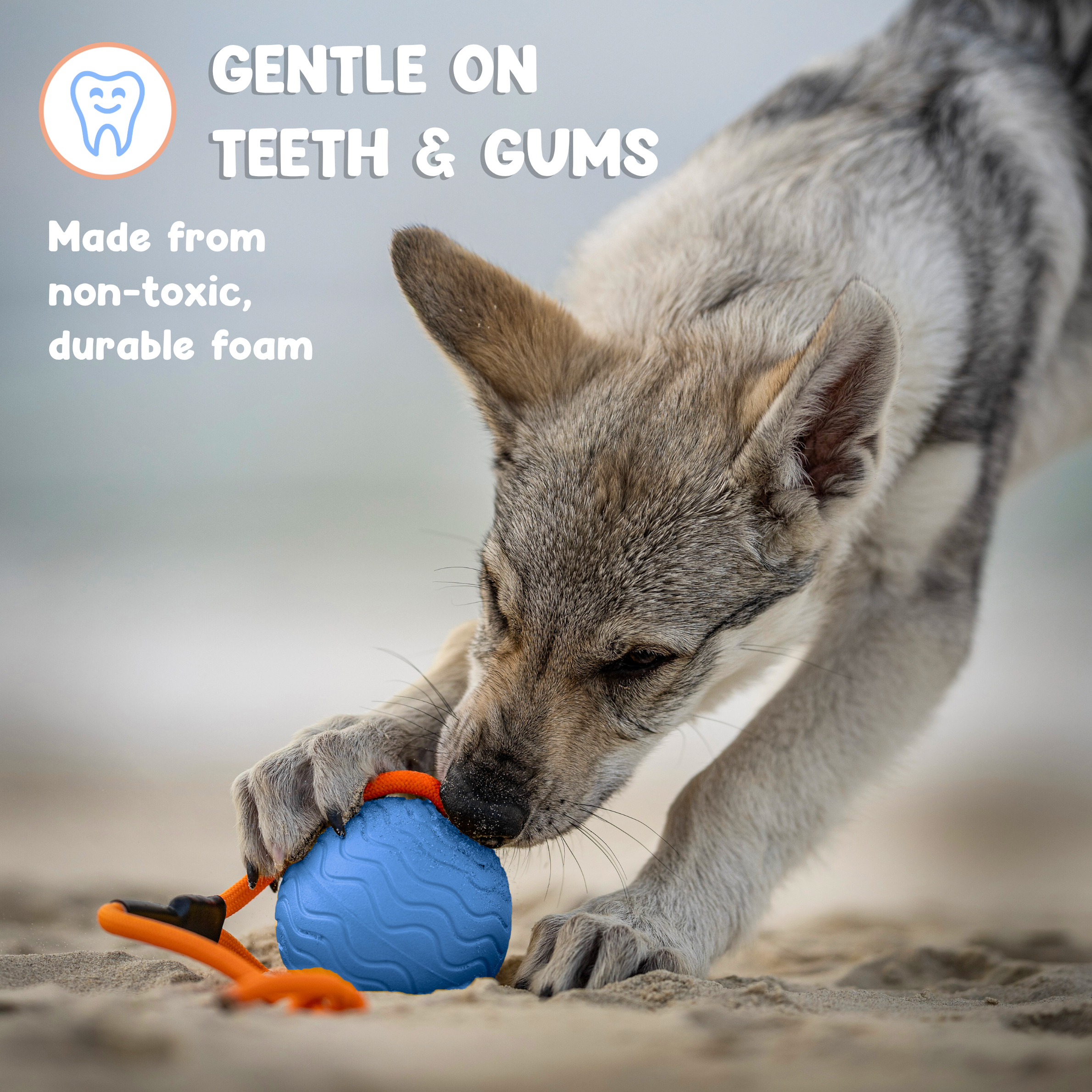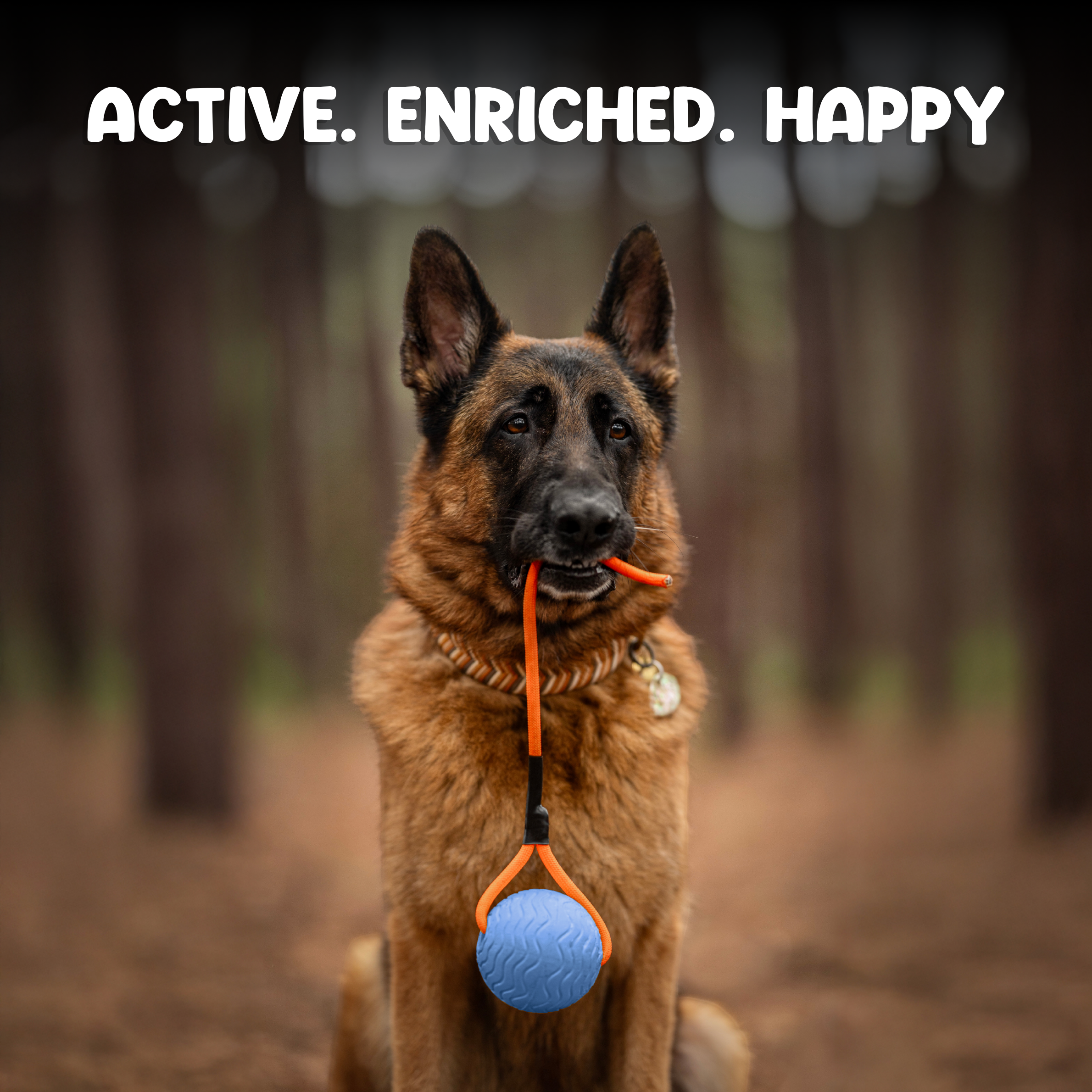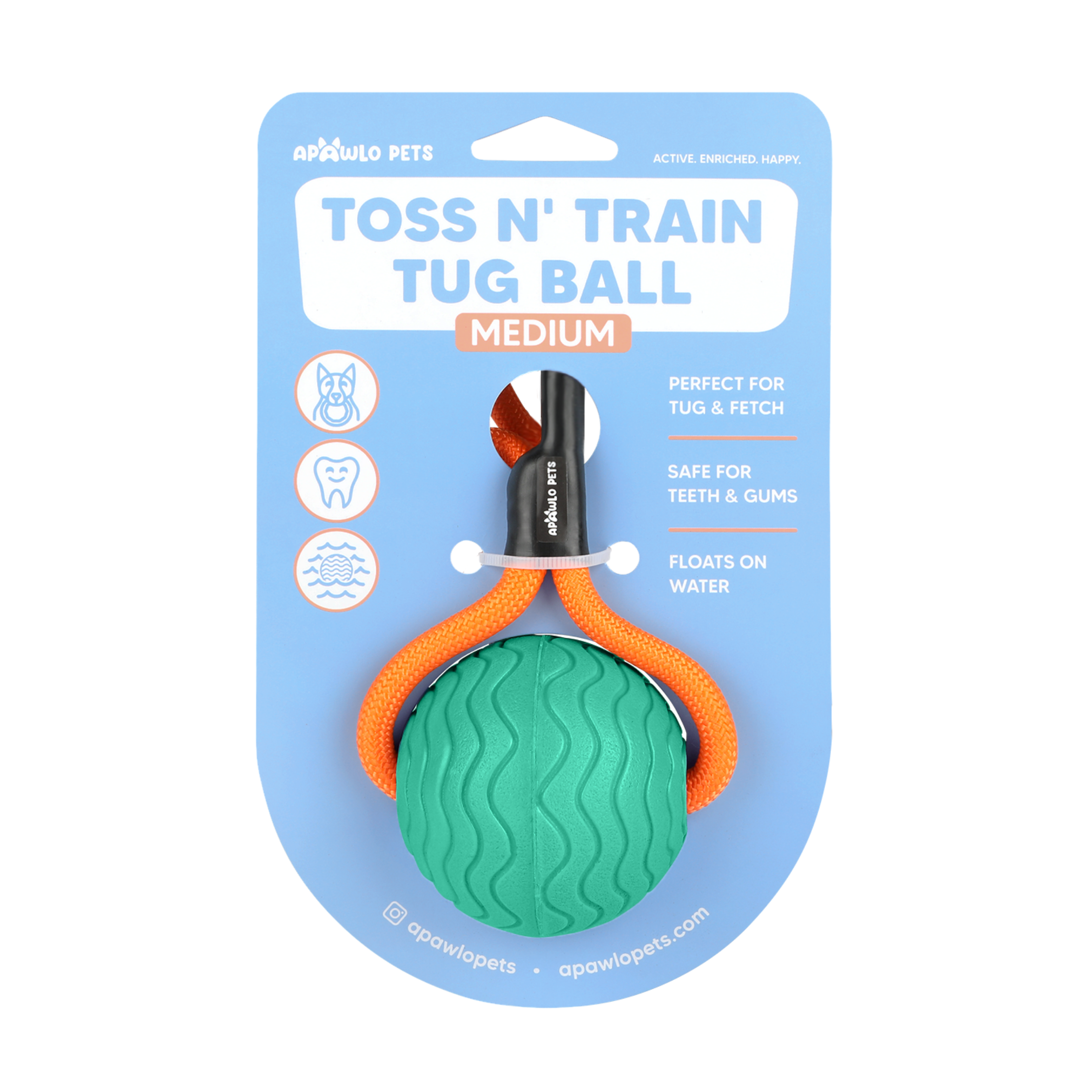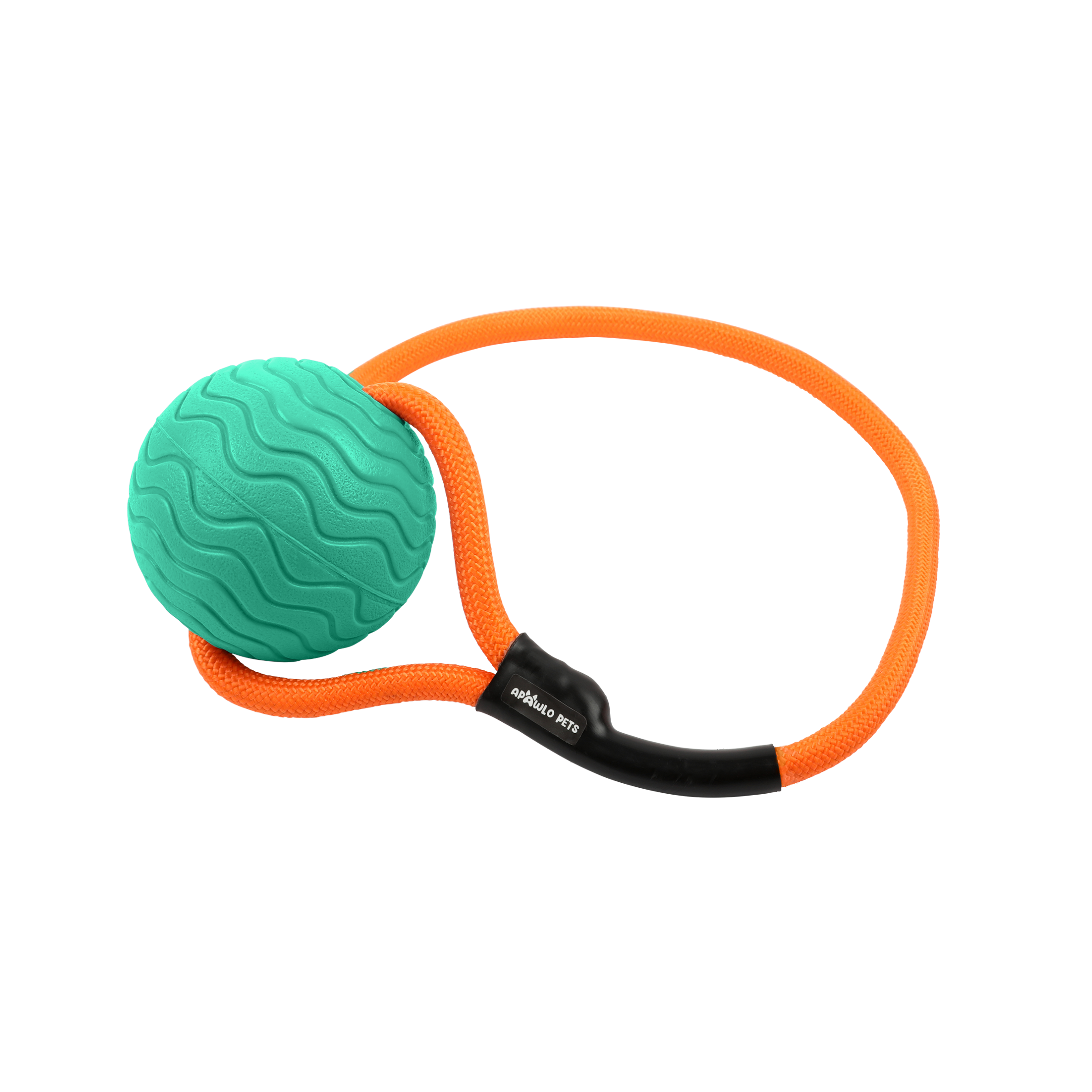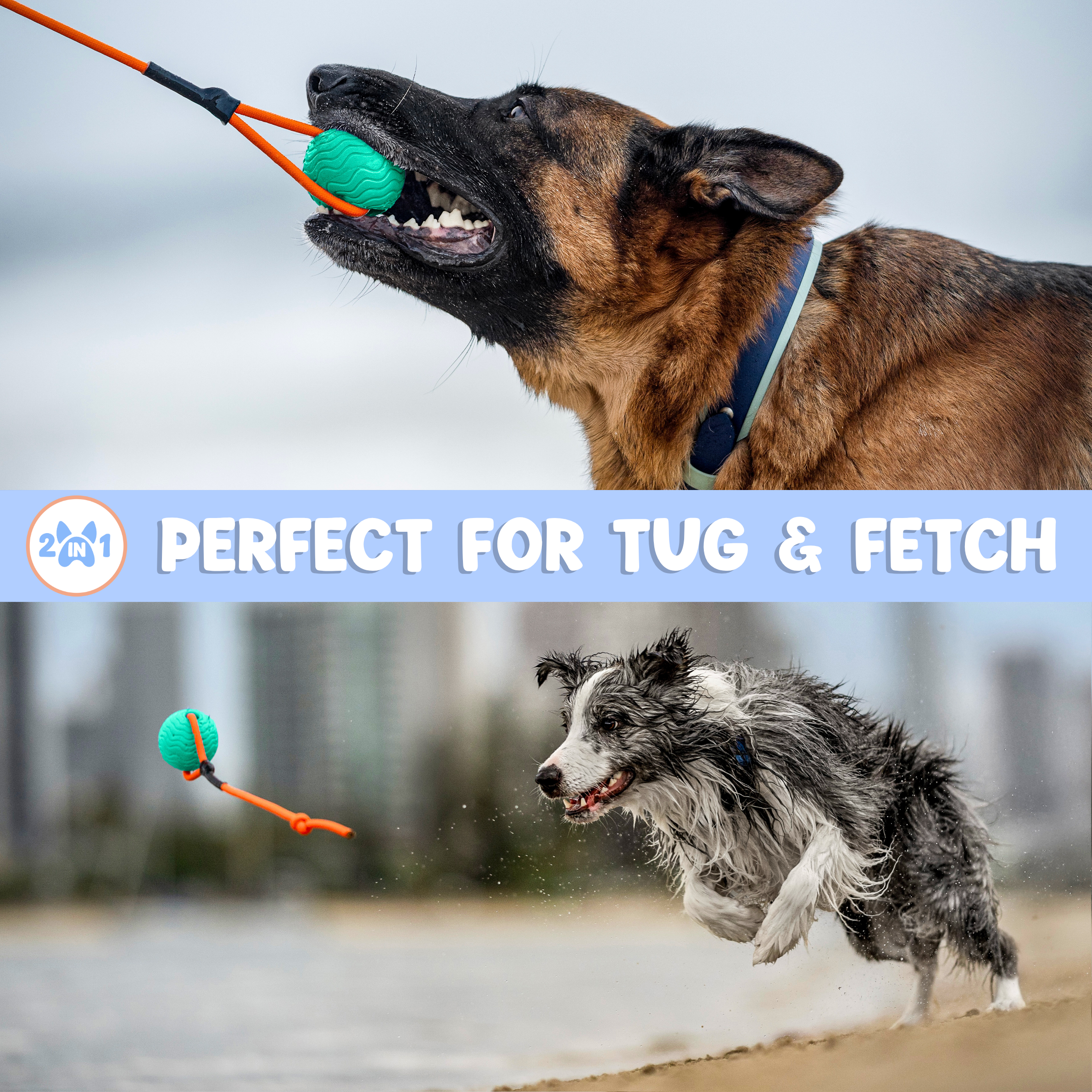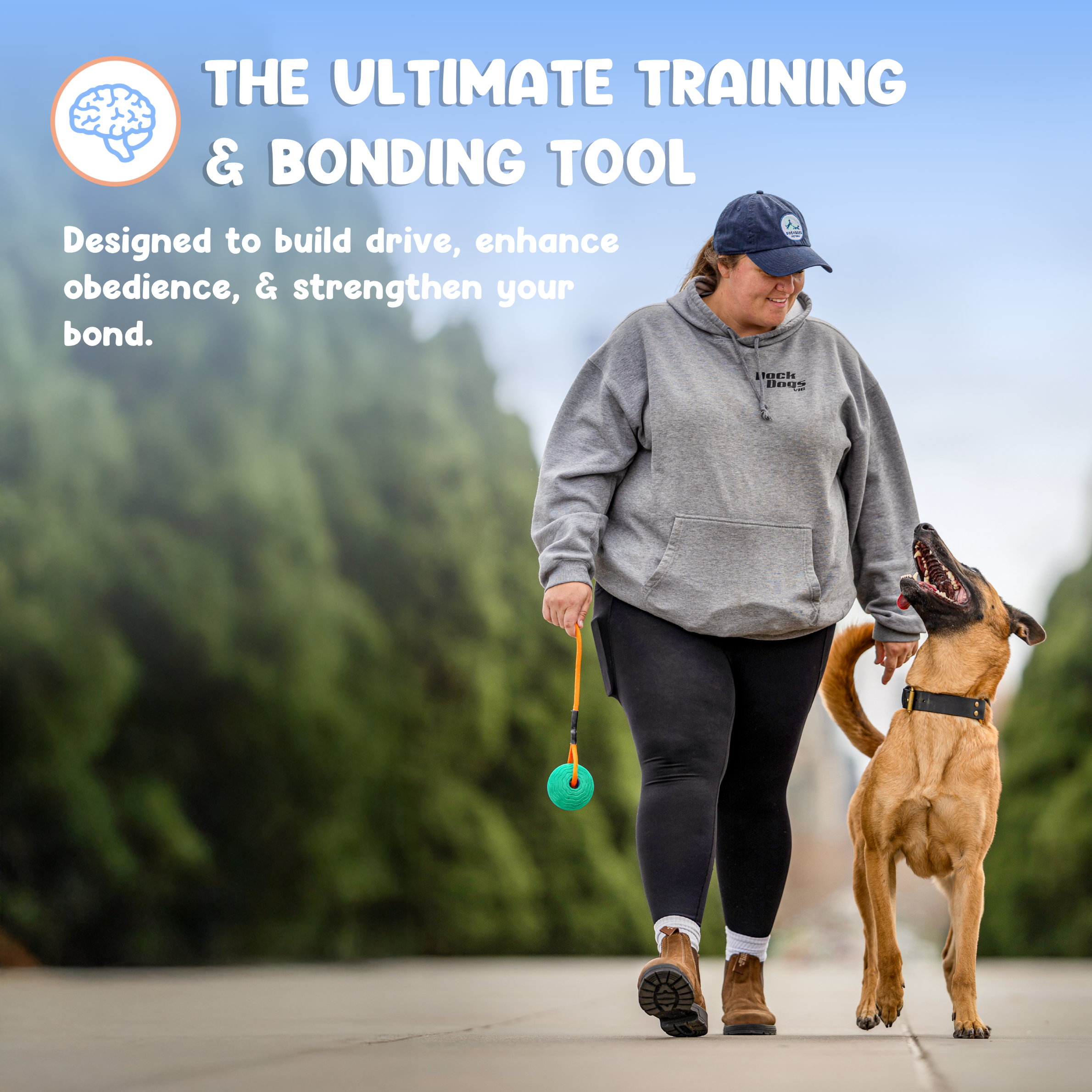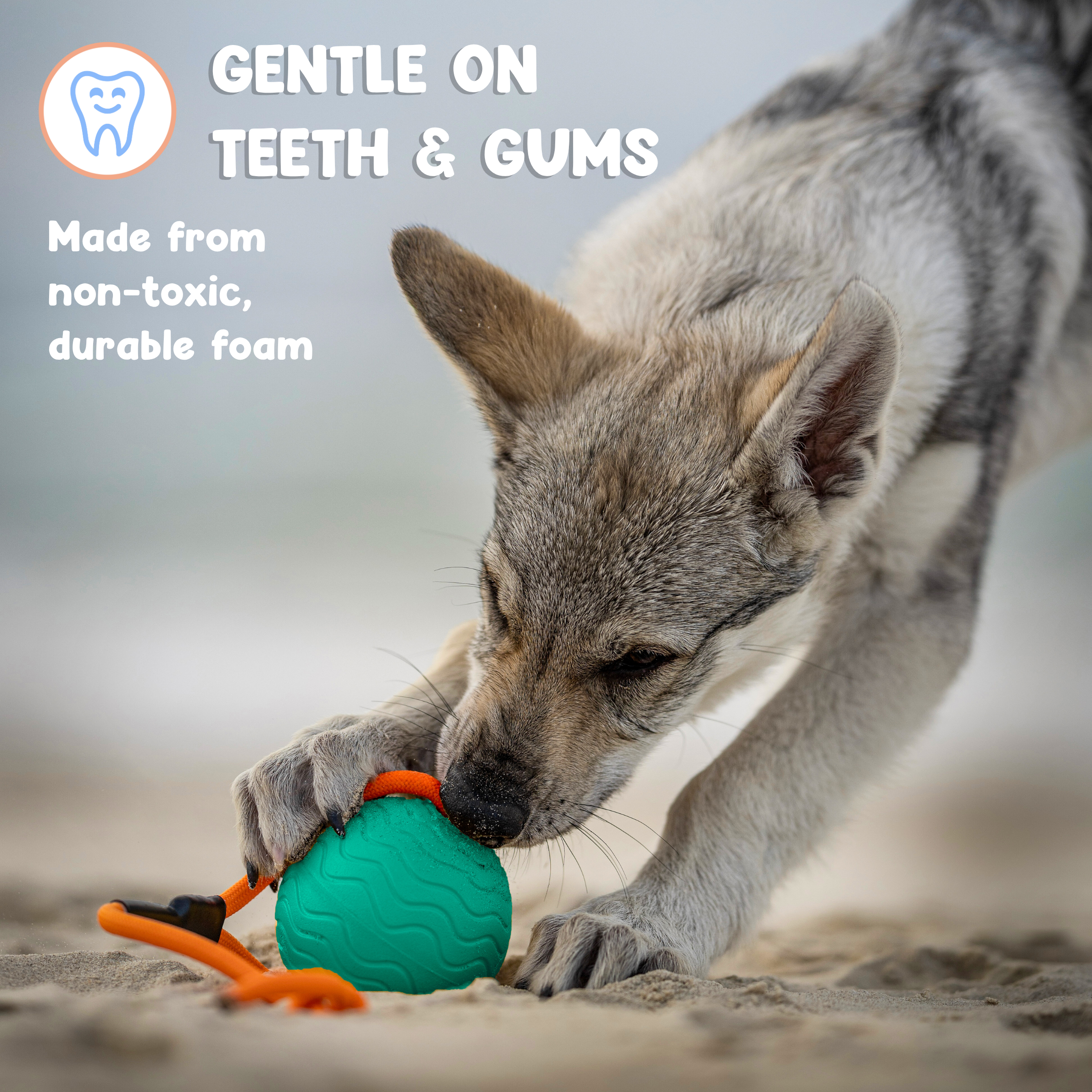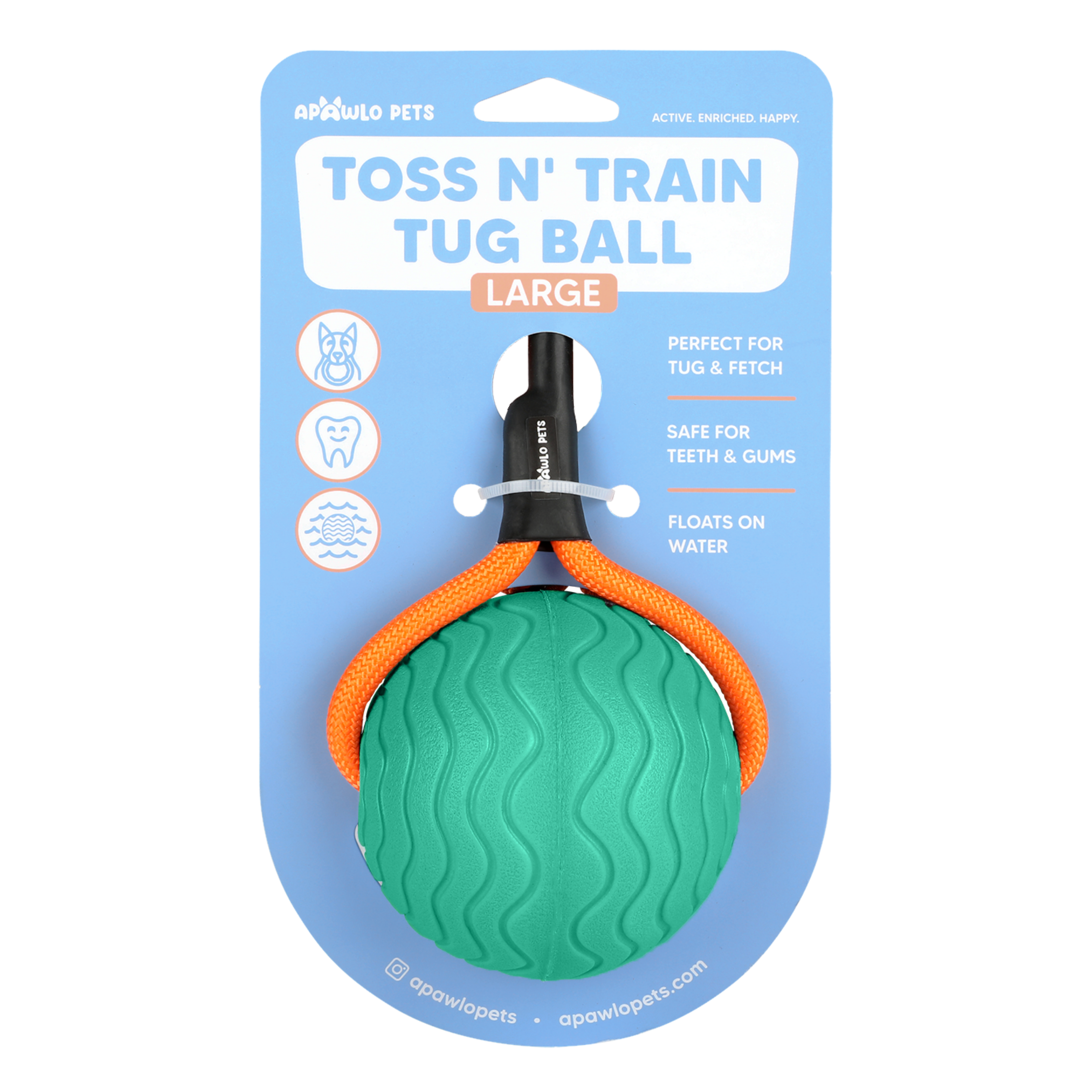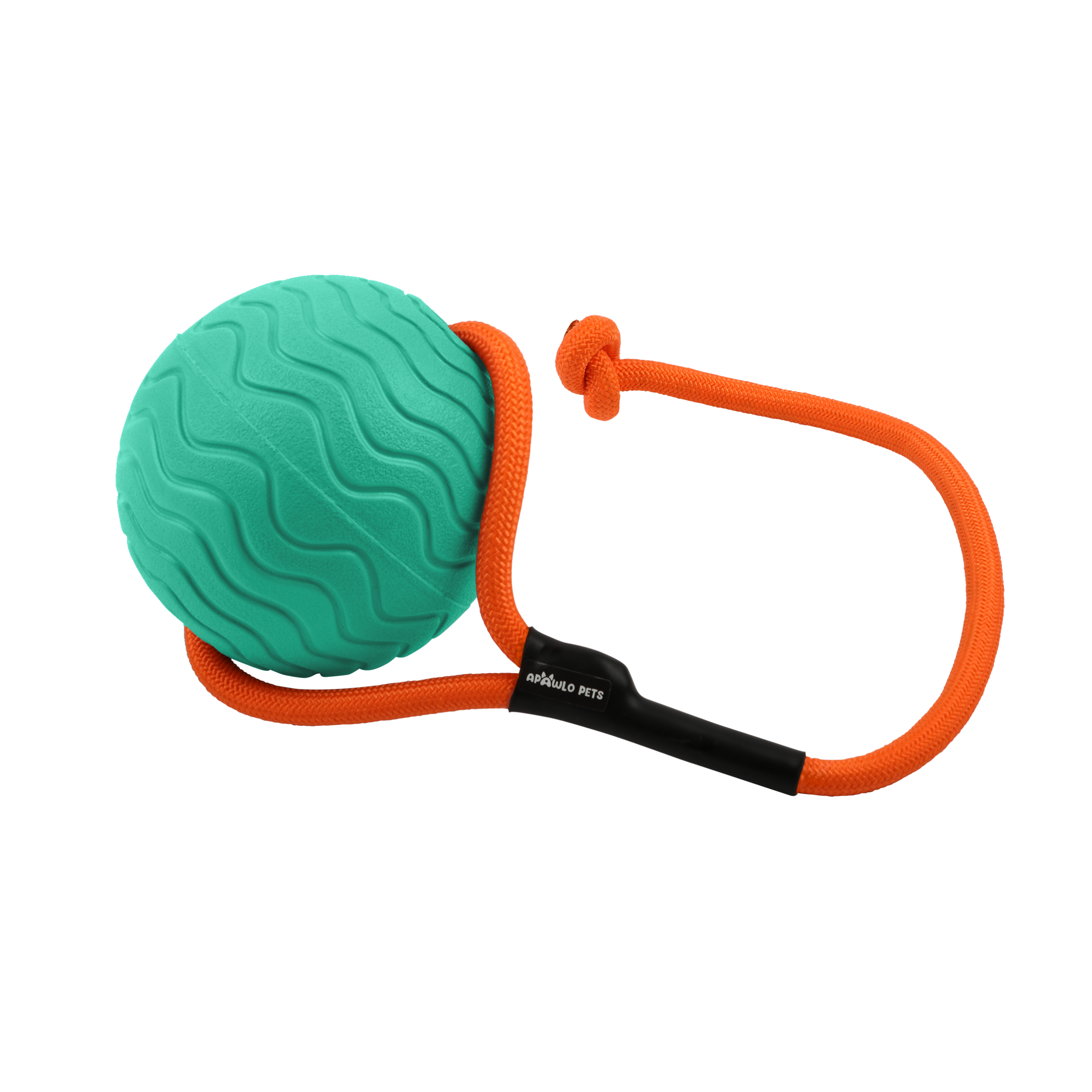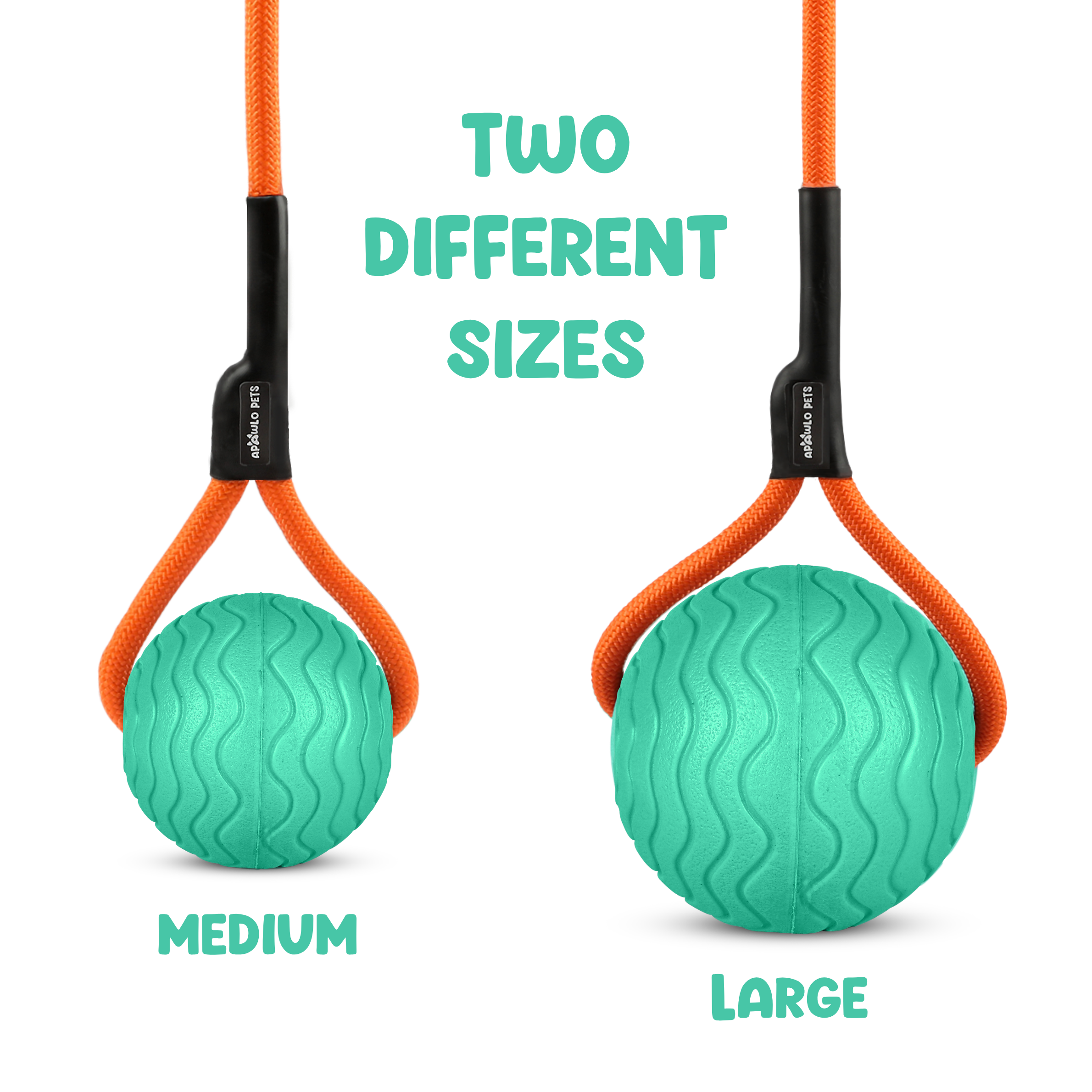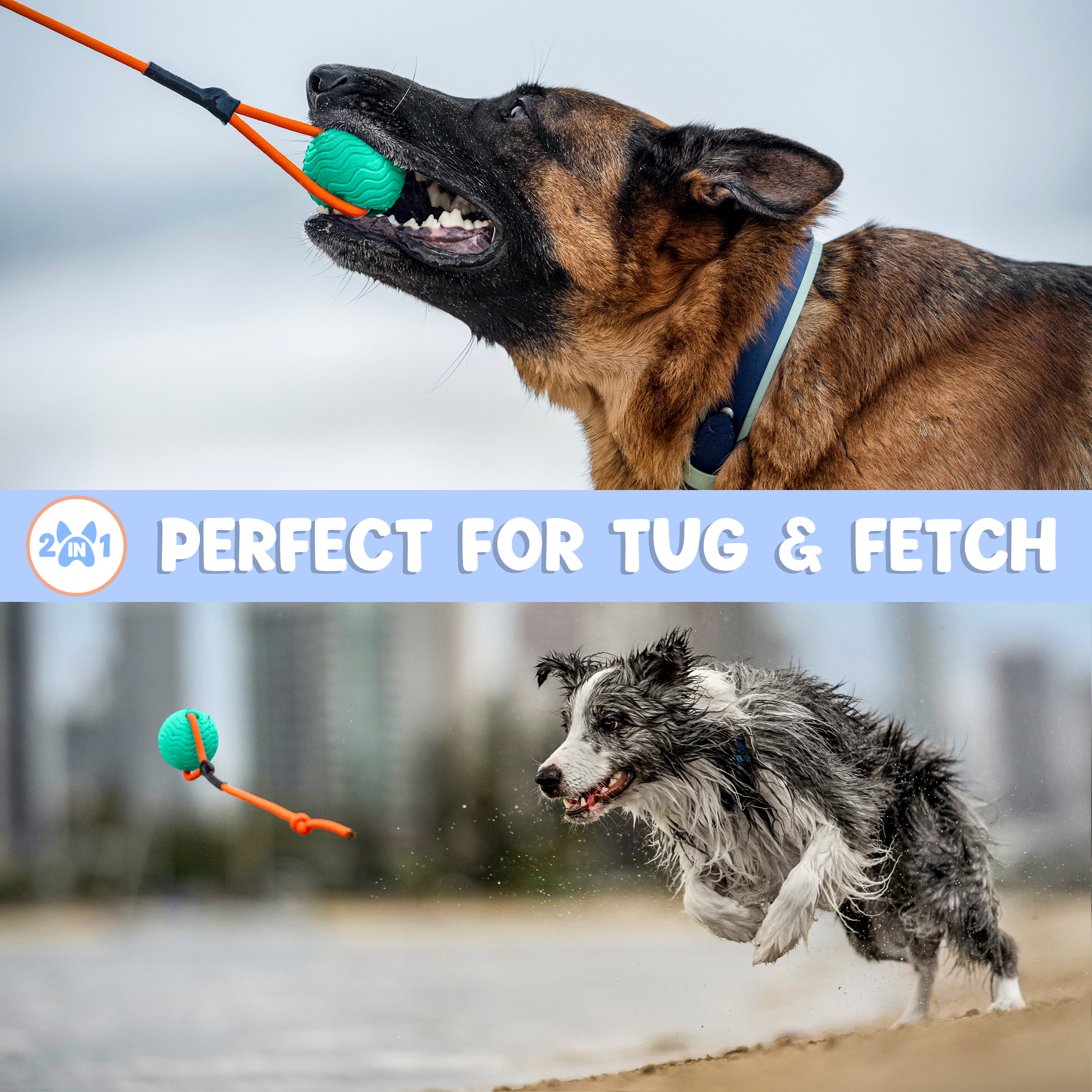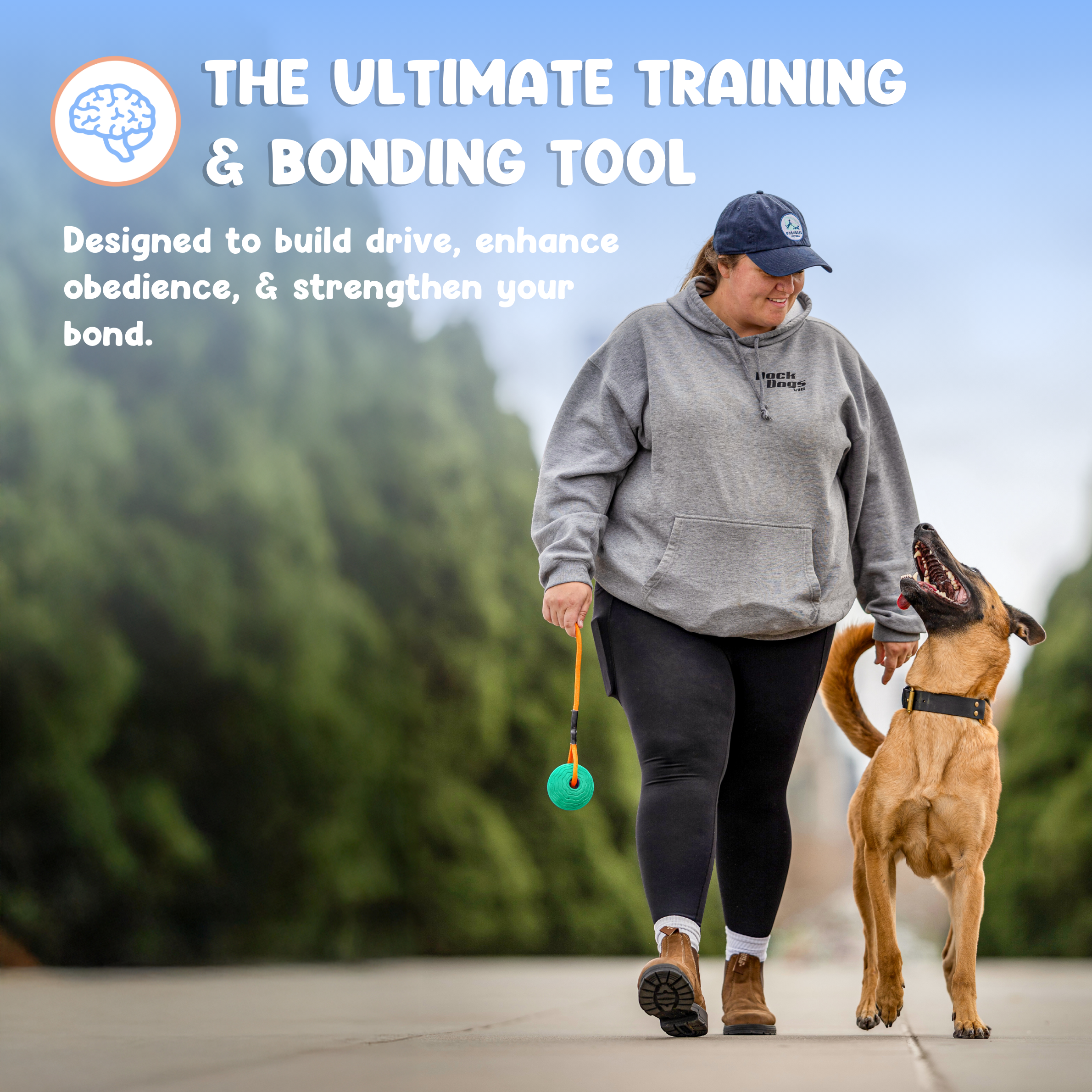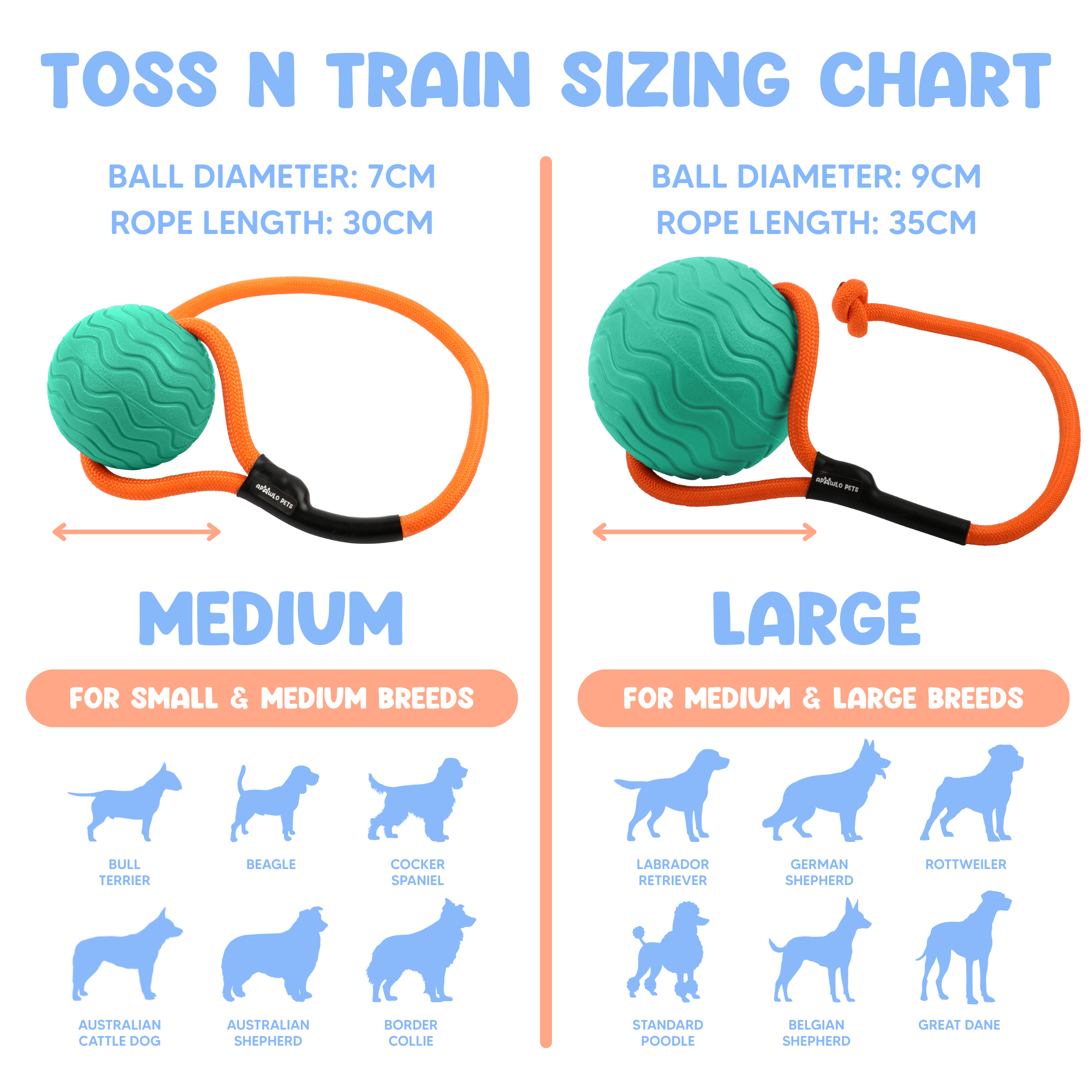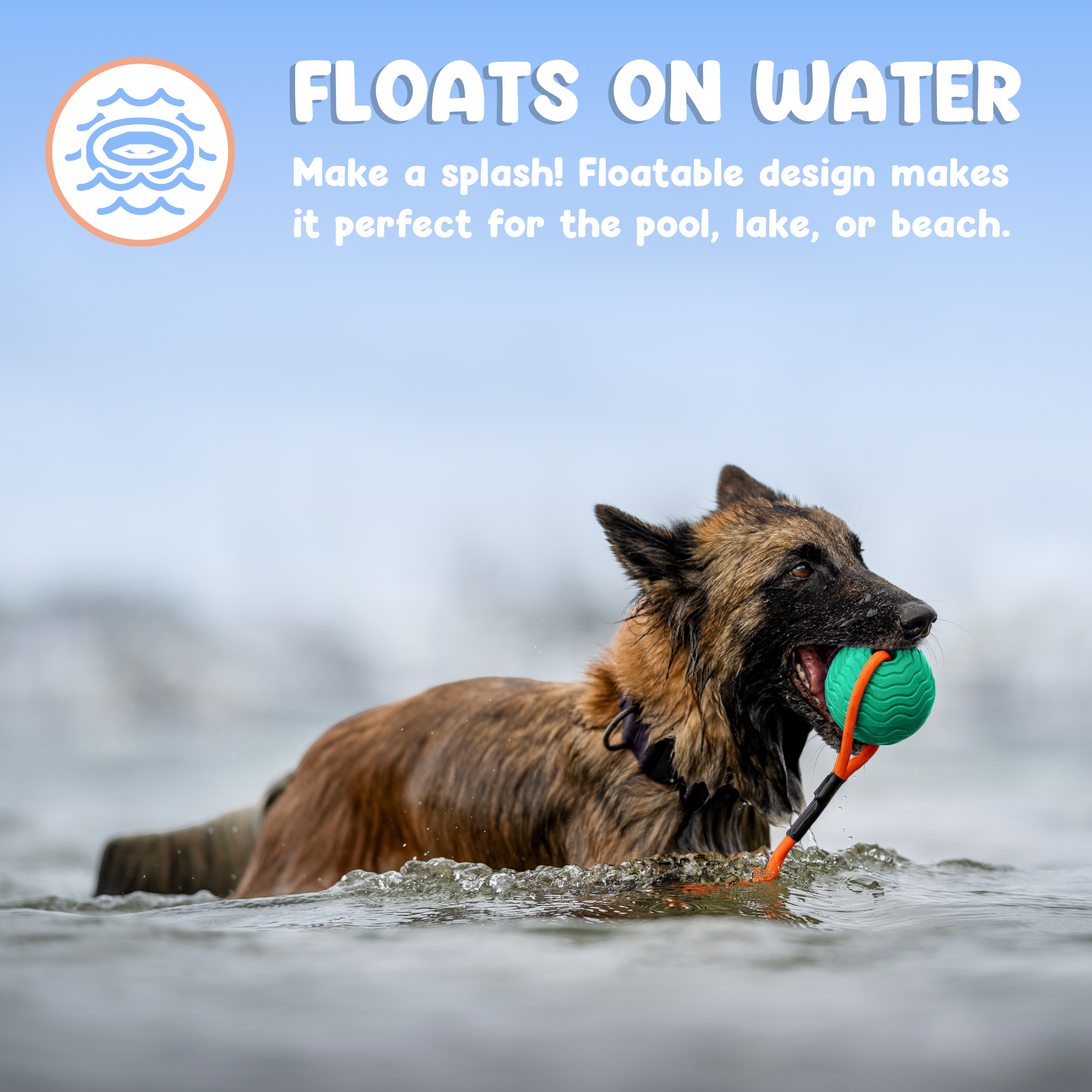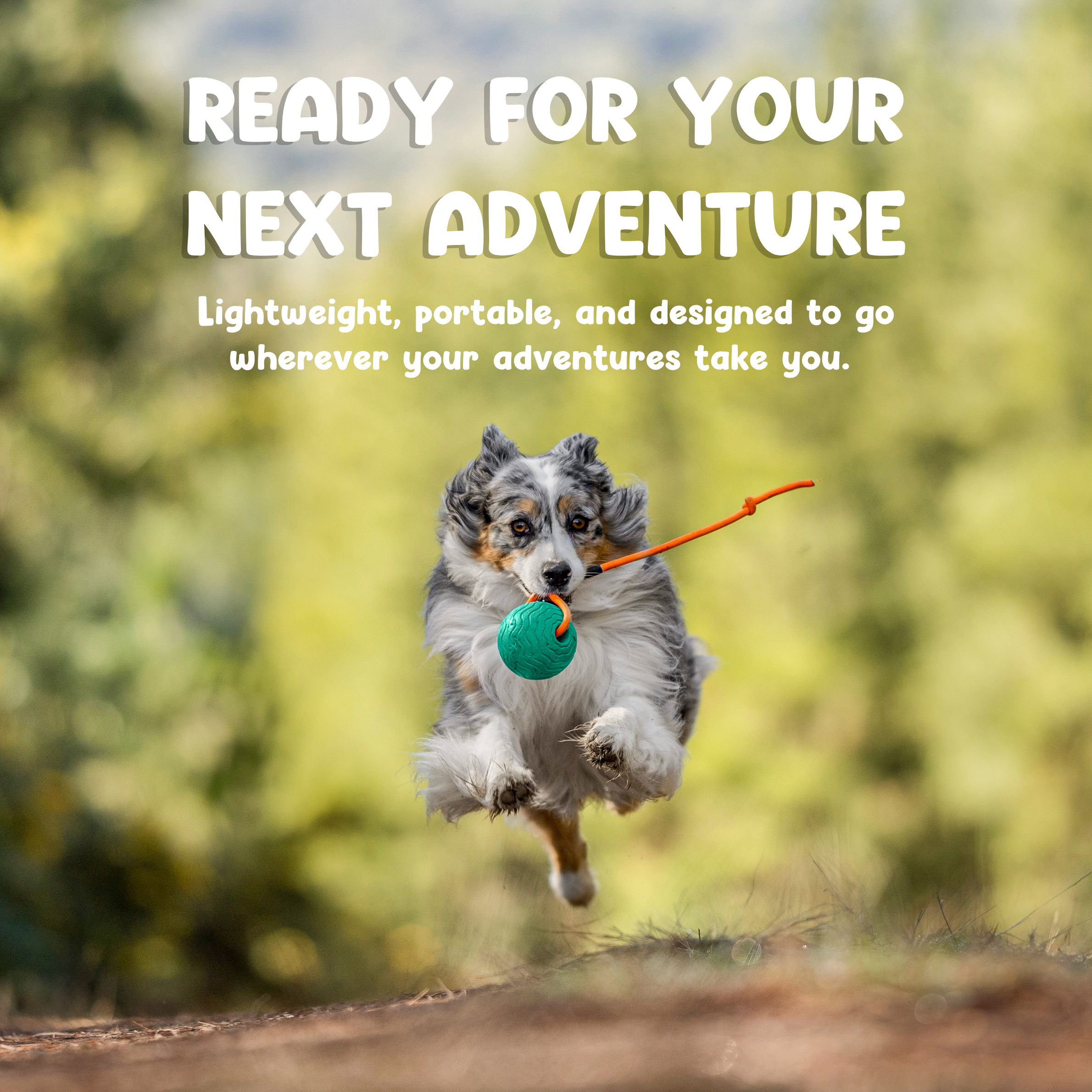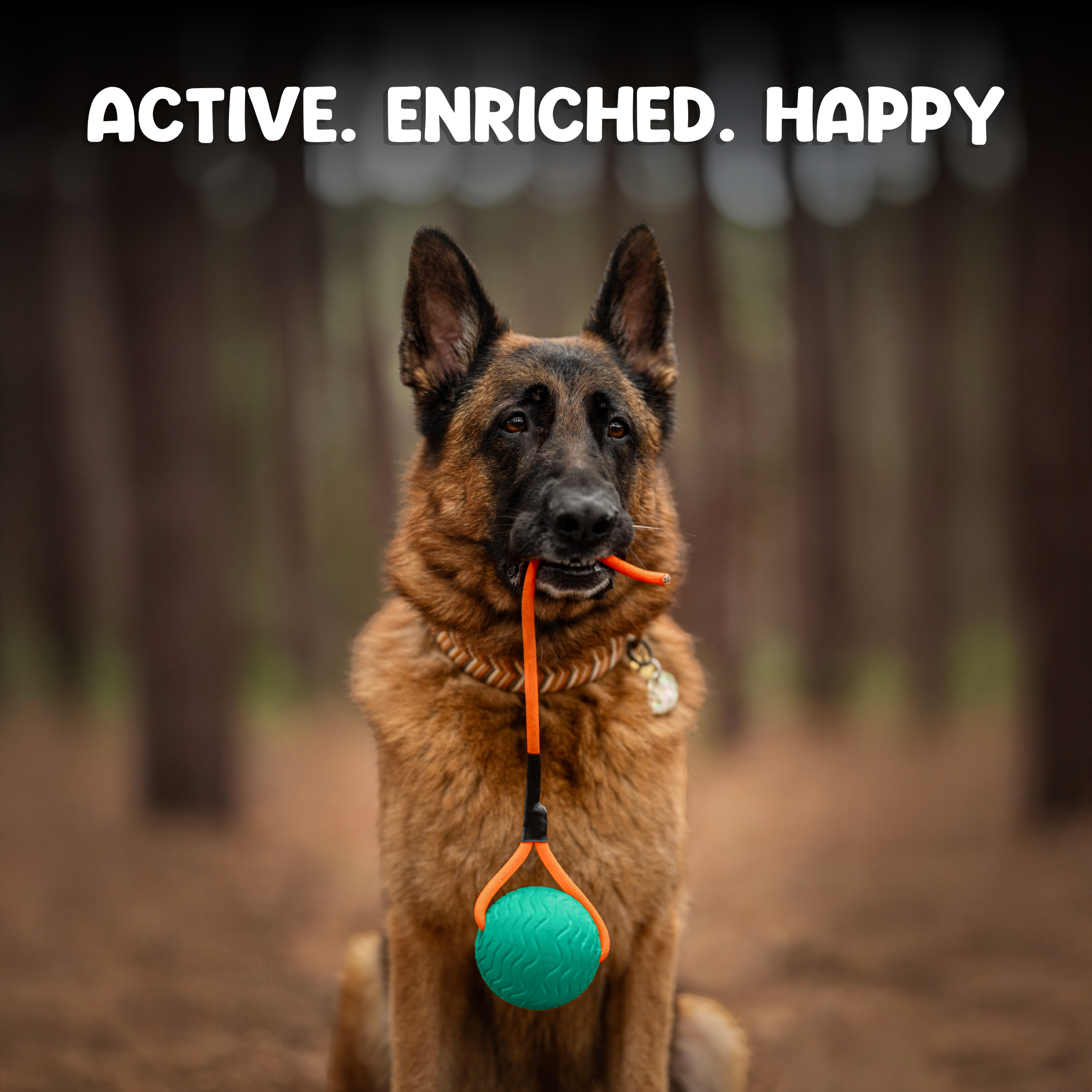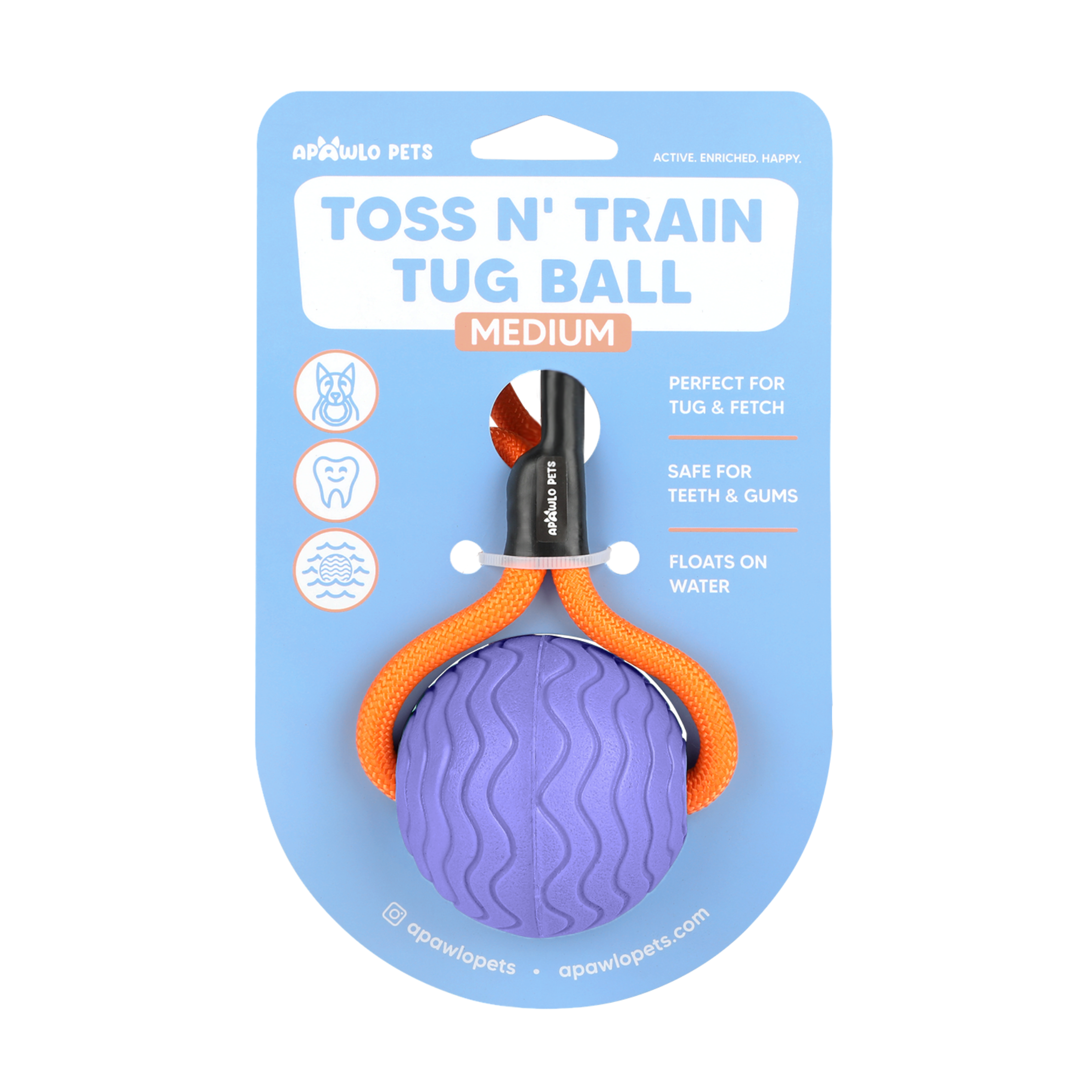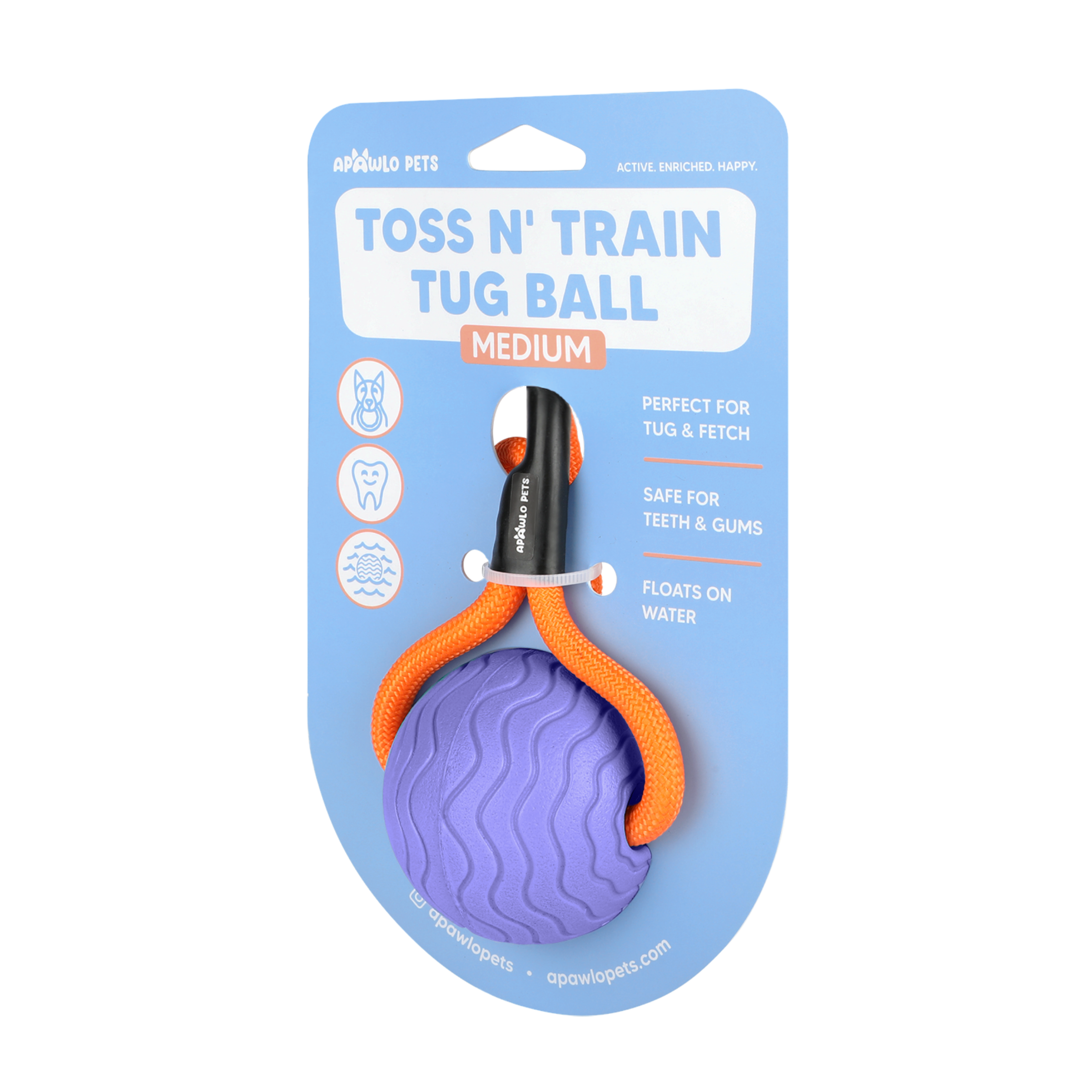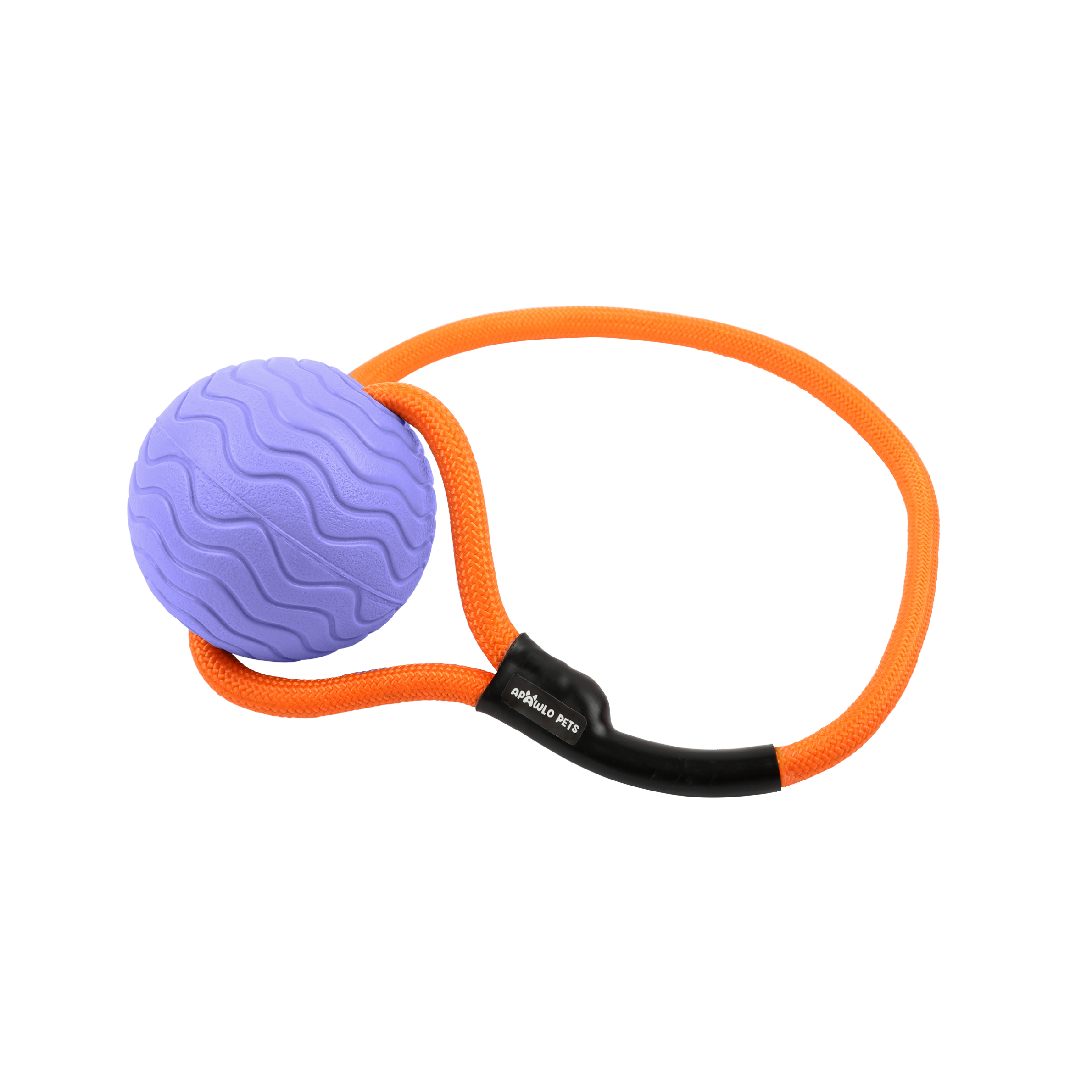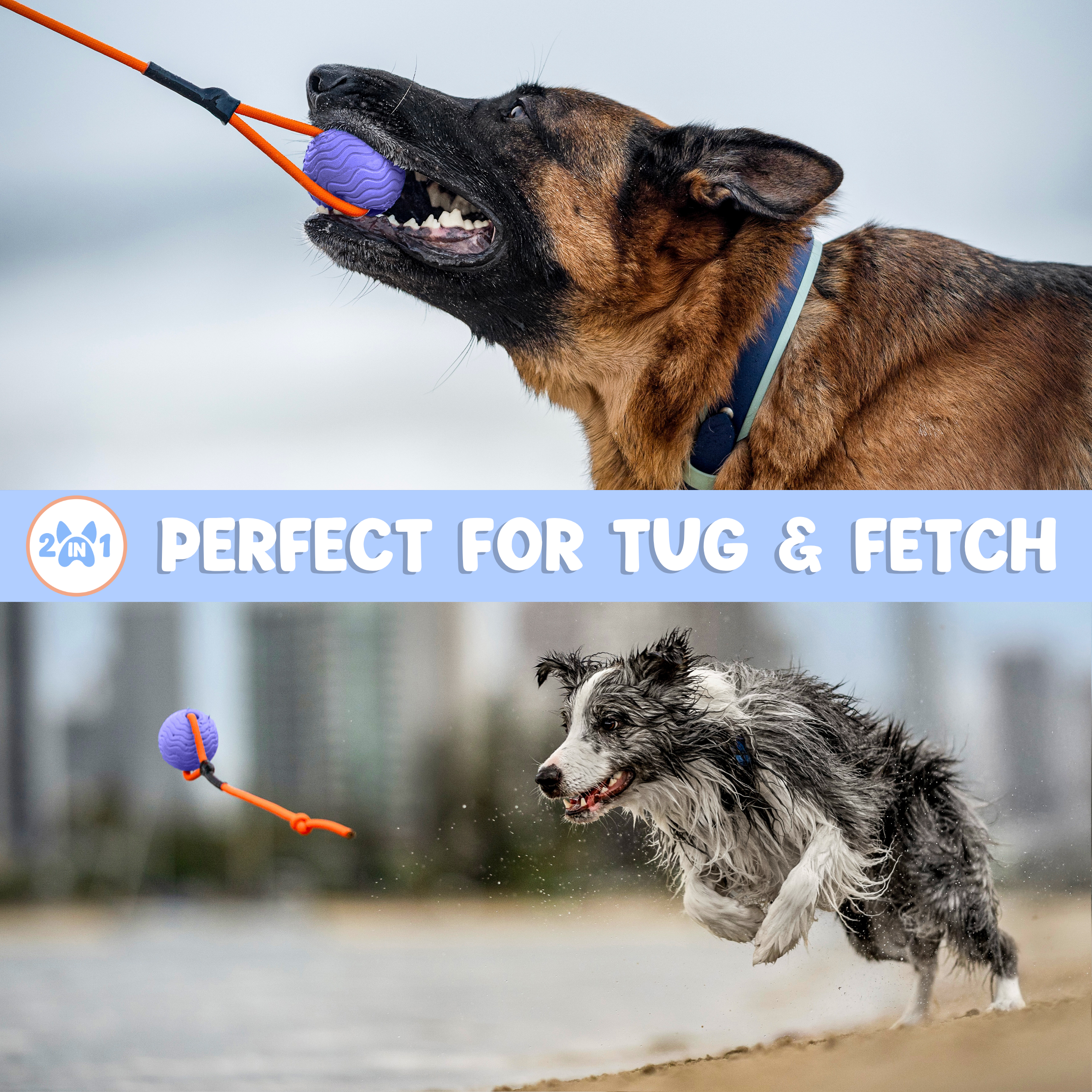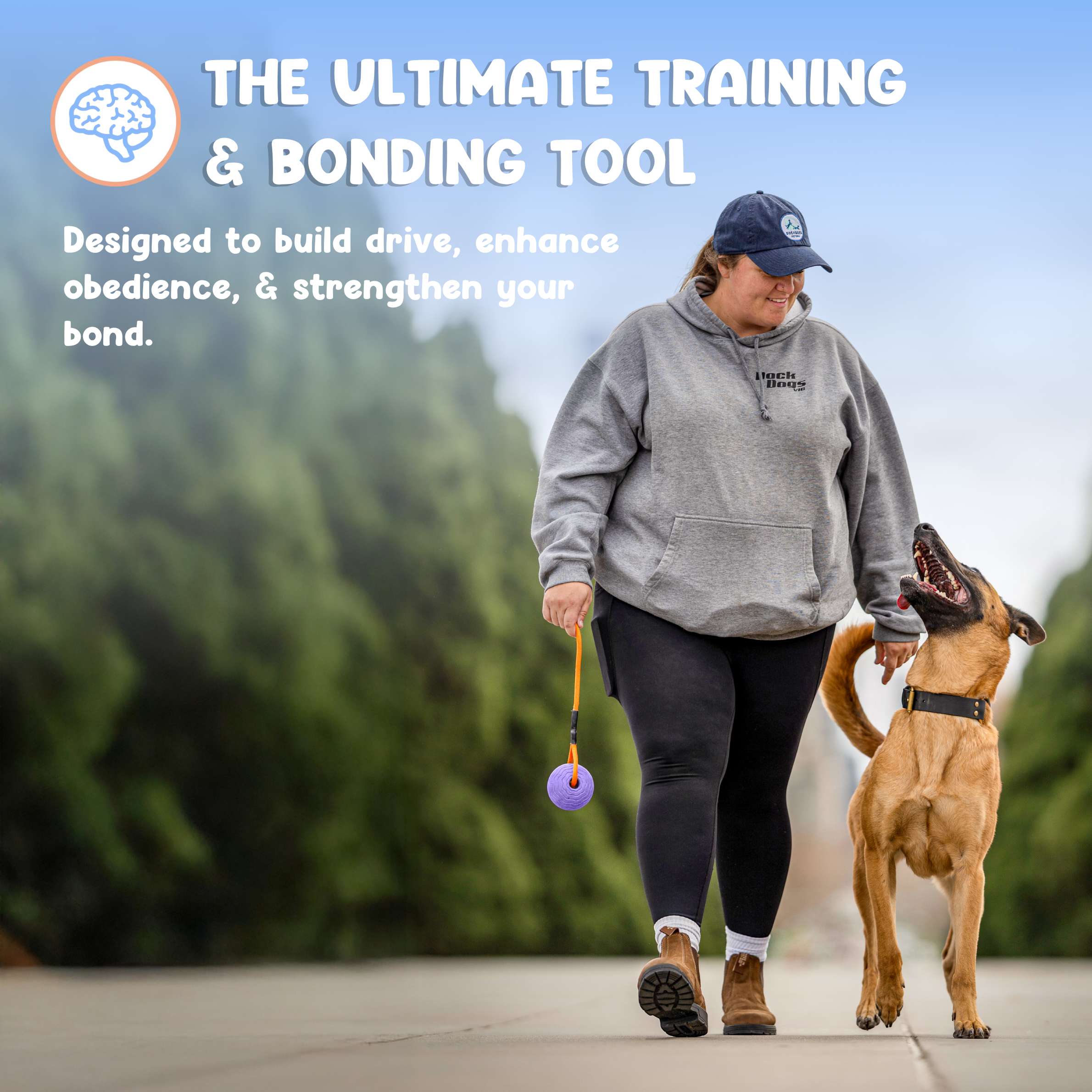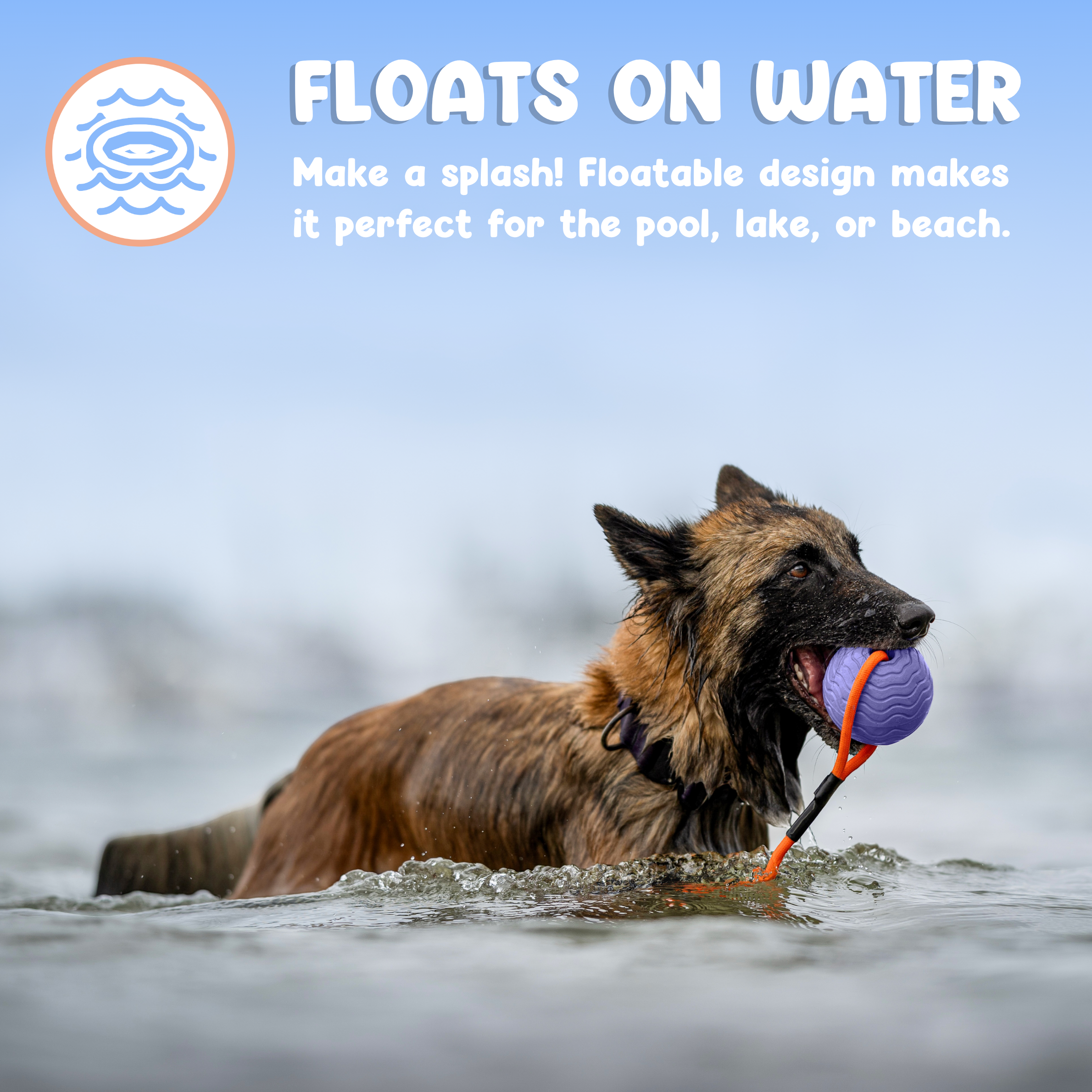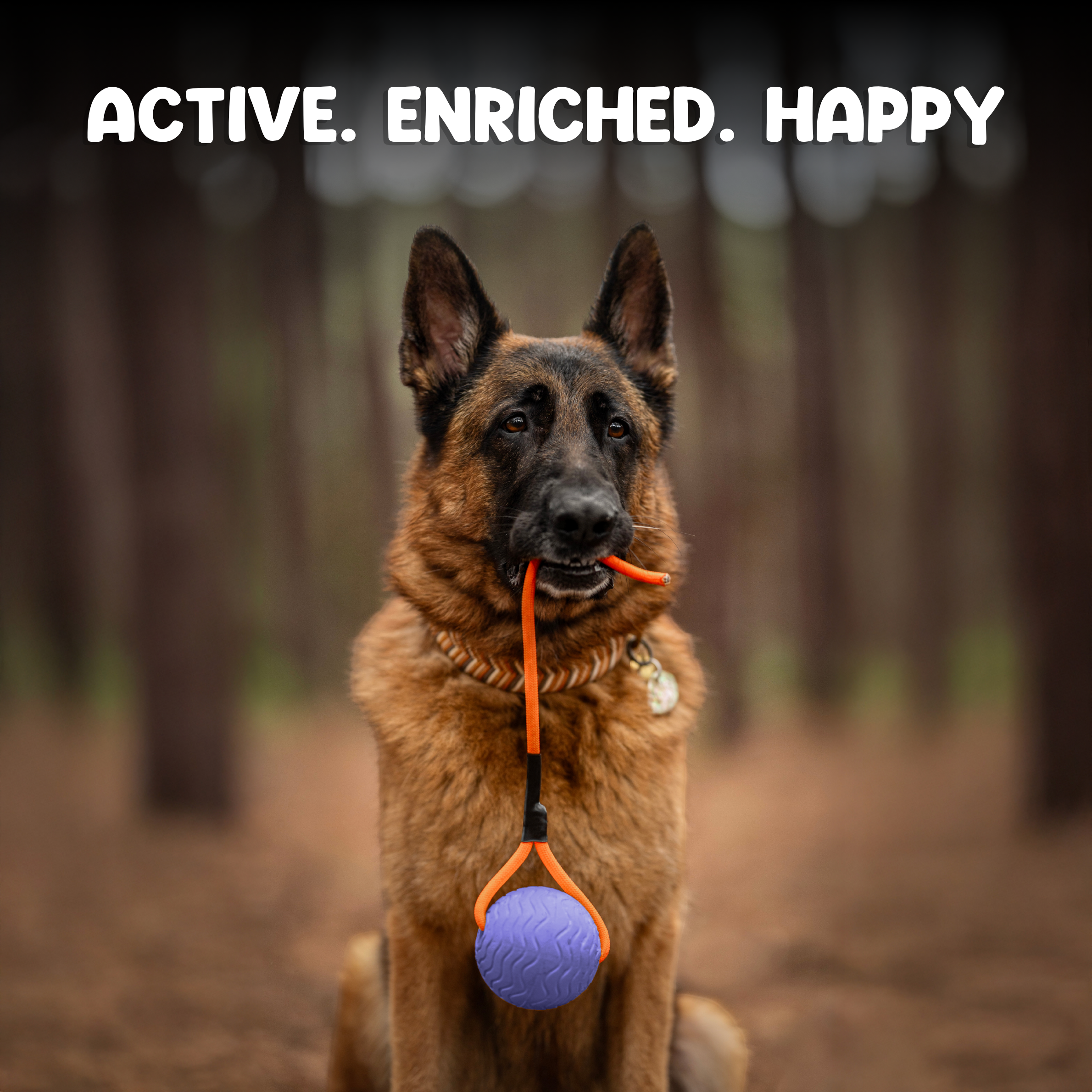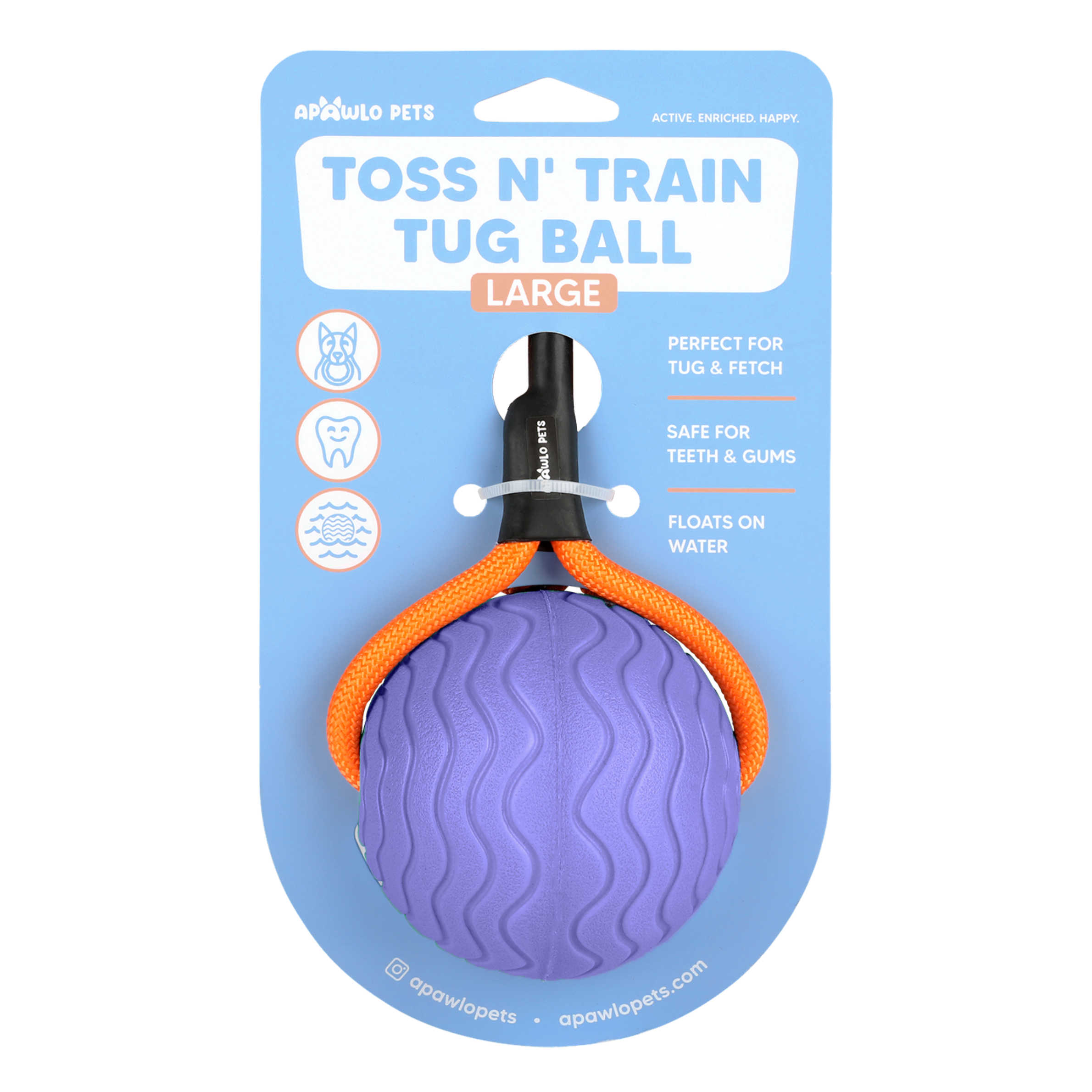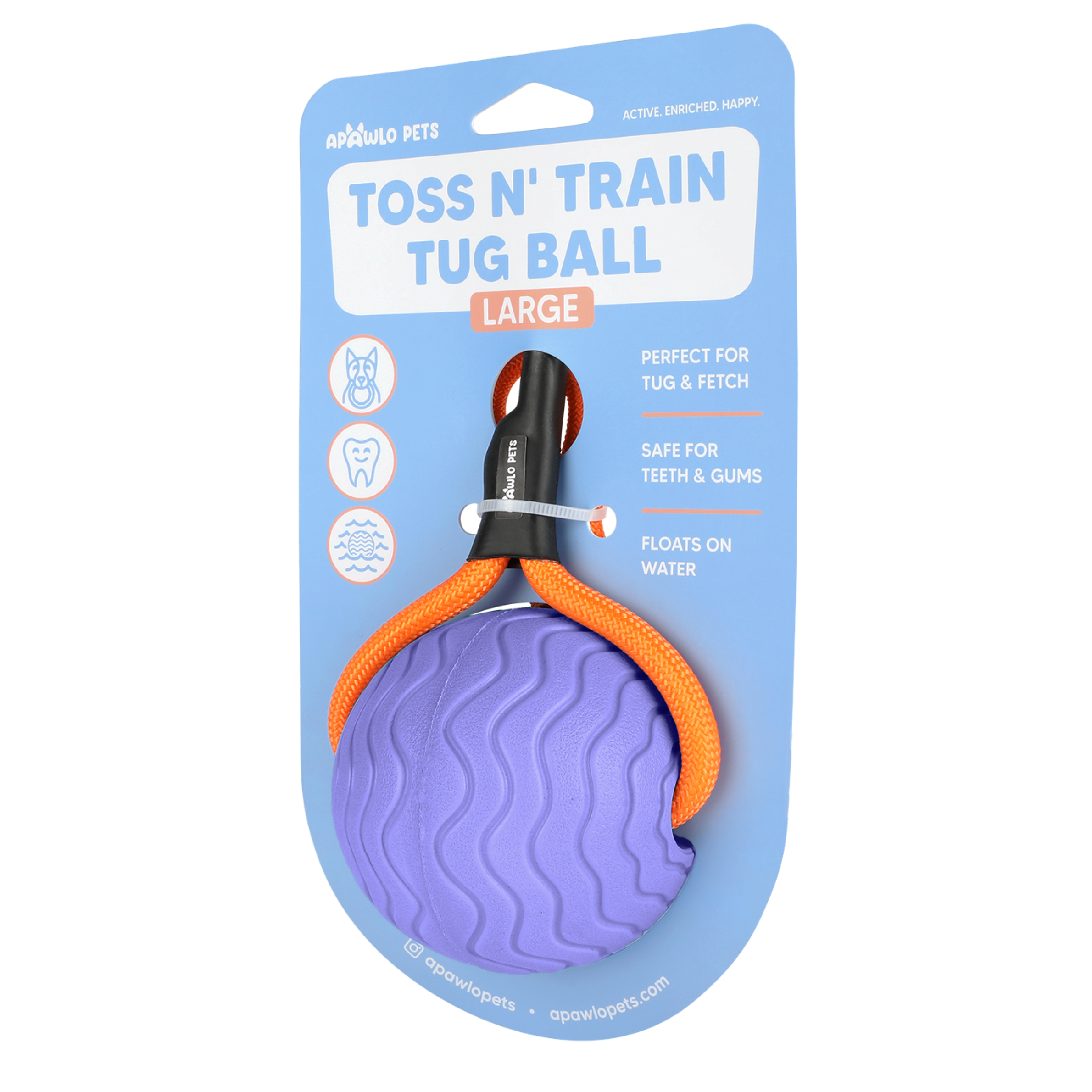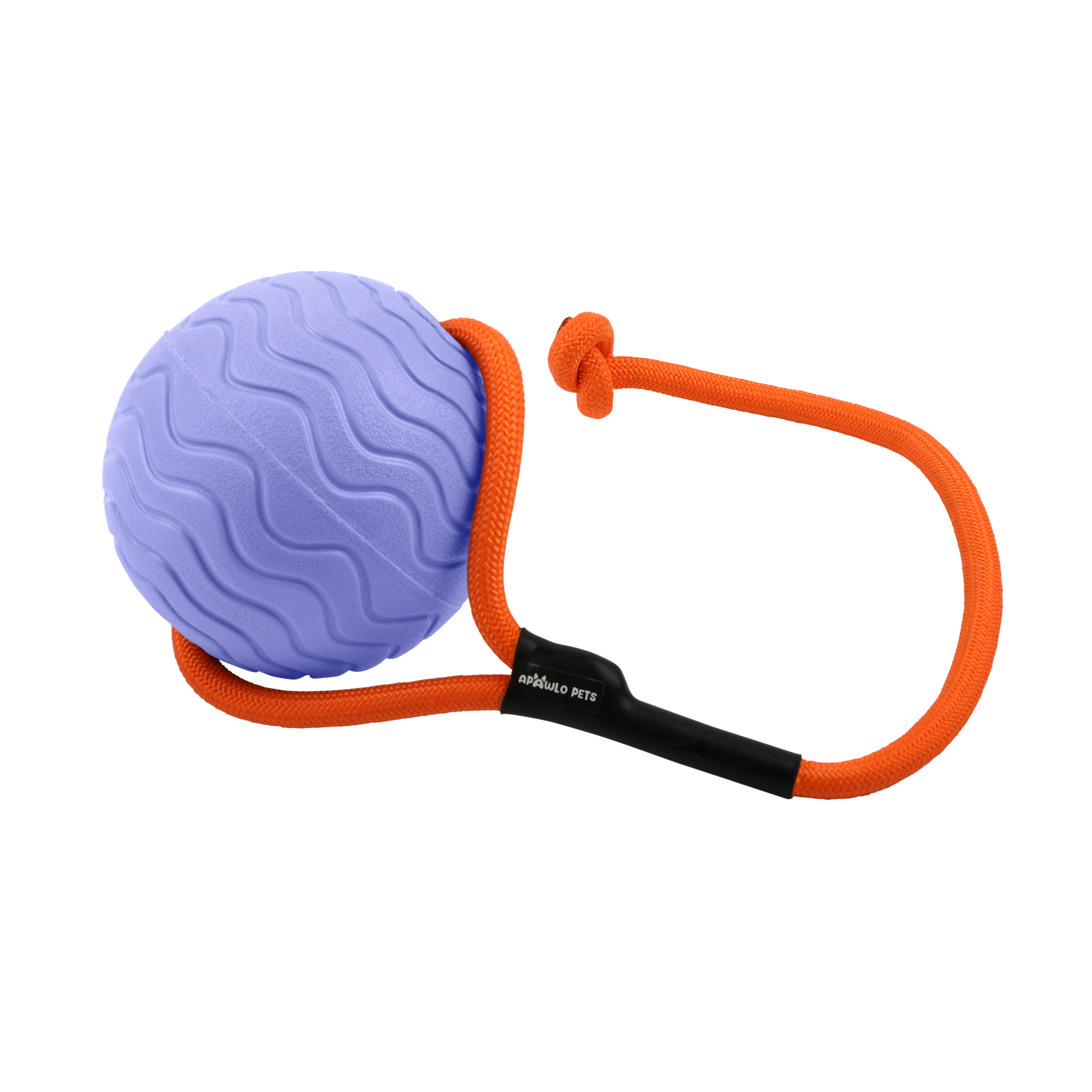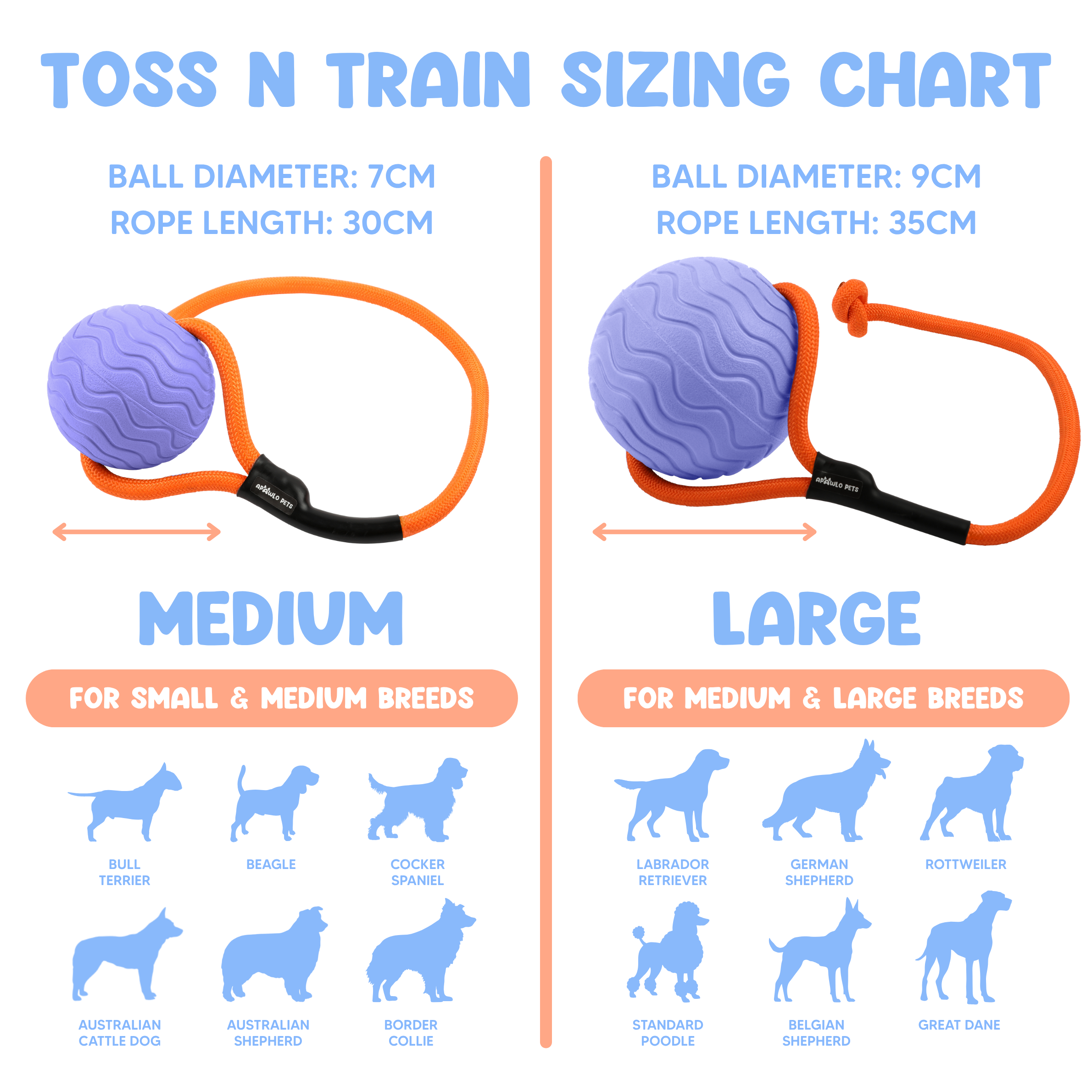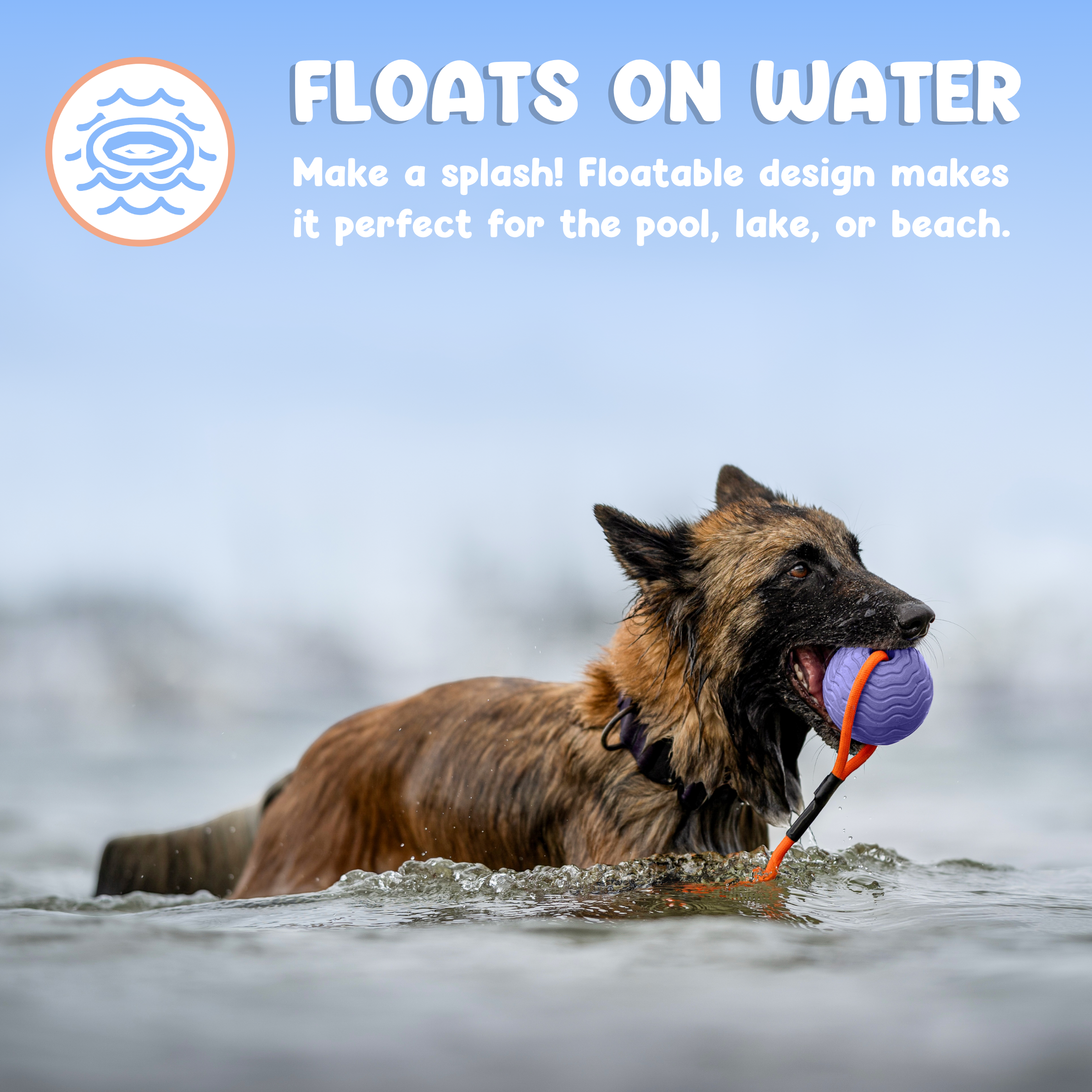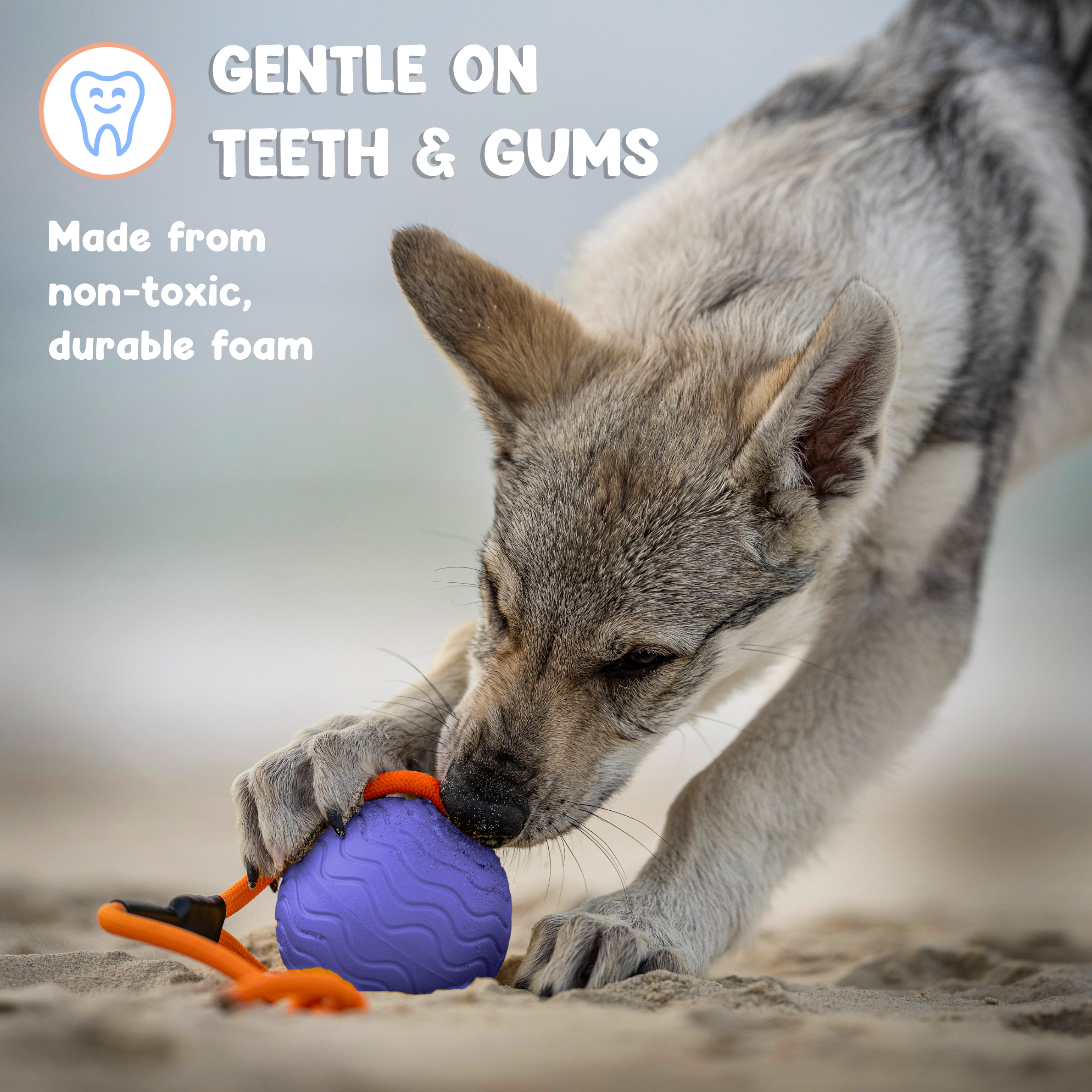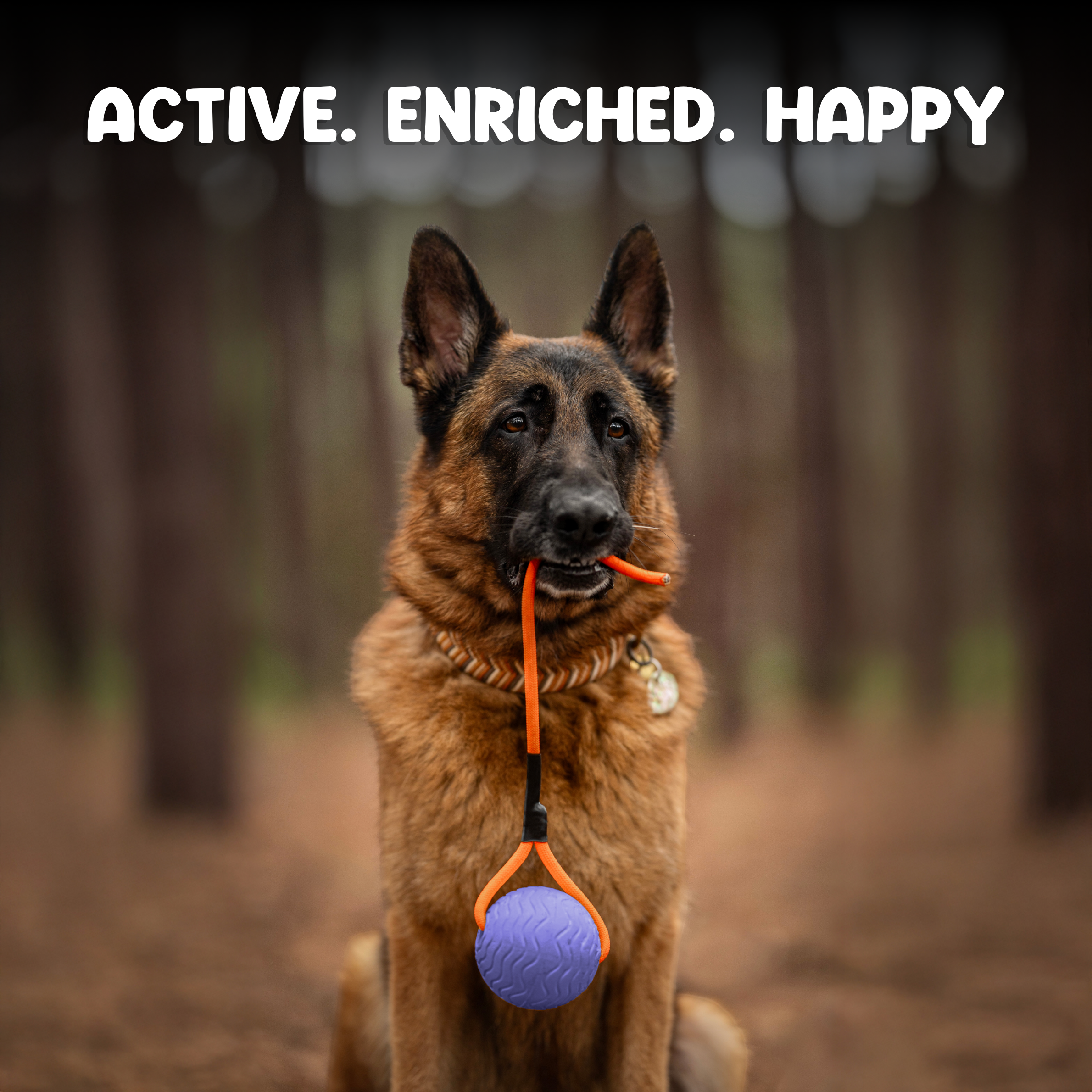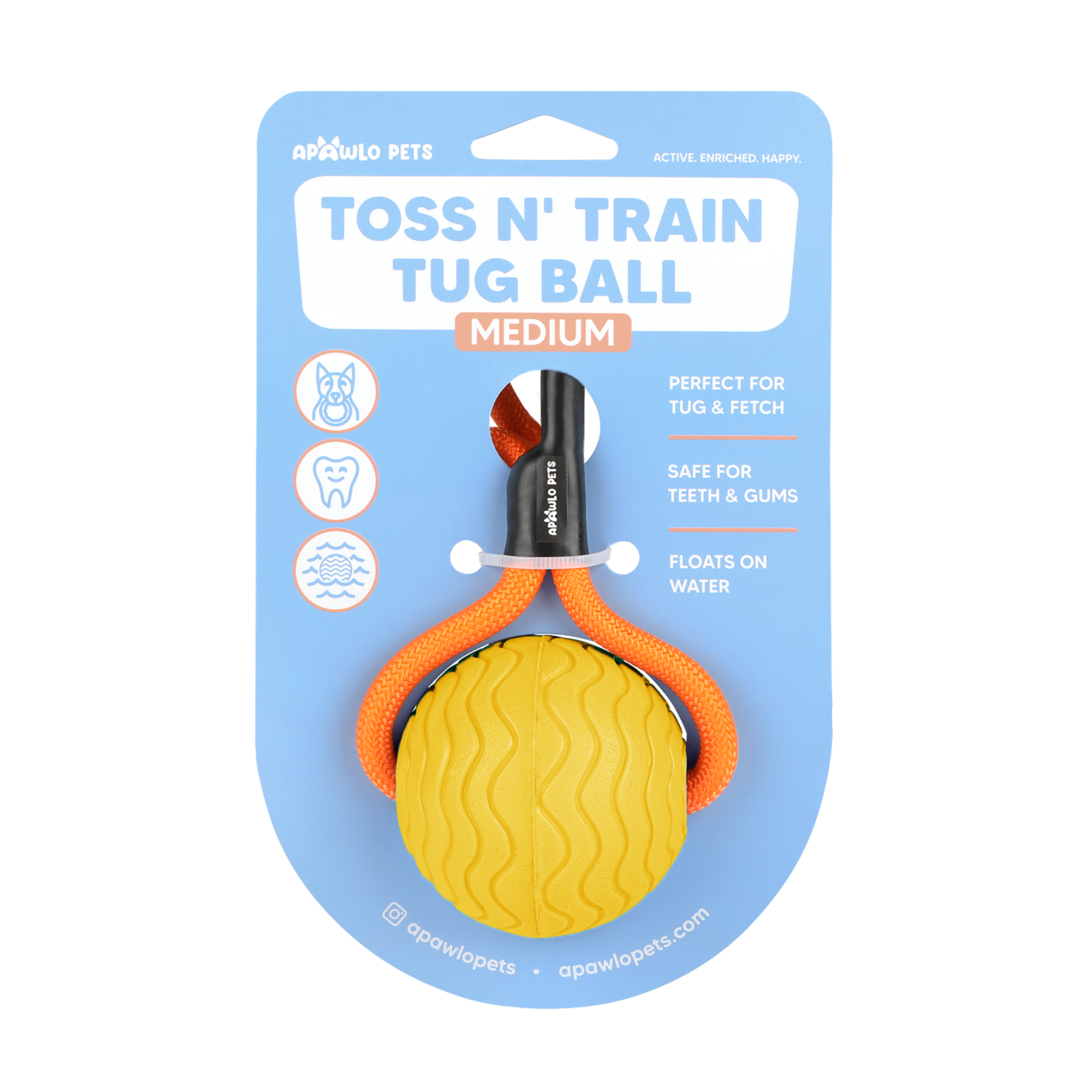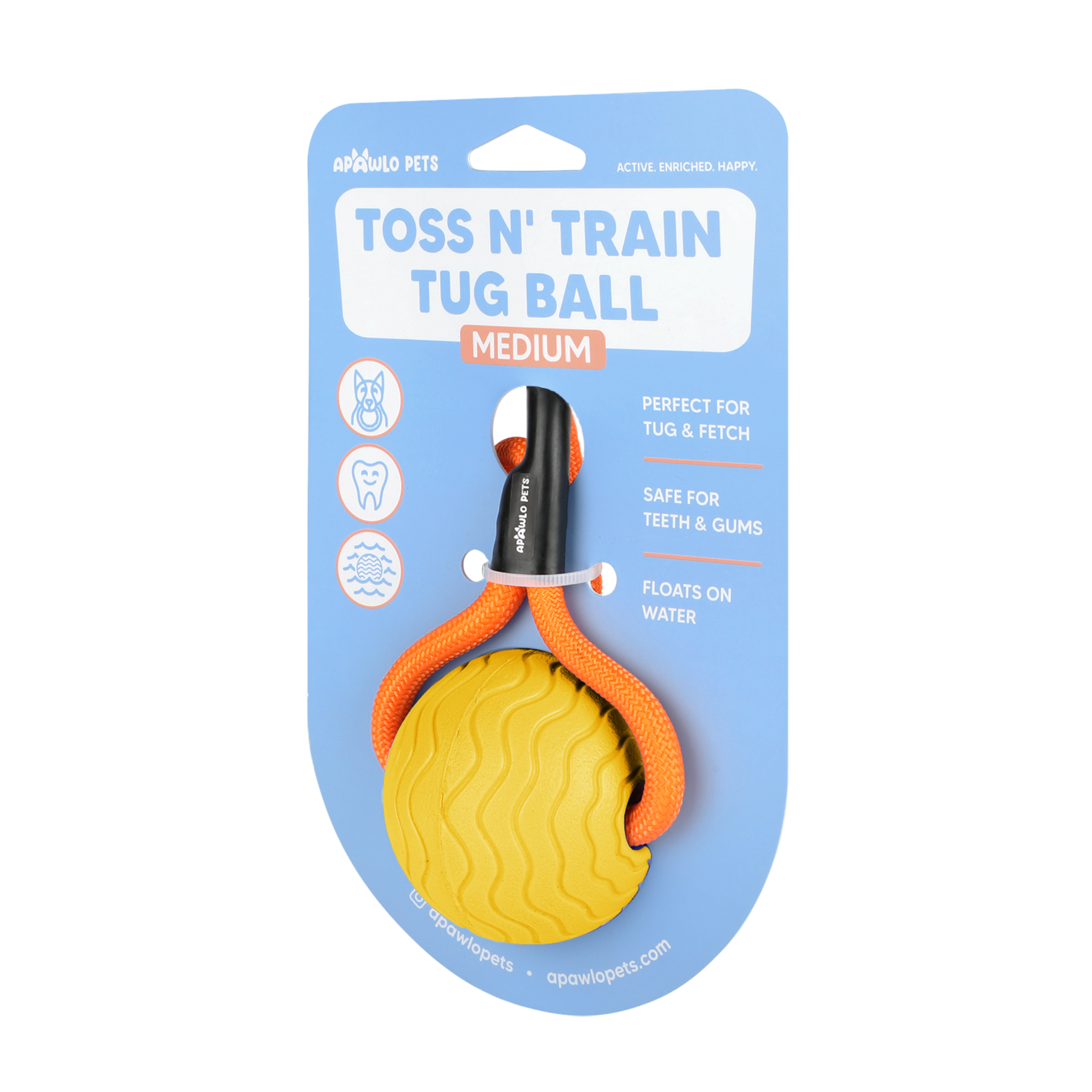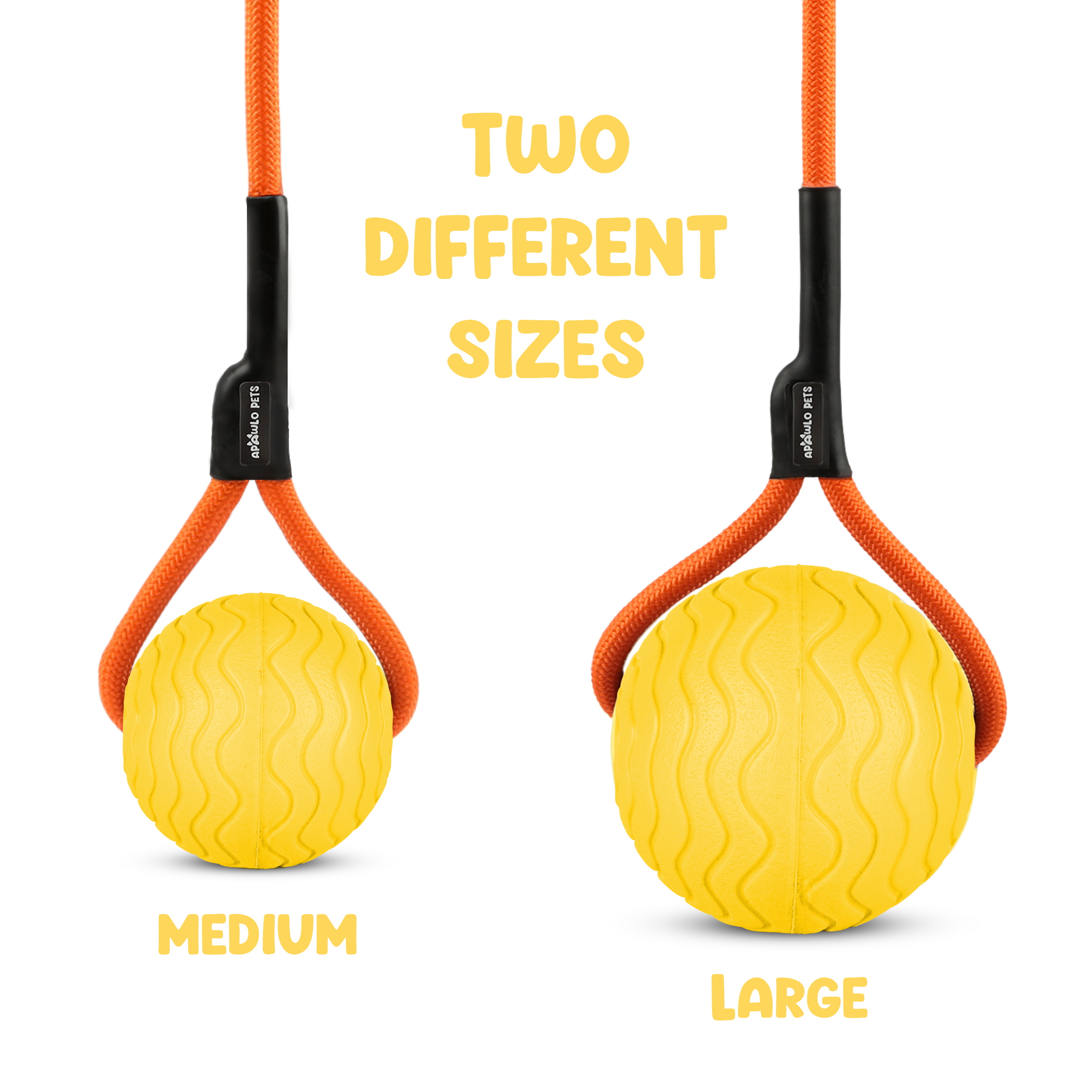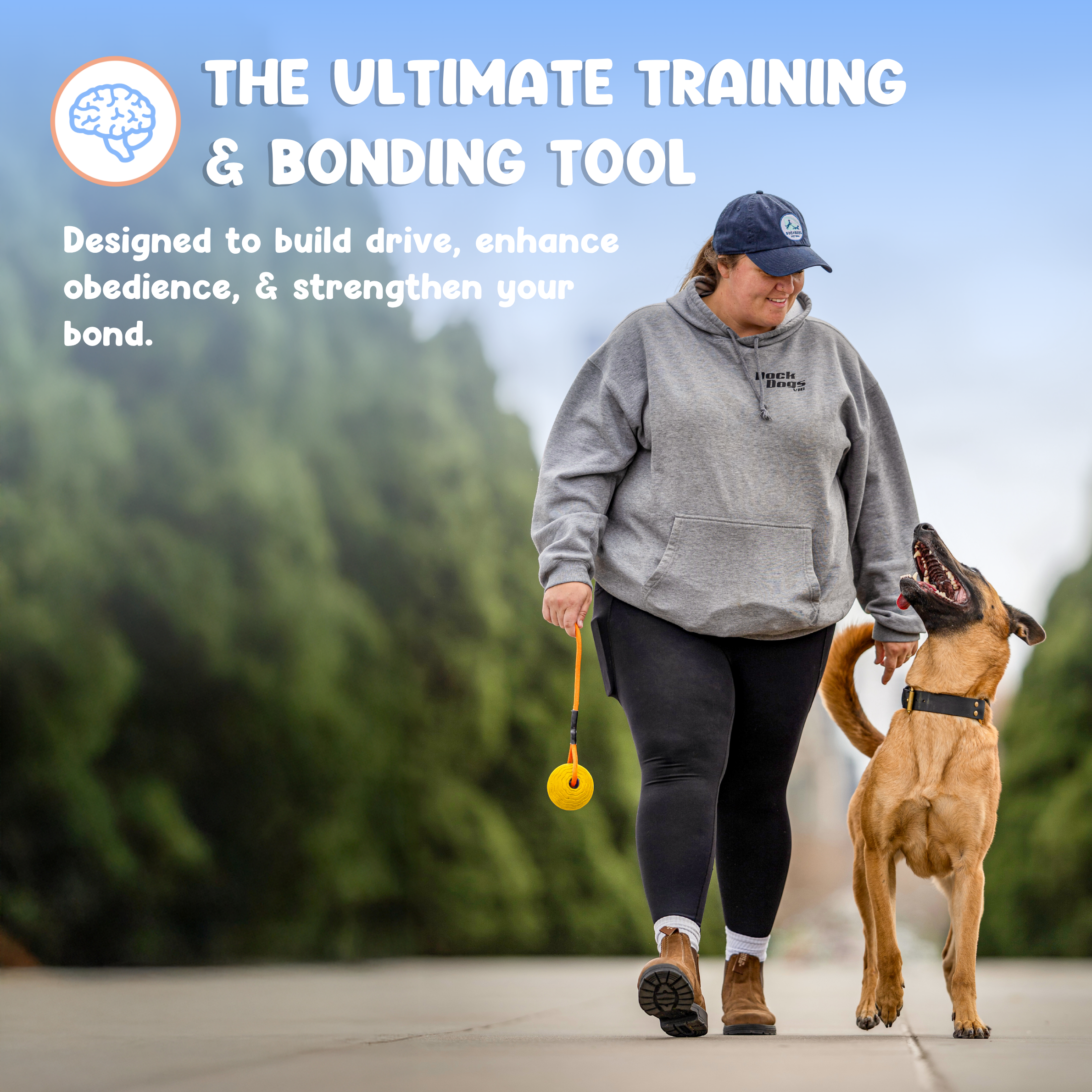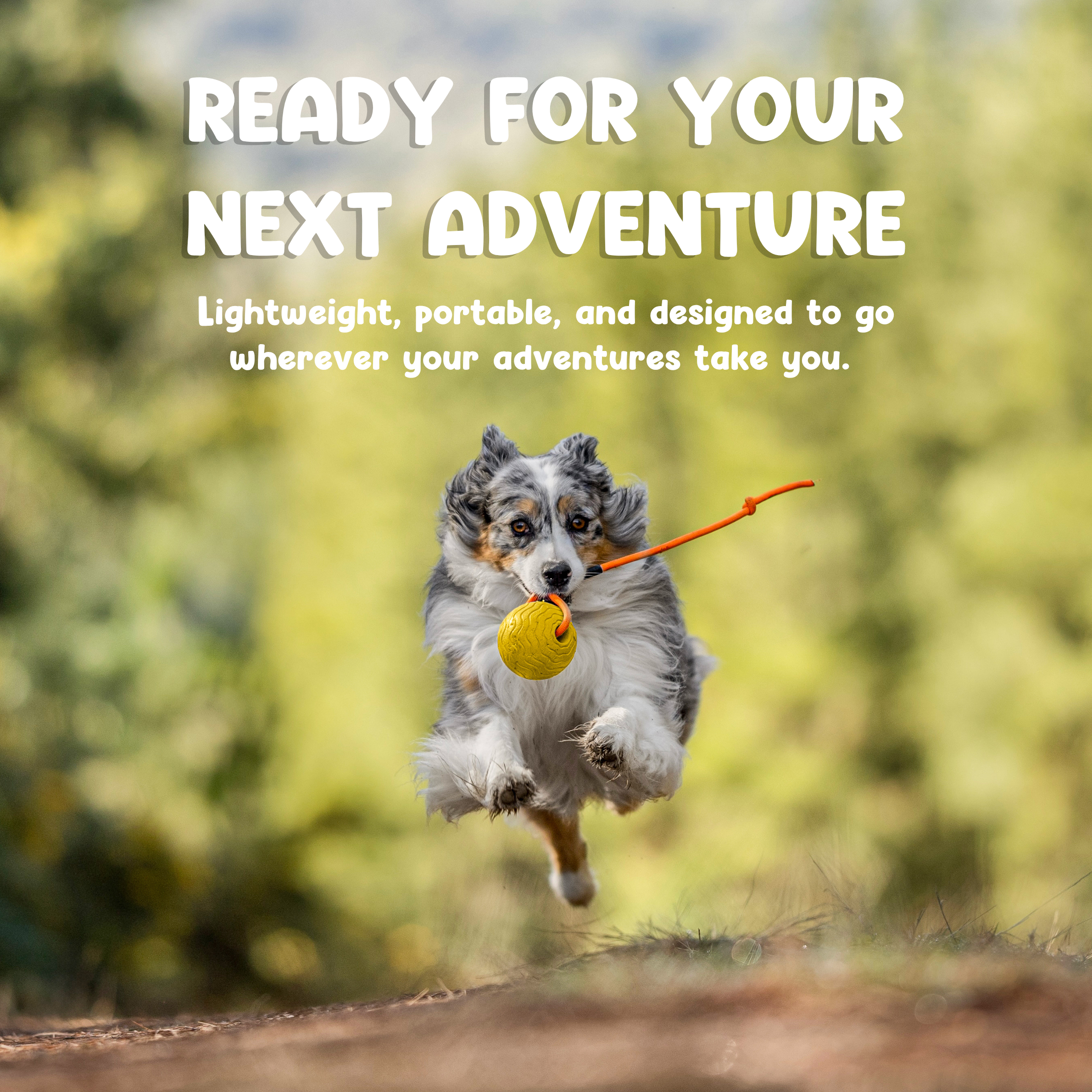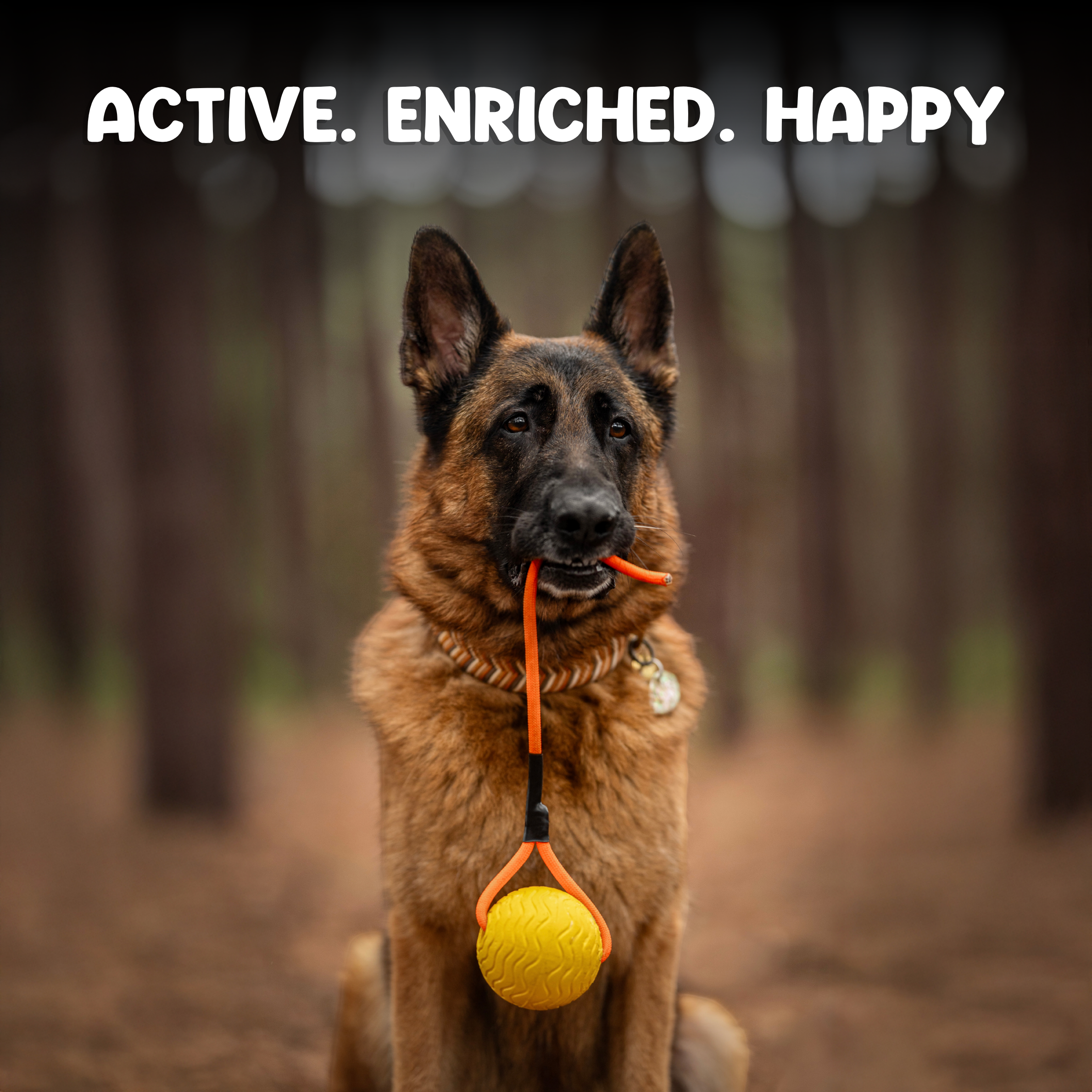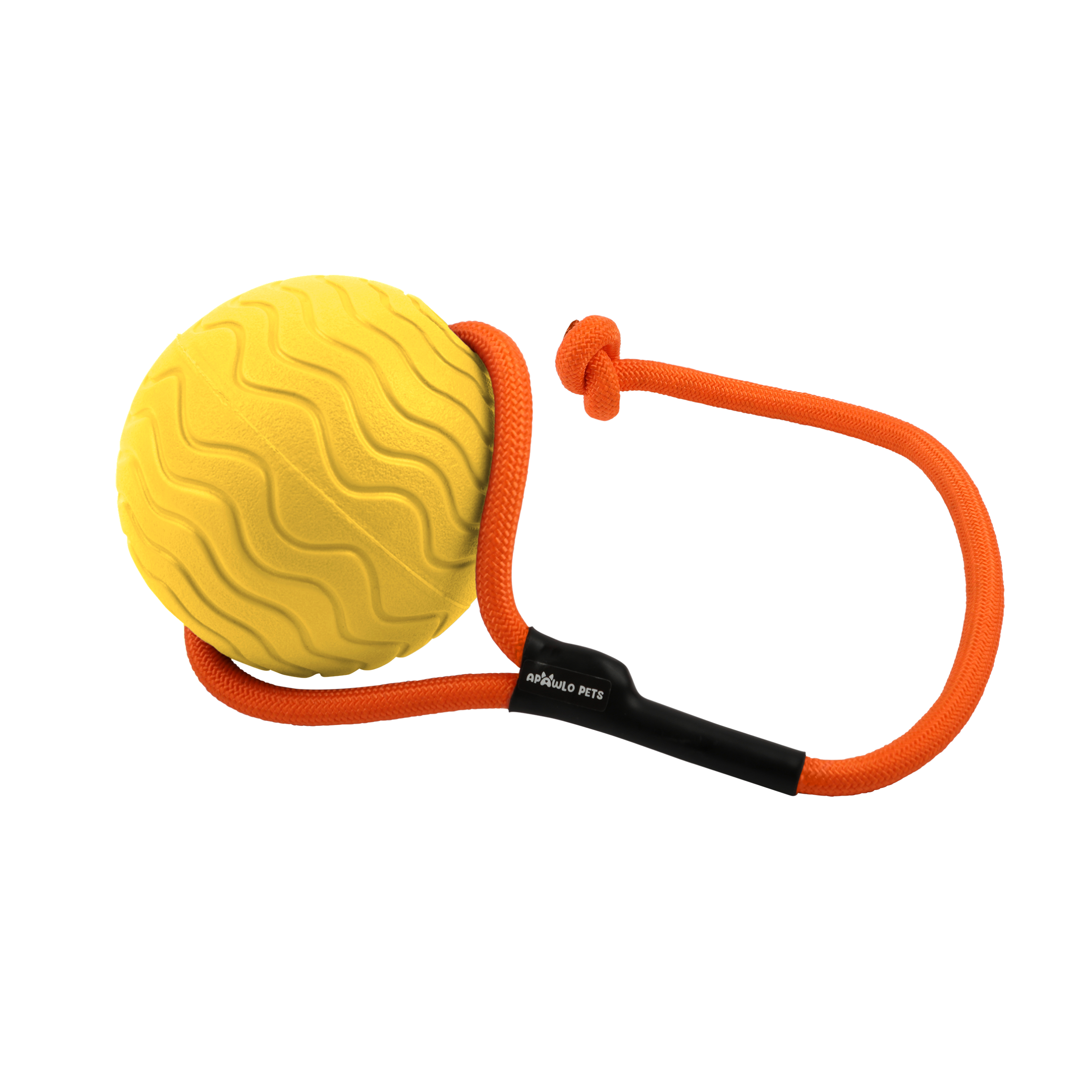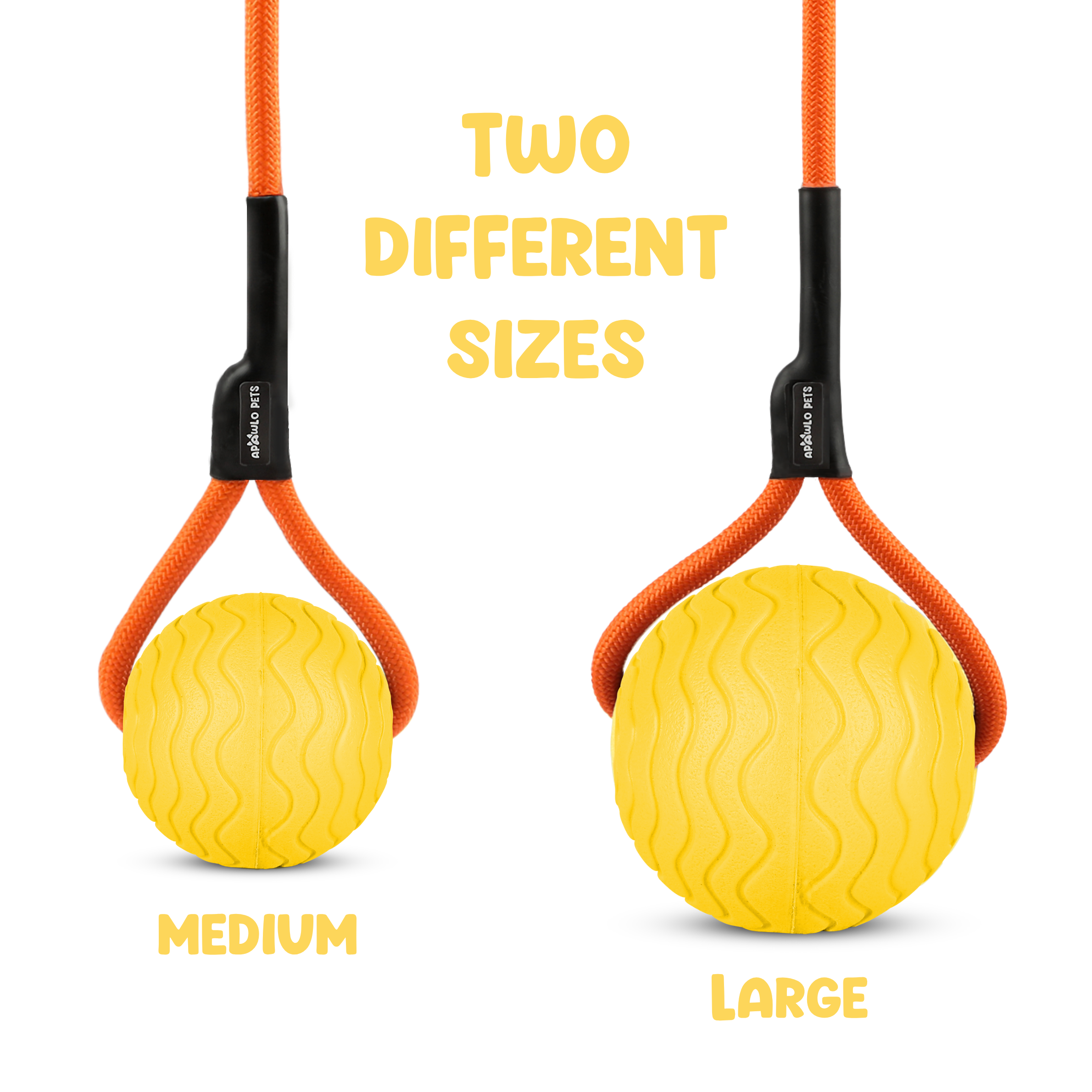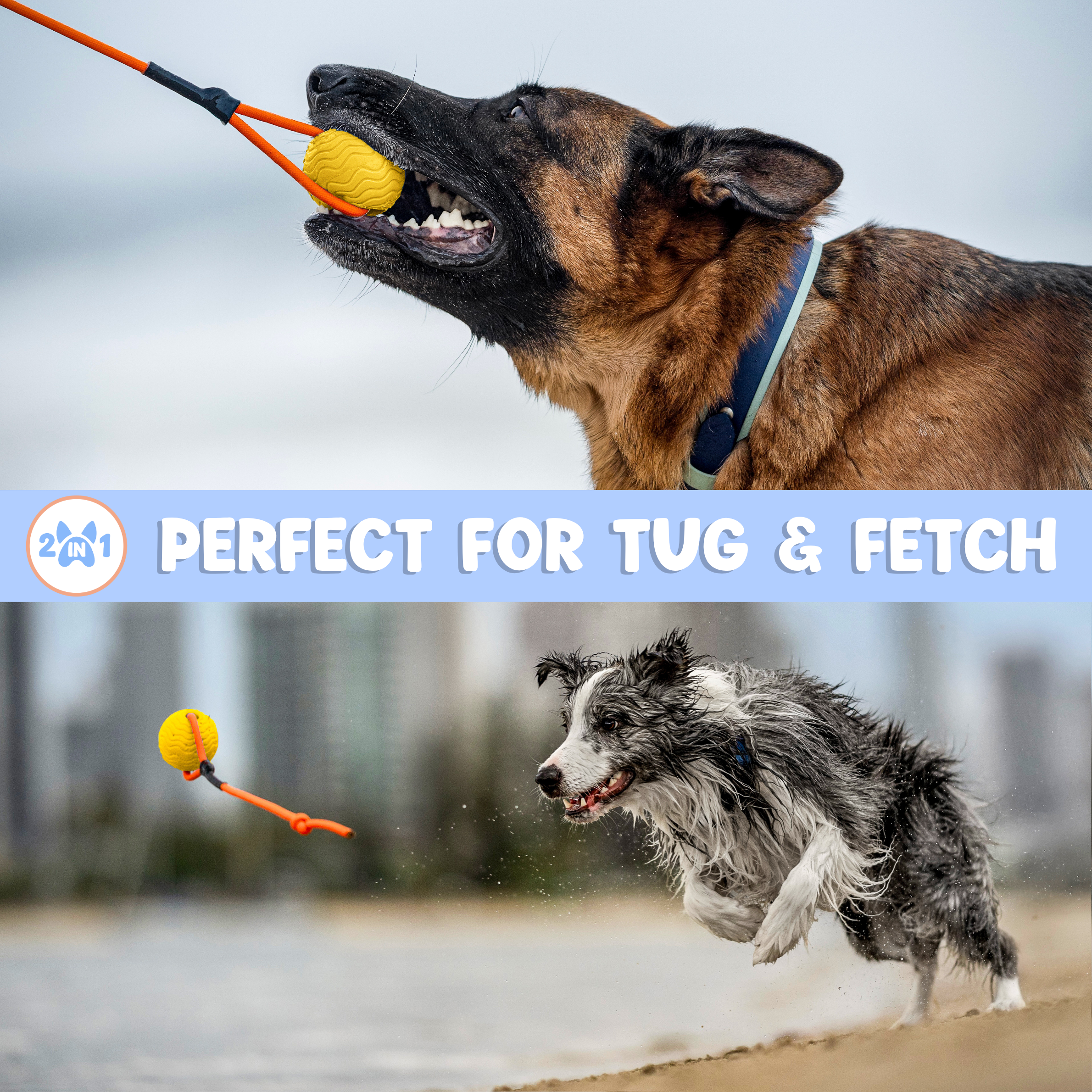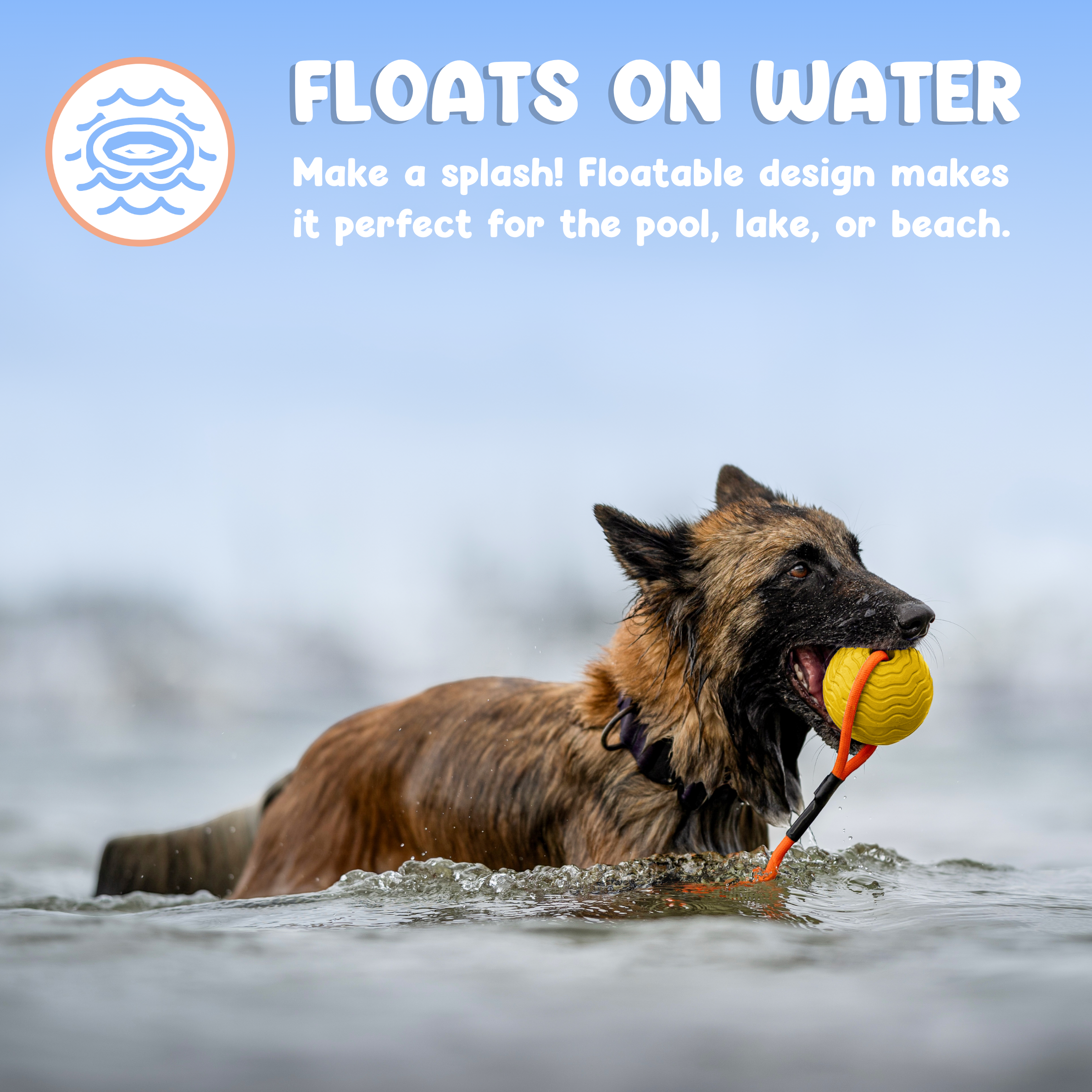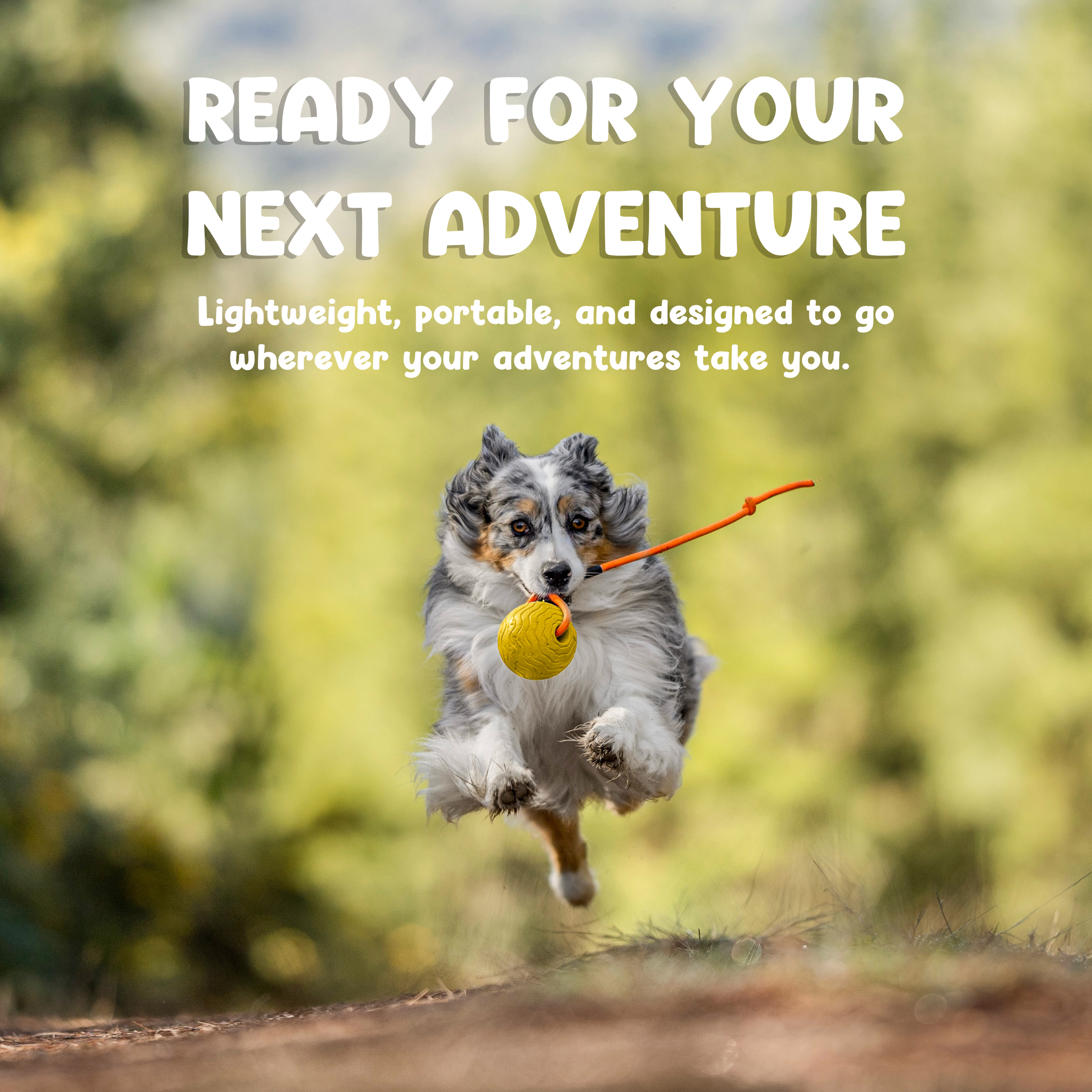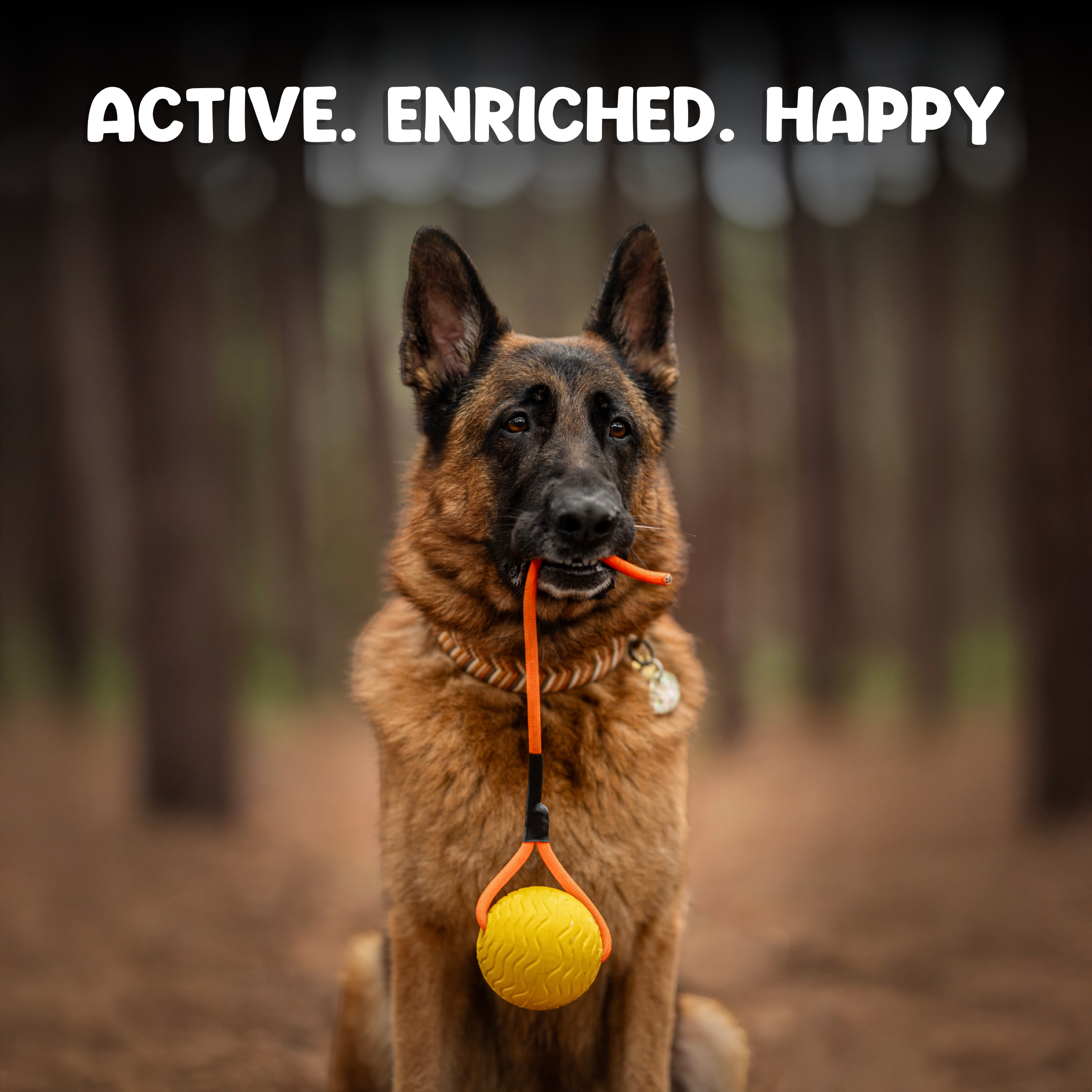Building a Well-Rounded Canine Companion: 5 Essential Daily Dog Training Exercises

Prioritising the key pillars of your dog's training is essential, as establishing rules and boundaries is a fundamental aspect of cultivating a successful relationship where your dog views you as their leader. Consistently practicing these structured exercises with your dog help you create an ideal canine companion and ultimately, a much stronger and happier relationship.
1. Threshold Manners: Teaching Impulse-Control
Threshold manners can easily be overlooked by pet owners, but it is a fundamental in shaping a well-behaved dog with high impulse control which translates in different areas of training. Training your dog to wait patiently at any threshold to a new environment, whether it's a front door, car door, or gate, can prevent impulsive behaviours and potentially save your dog (and others) from a dangerous situation.
Here's how to work on this:
- Start Slow: Begin with a leash and some treats. Approach the threshold and reward your dog for offering any focus on you.
- Open the gate: If your dog tries to go through, use your leash to stop them
- Reward Patience If your dog remains in place and focused on you, reward them with a treat.
- Repeat and Increase Difficulty: Practice this exercise regularly to proof the behaviour, practicing with different thresholds, gradually increasing the time your dog needs to wait before crossing the threshold and external distractions.
Don't forget - being calm and consistent with this exercise is key!
2. Crate Training: Creating a Safe Space
Crate training provides dogs with a secure and comfortable space, reducing anxiety and promoting relaxation. Scientific research has demonstrated the positive effects of crate training on a dog's psychological well-being, showing that crate training can lead to reduced cortisol levels, the stress hormone, in dogs. A well-introduced and well-maintained crate can serve as a sanctuary where your dog can settle and decompress when feeling overwhelmed or anxious.
Crate training is an integral management tool for ALL dogs. At some point or another, every will be crated - whether it be at the vet, while travelling, or in the event of a natural disaster - crate training is necessary to teach your dog to be comfortable in a crate. Once crate trained, it's up to you how you would like to use the crate in your routines, if at all.
Here's how to make crate training a positive experience:
- Gradual Introduction: Start by introducing your dog to the crate slowly, allowing them to explore it at their own pace. Avoid forcing them to interact with it.
- Positive Associations: Use meals, treats, chews, and toys to create a positive association with the crate.
- Incremental Time: Gradually increase the amount of time your dog spends in the crate, always making it a pleasant experience.
3. Hand Feeding
Hand feeding is a fantastic way to build a stronger bond with your dog and get them working for their food. Here's how to do it:
- Put their daily food portion into your treat pouch: Use this food throughout the day for all of your training sessions or anytime you want to reinforce behaviours that you want to encourage (e.g. lying calmly).
- Remaining food in food bowl: at the end of the day, if there is any remaining food
4. Biological Fulfilment: Meeting Your Dog's Needs
Dogs have innate needs for breed specific mental and physical stimulation to promote a sense of well-being and maintain a balanced state of mind. Neglecting these needs can lead to the development of unwanted behaviours. This goes beyond just a walk around the block of a 5km run - it's important to incorporate all three types of canine exercises into each day to ensure you maintain a happy and well-rounded dog. These include:
- Exercise for the mind: Interactive toys to challenge your dog's problem-solving skills, obidence etc.
- Exercise for the body: Walks, runs, swims, fetch, agility etc.
- Exercise for the nose: "Find it" games with food, toys, or odours.
5. Obedience Training
Basic obedience commands are the building blocks of effective communication between you and your dog. These commands serve as a foundation for more advanced training and ensure your dog's safety and responsiveness. Here are some of the core skills to work on consistently:
- Sit: Teach your dog to sit on command, which is a fundamental building block for other commands.
- Stay: Practice the stay command to ensure your dog can remain still when needed, or incorporate an implied stay into your training through markers.
- Break: Use "break" or "release" to let your dog know they are free to move again.
- Heel or Loose Leash Walking: Teach your dog to walk politely on a leash without pulling.
- Recall: A strong recall command to ensure your dog will come to you when called.
- Place: Teach your dog to go to a designated spot and stay there until released.
Consistency is key when working on these exercises. Spend a few minutes each day on each exercise, and be patient with your pup. Remember, training should always be a positive and enjoyable experience for both you and your dog. With time and effort, you'll have a well-rounded and well-behaved canine companion who enriches your life in countless ways.


